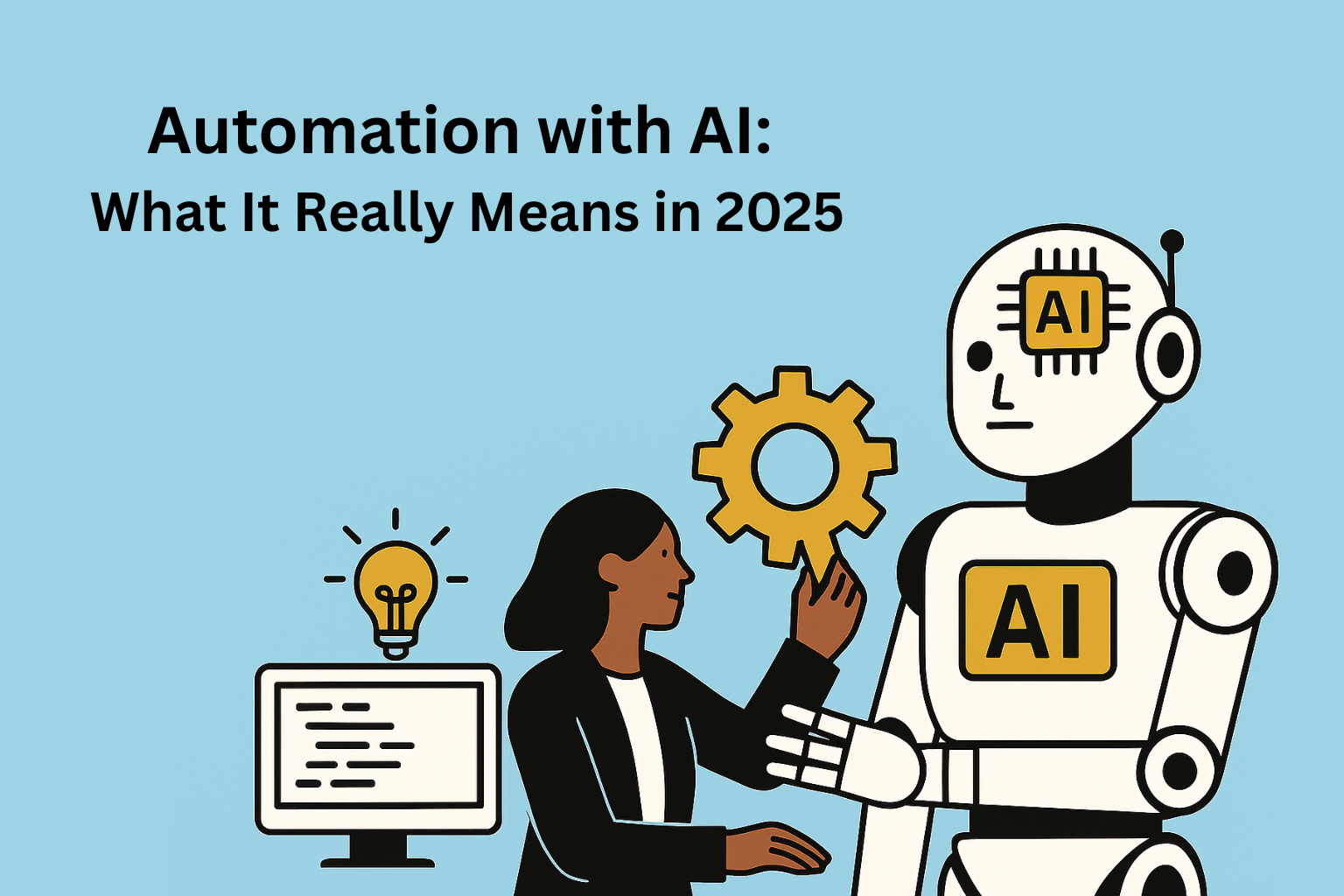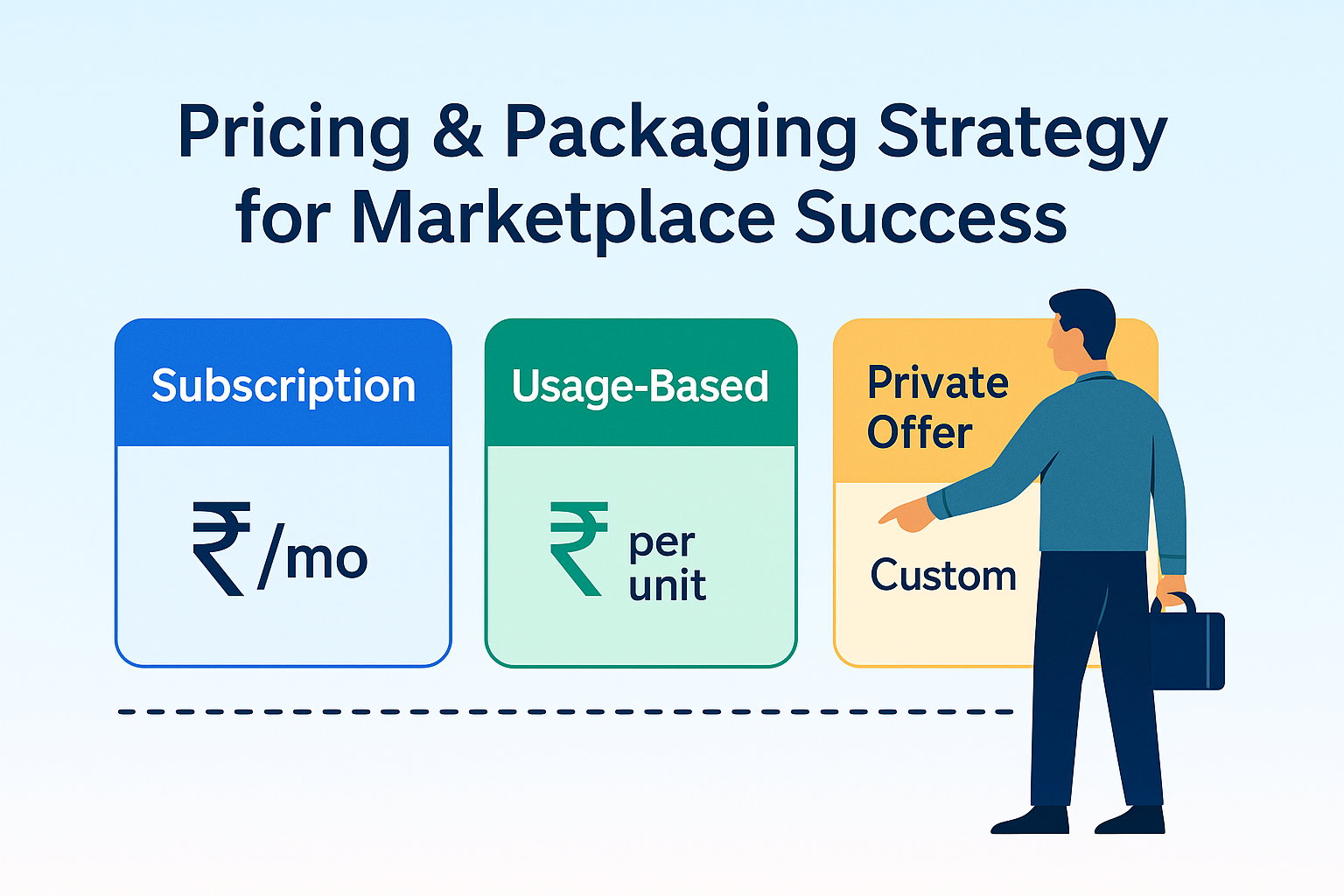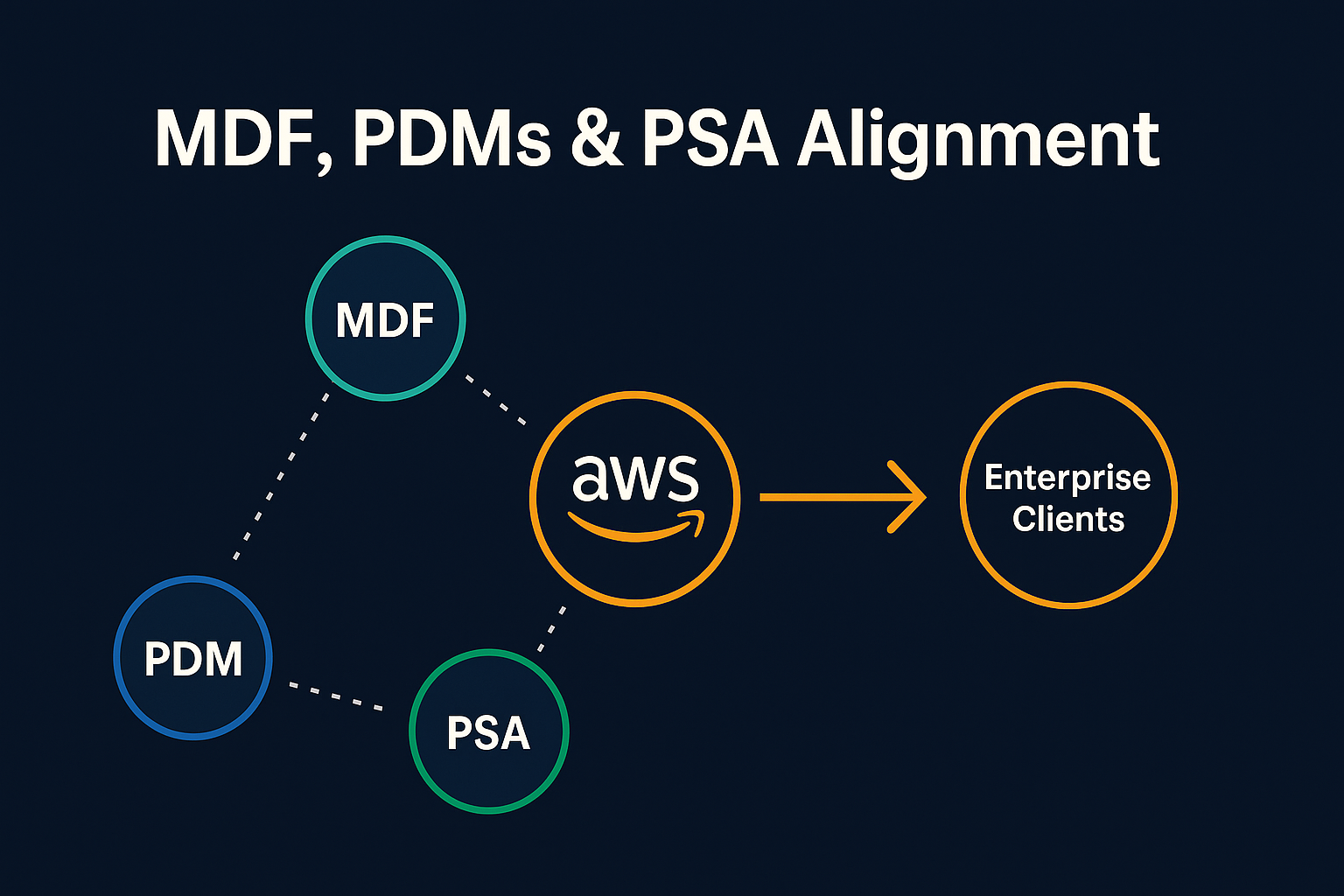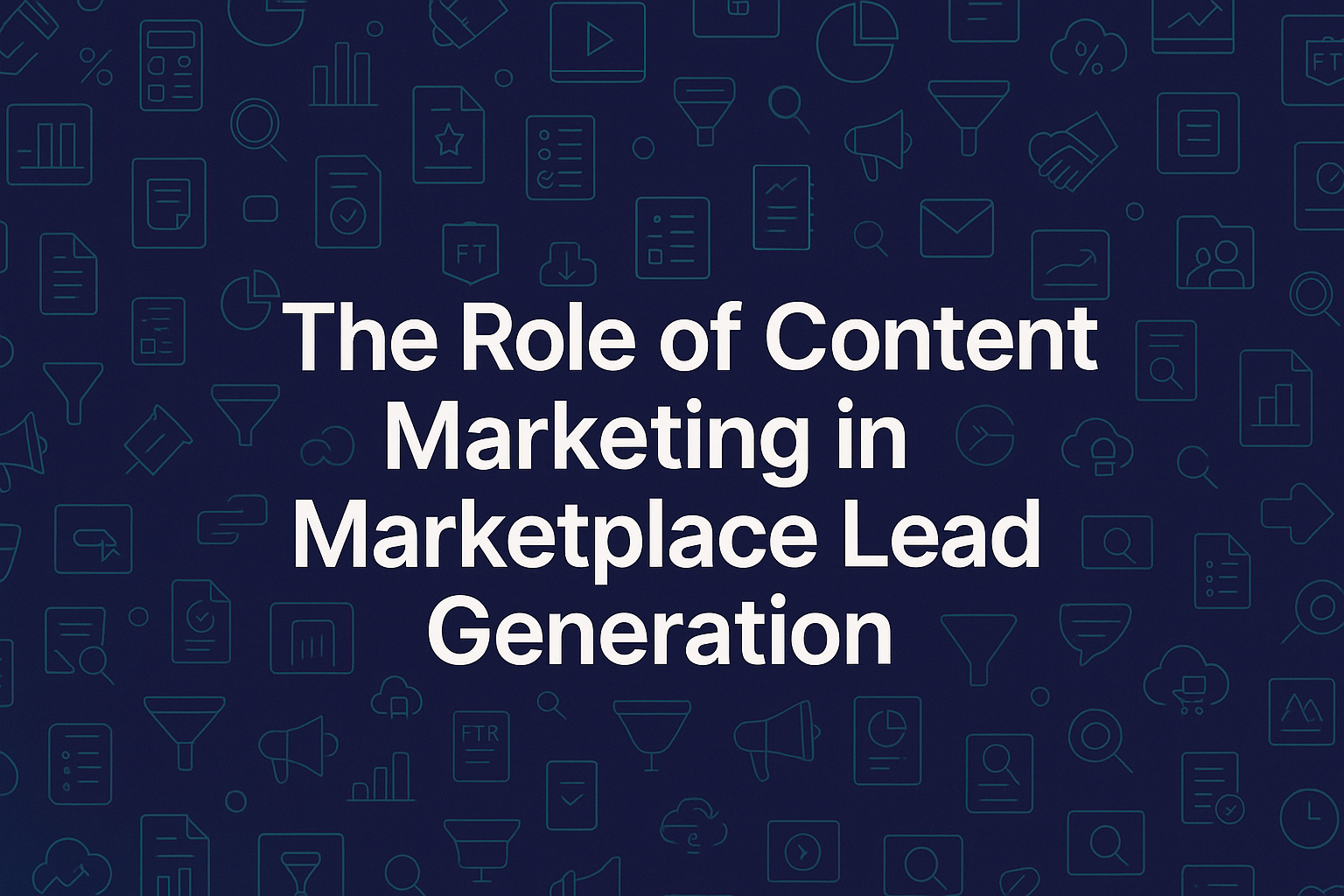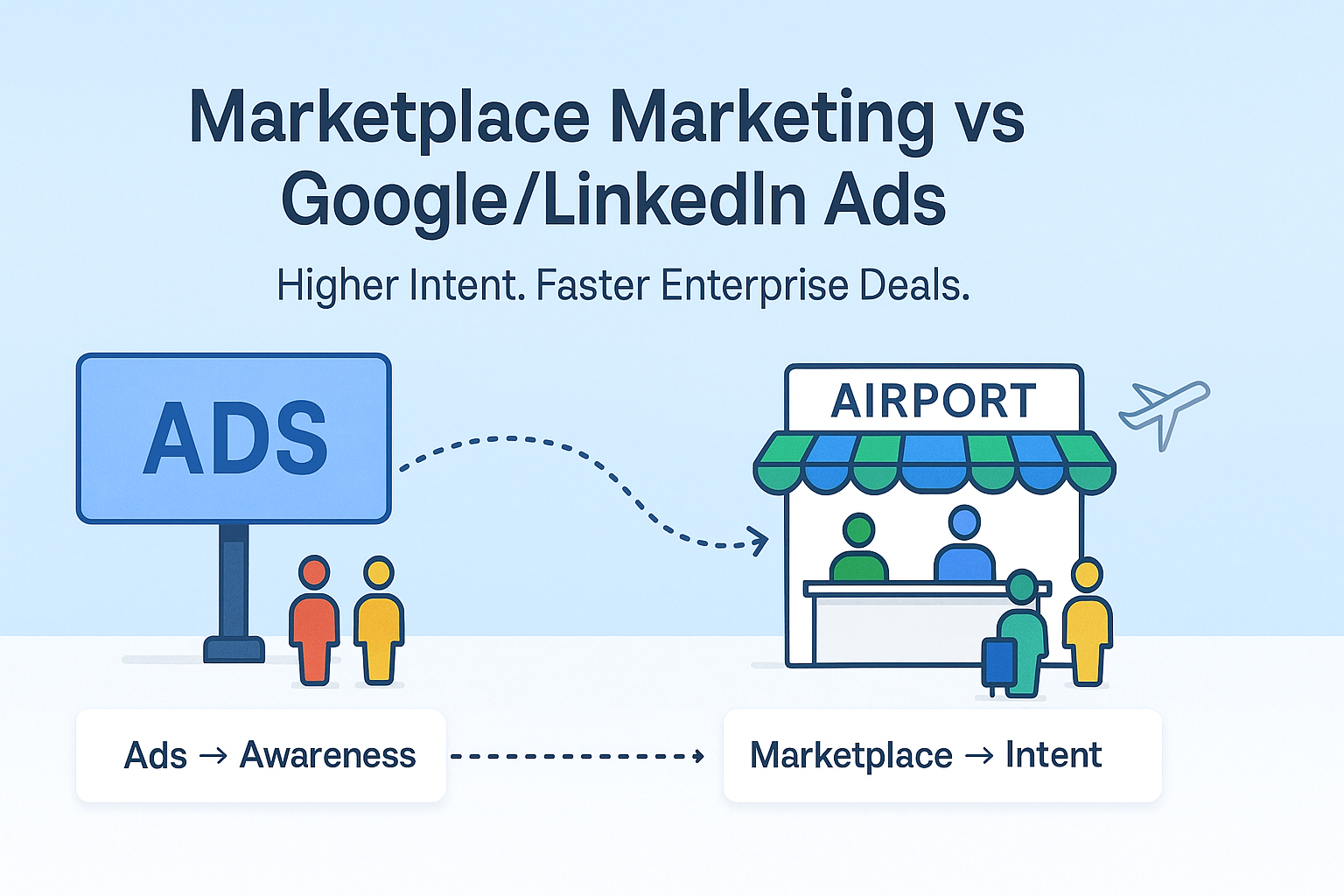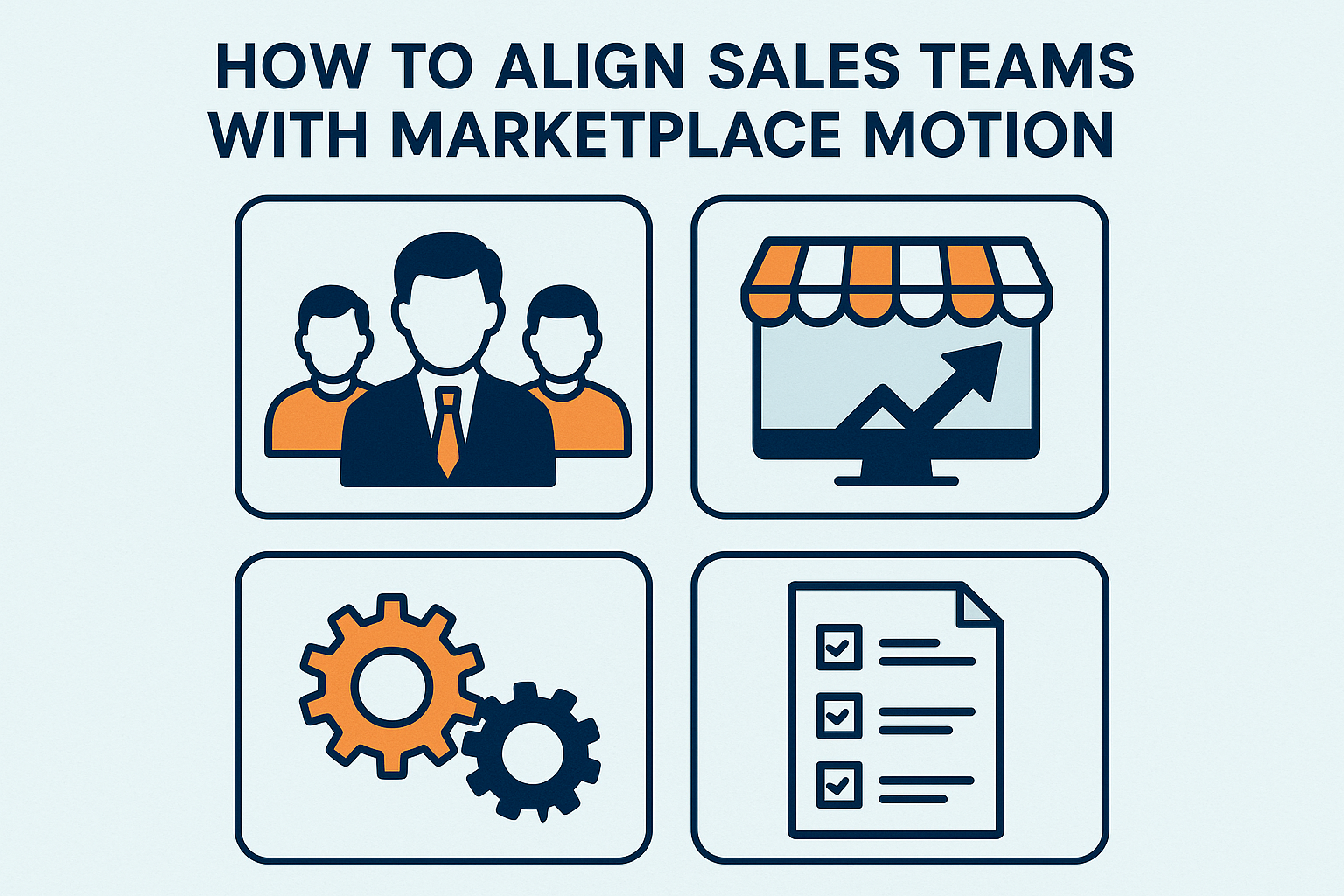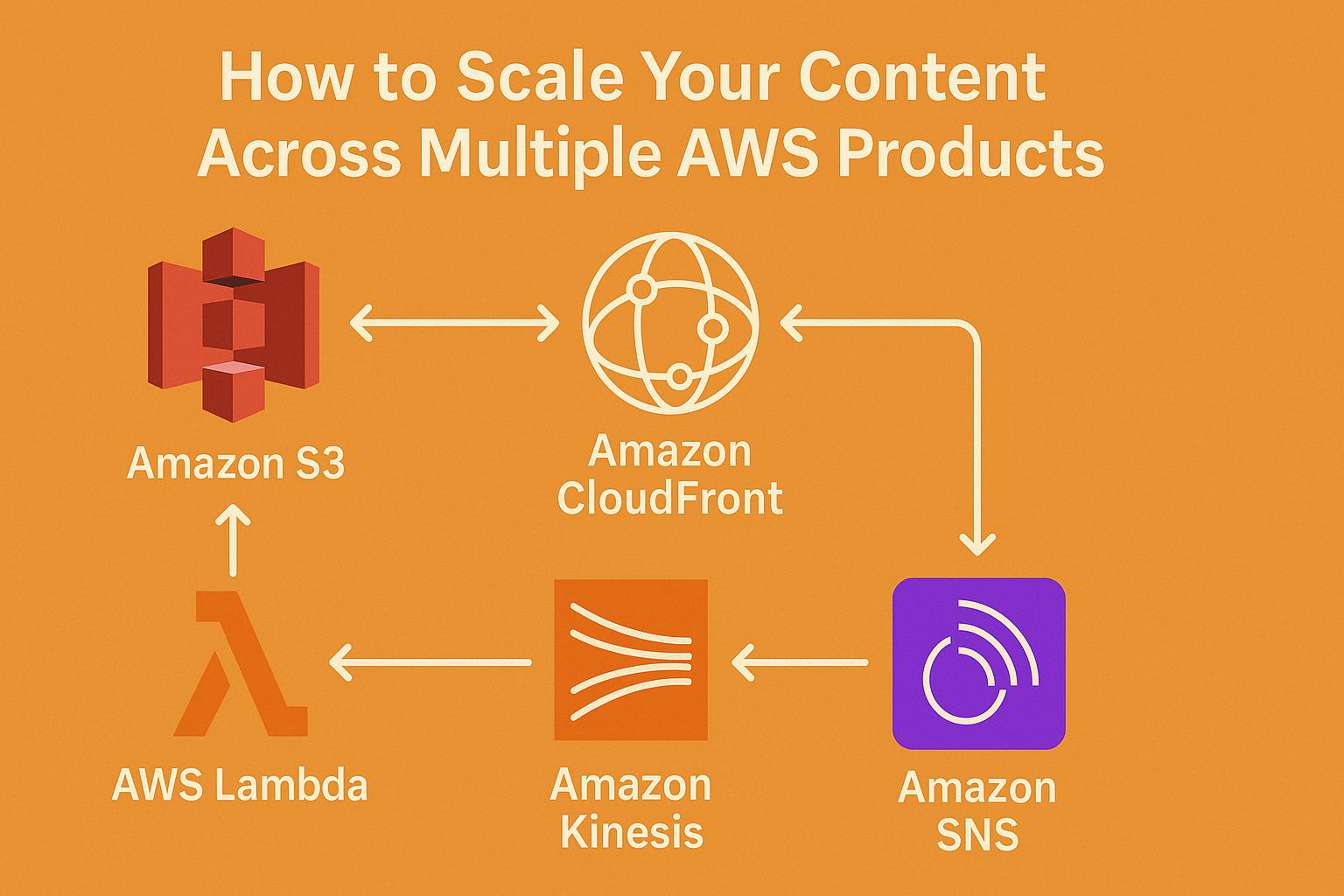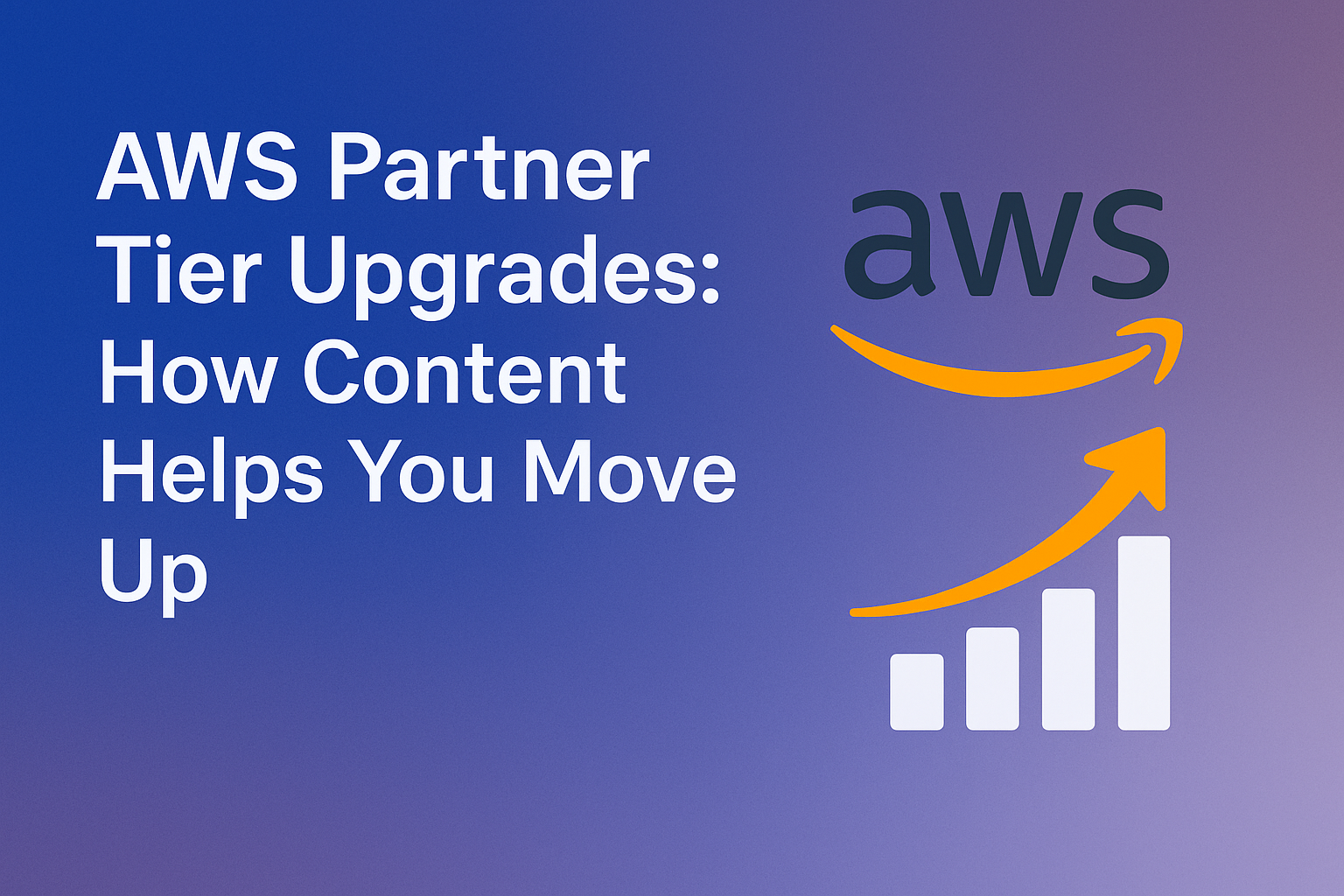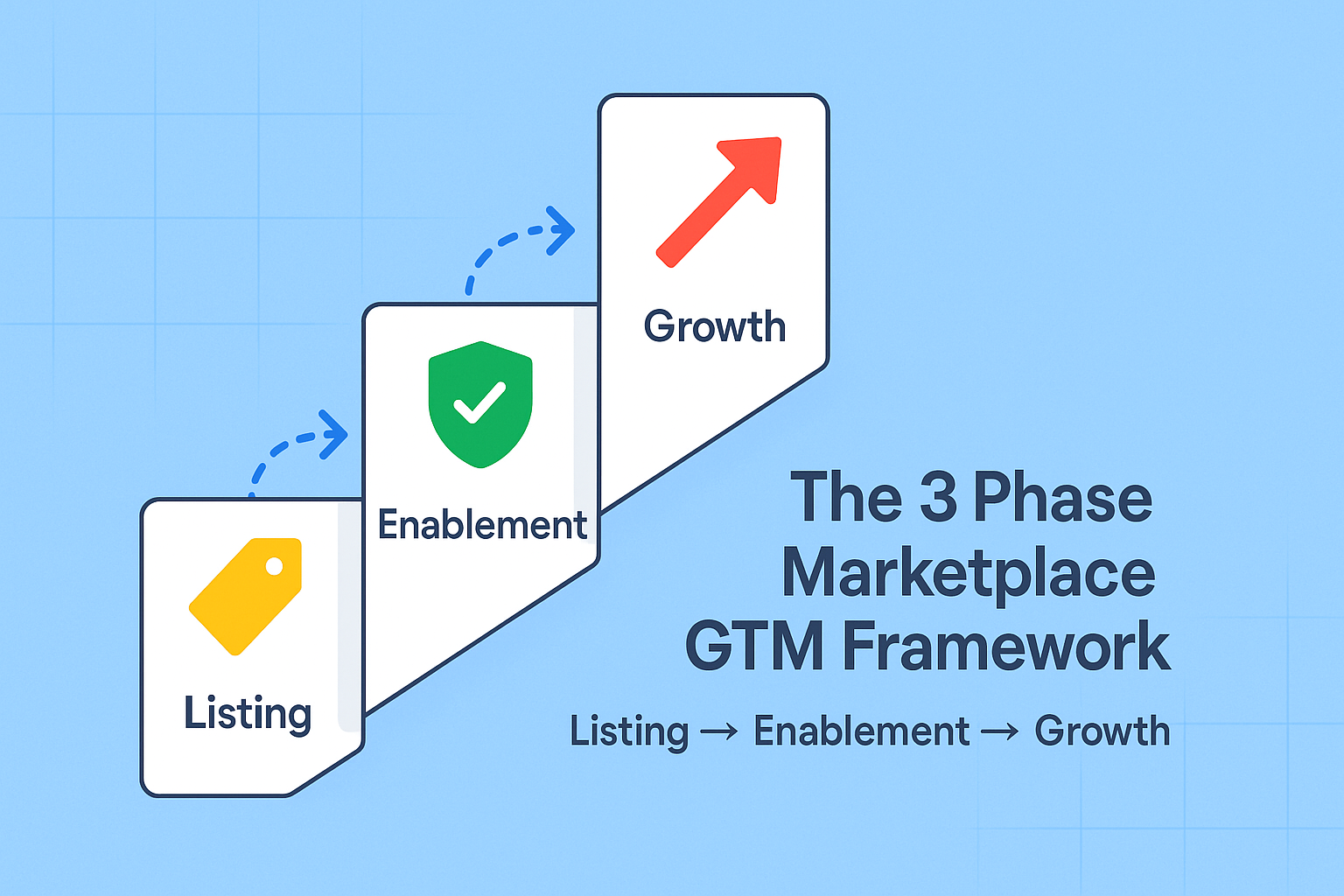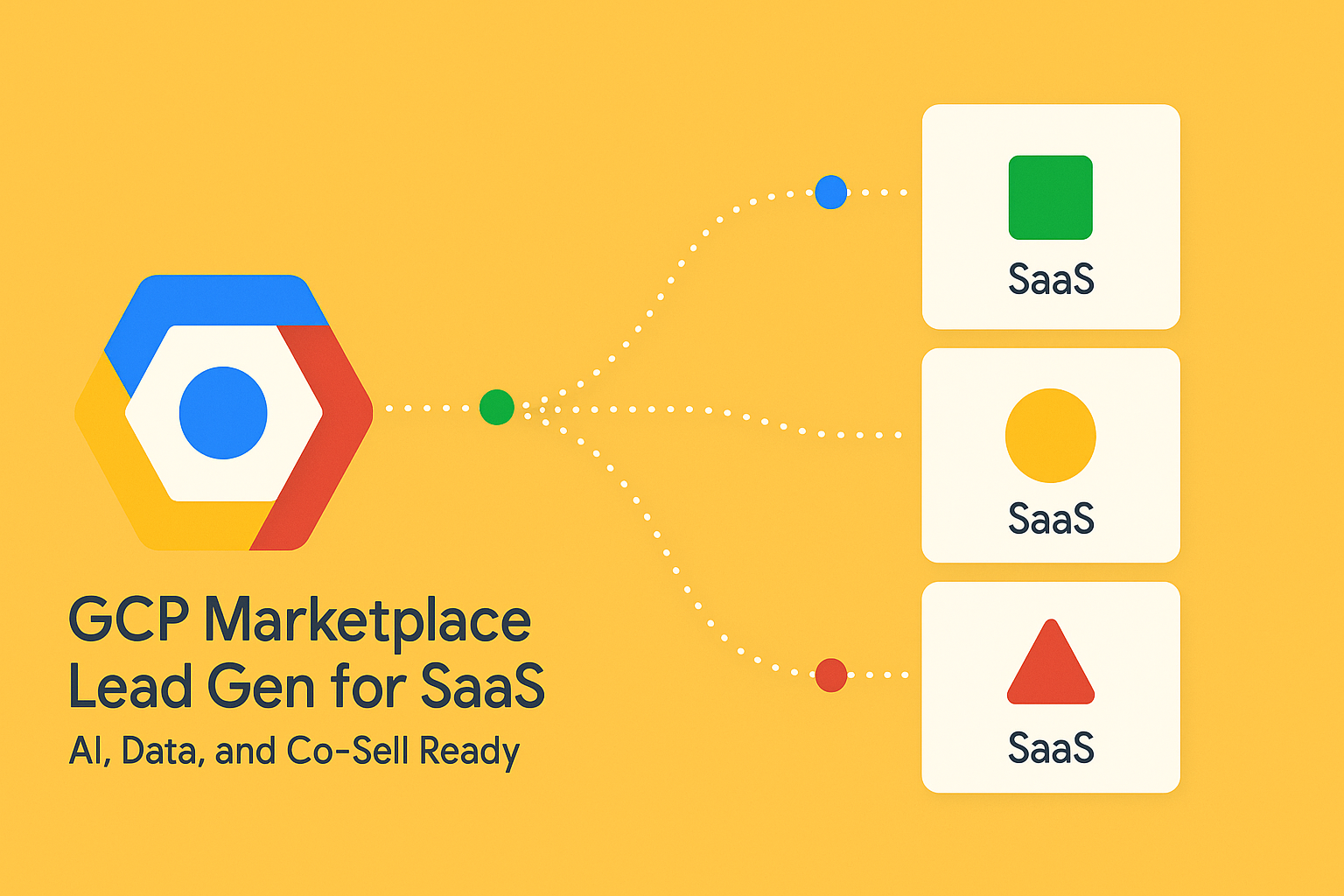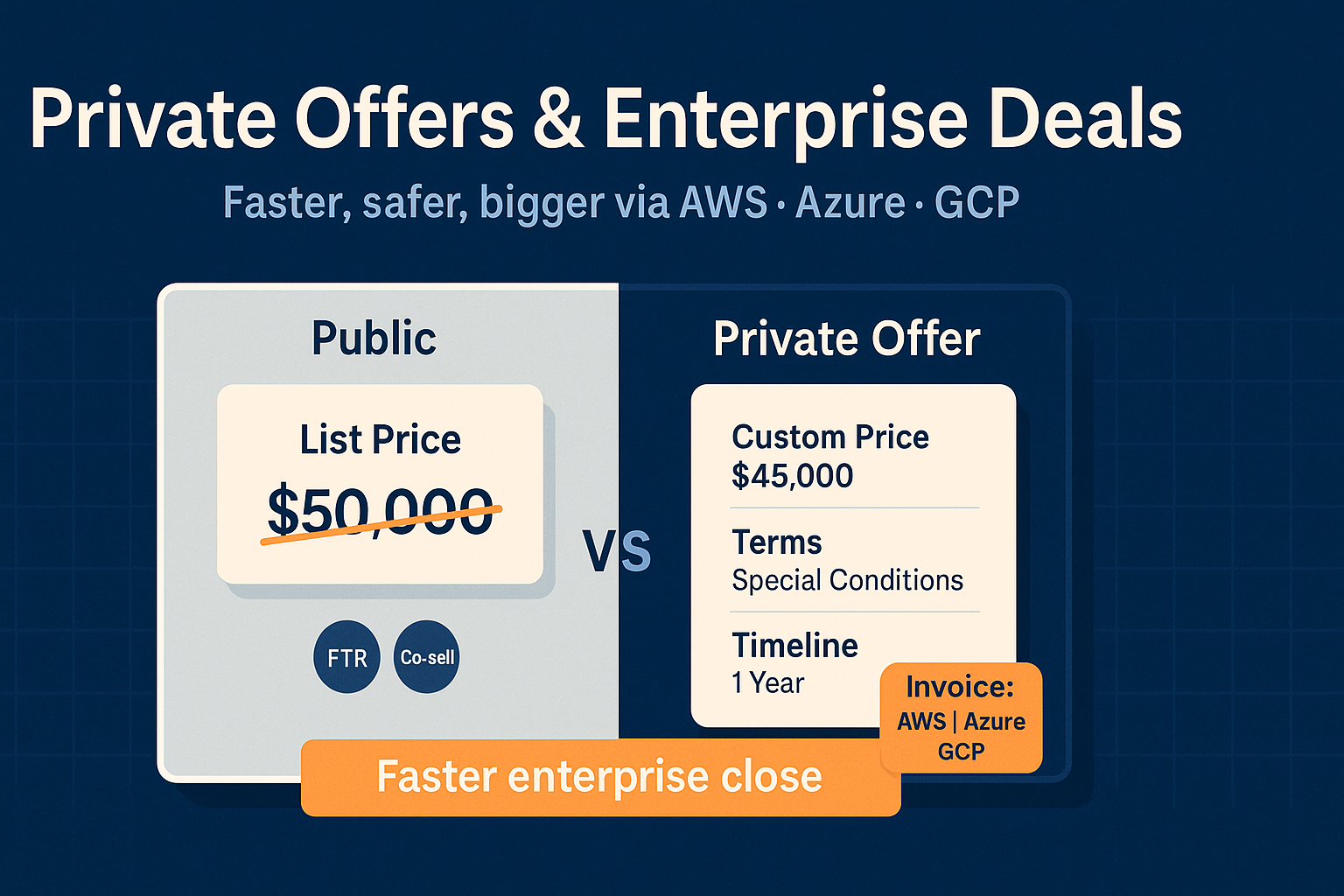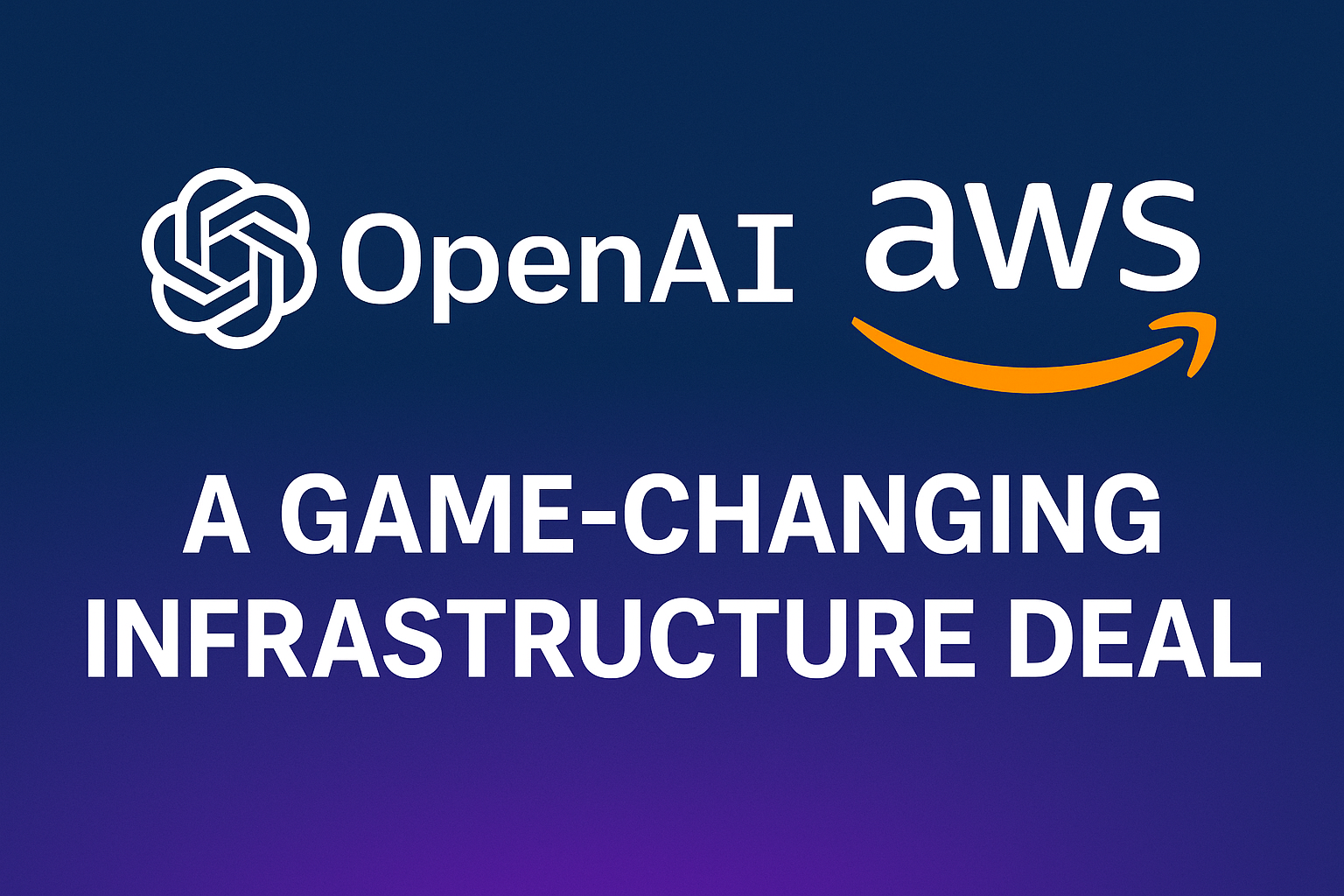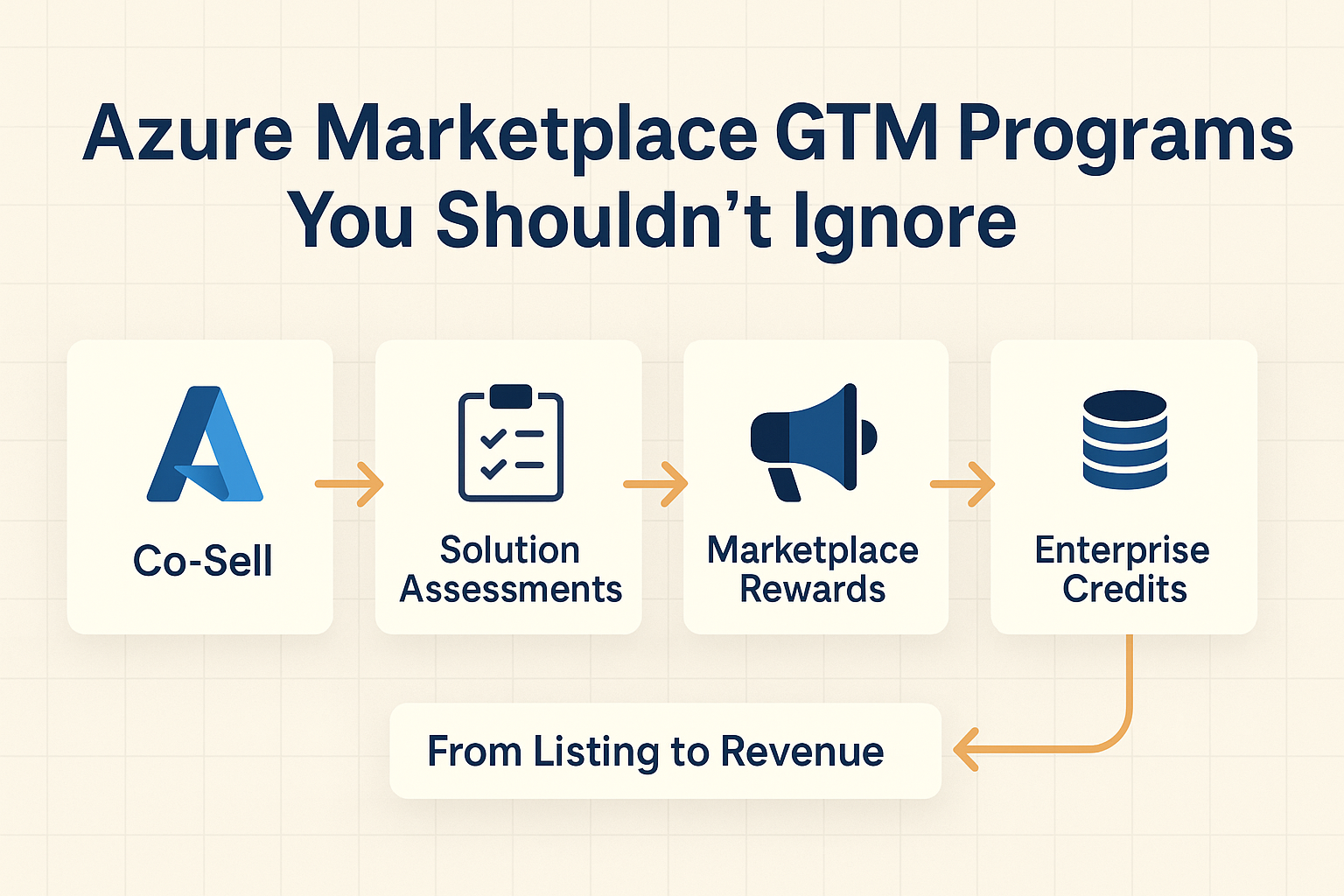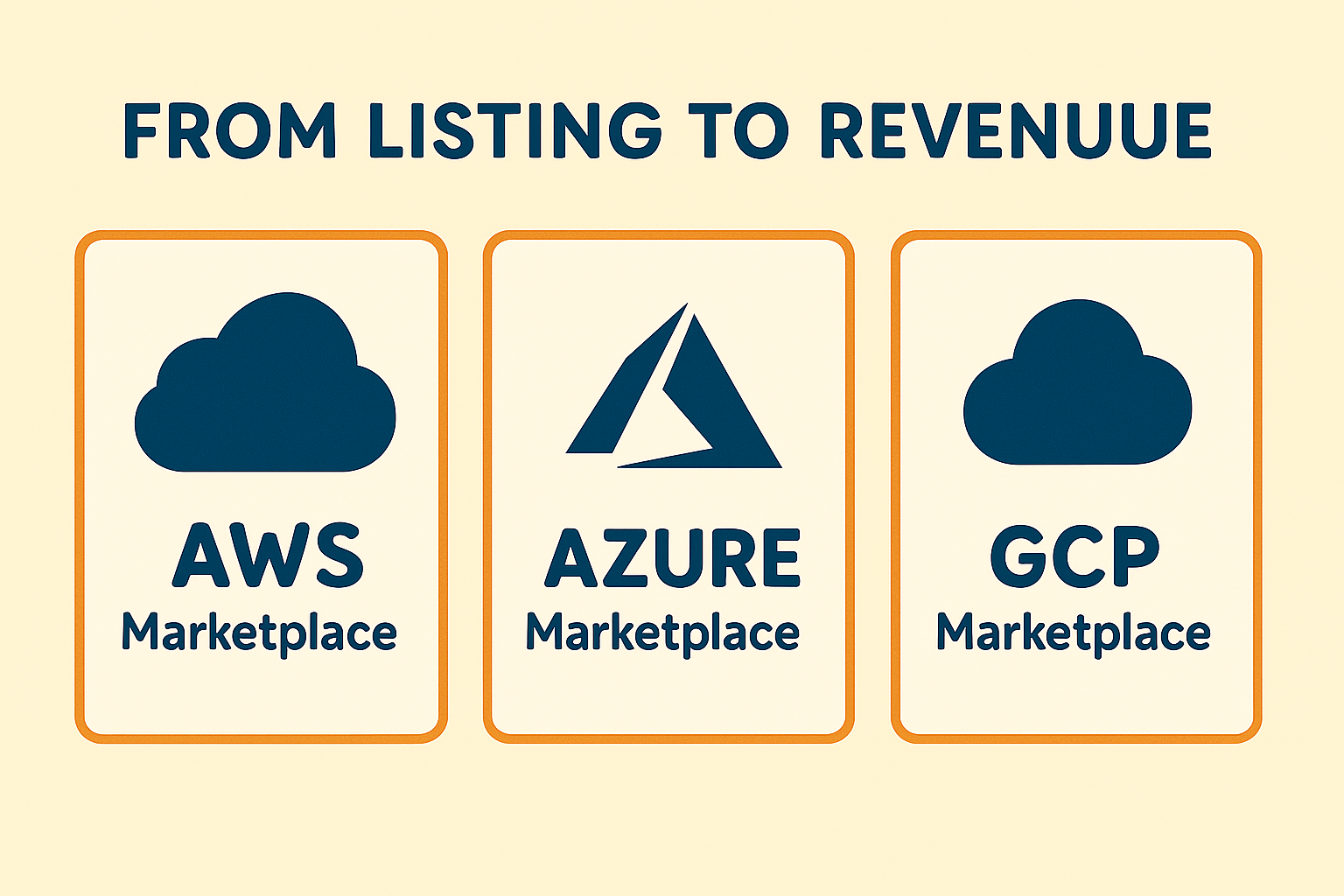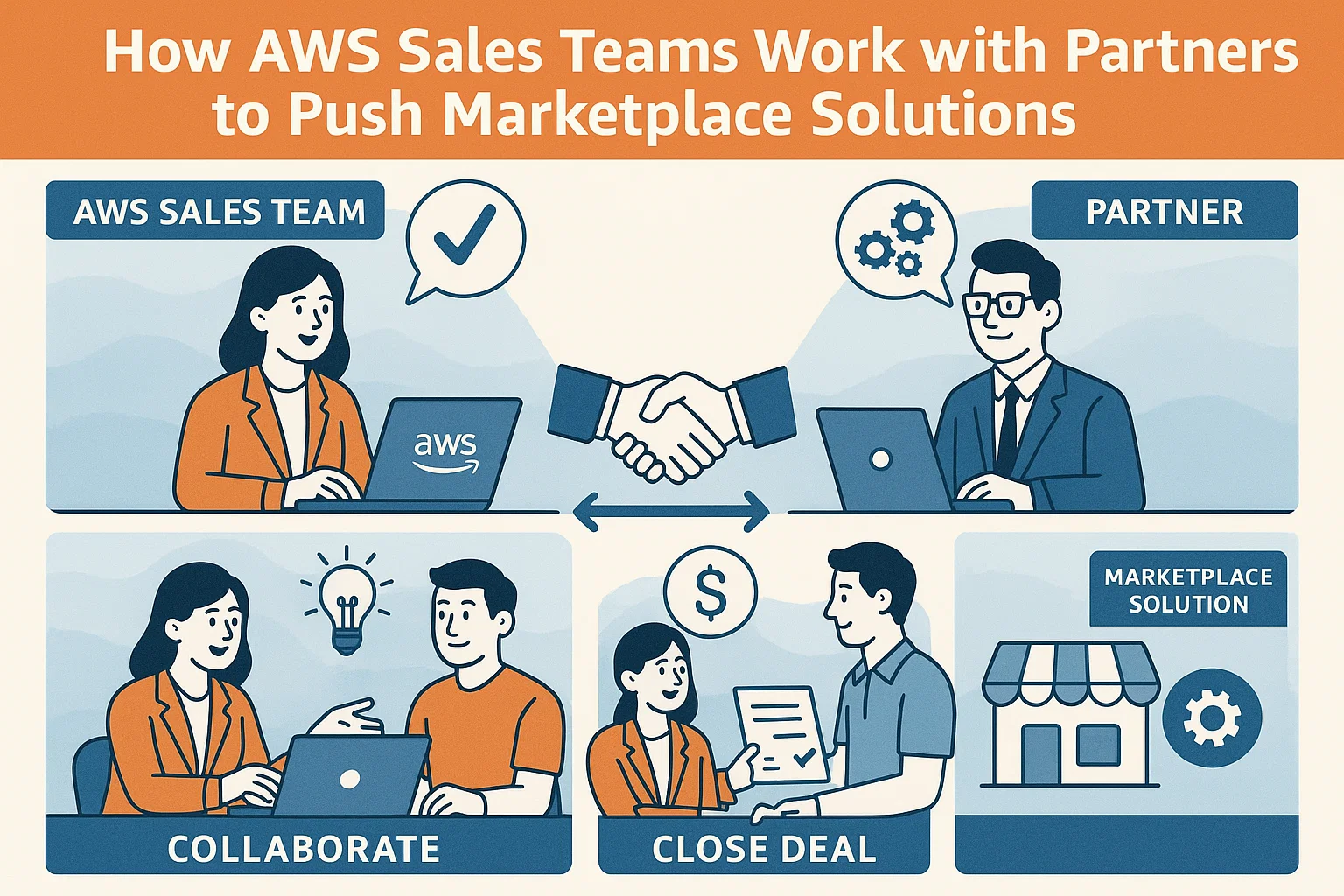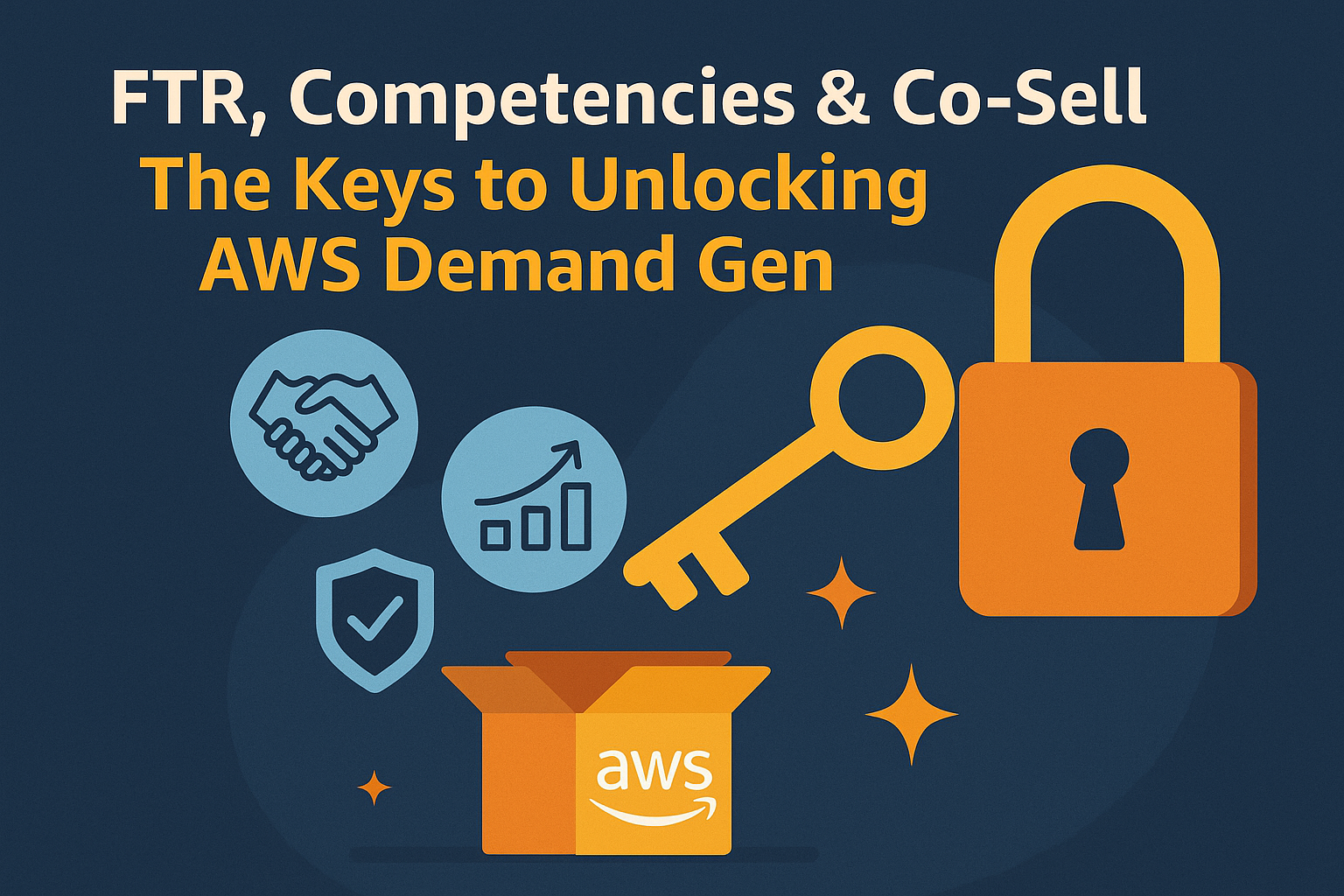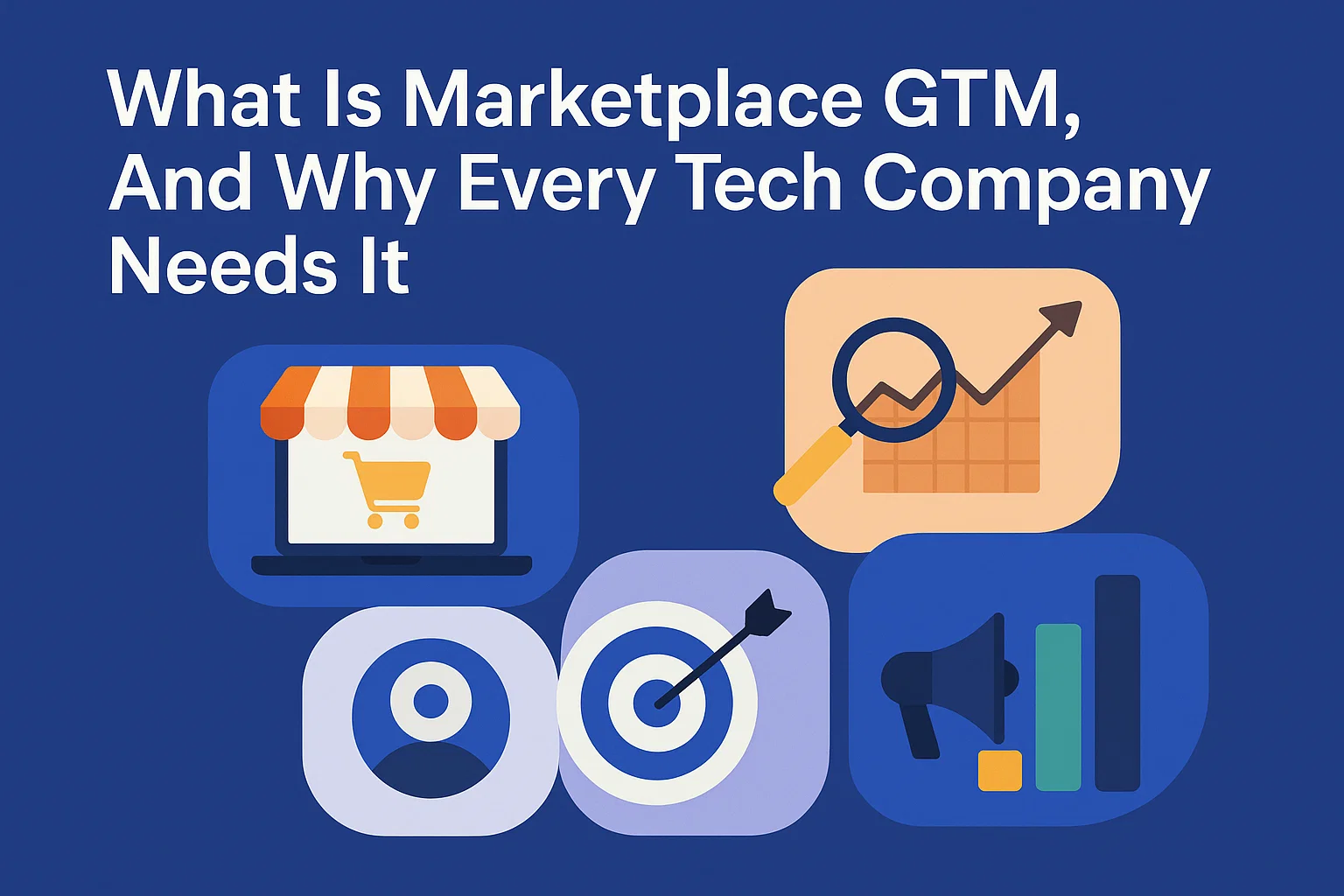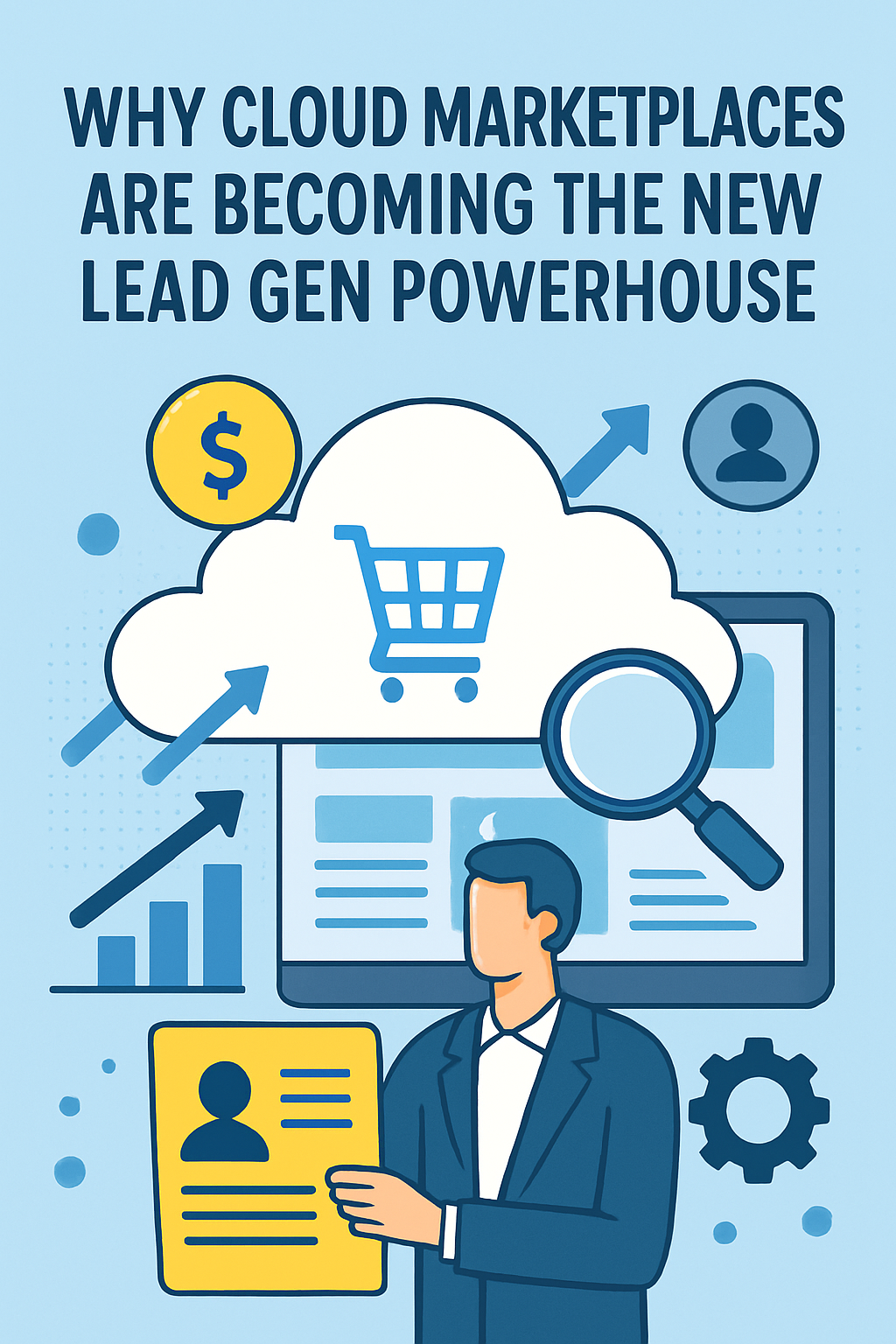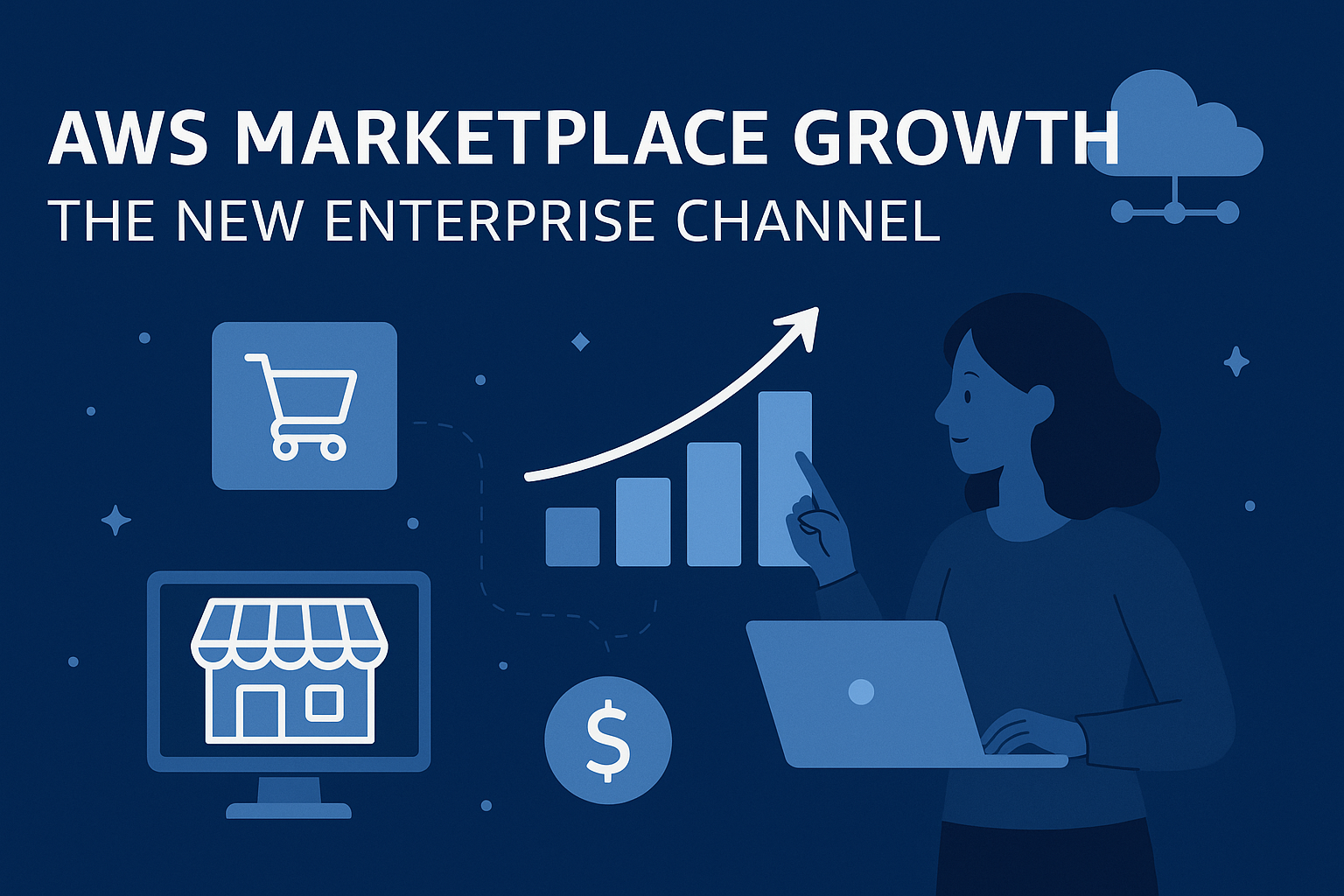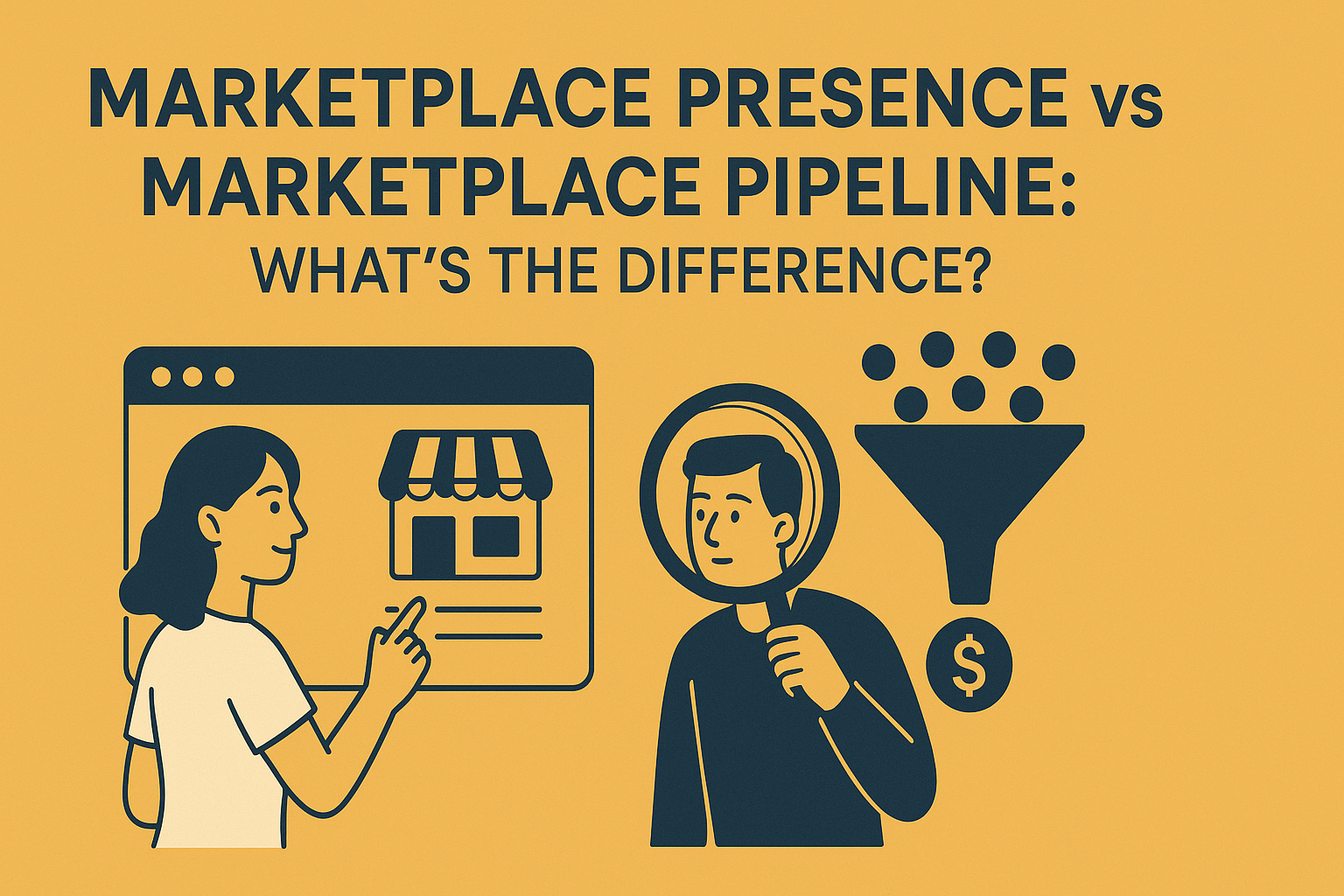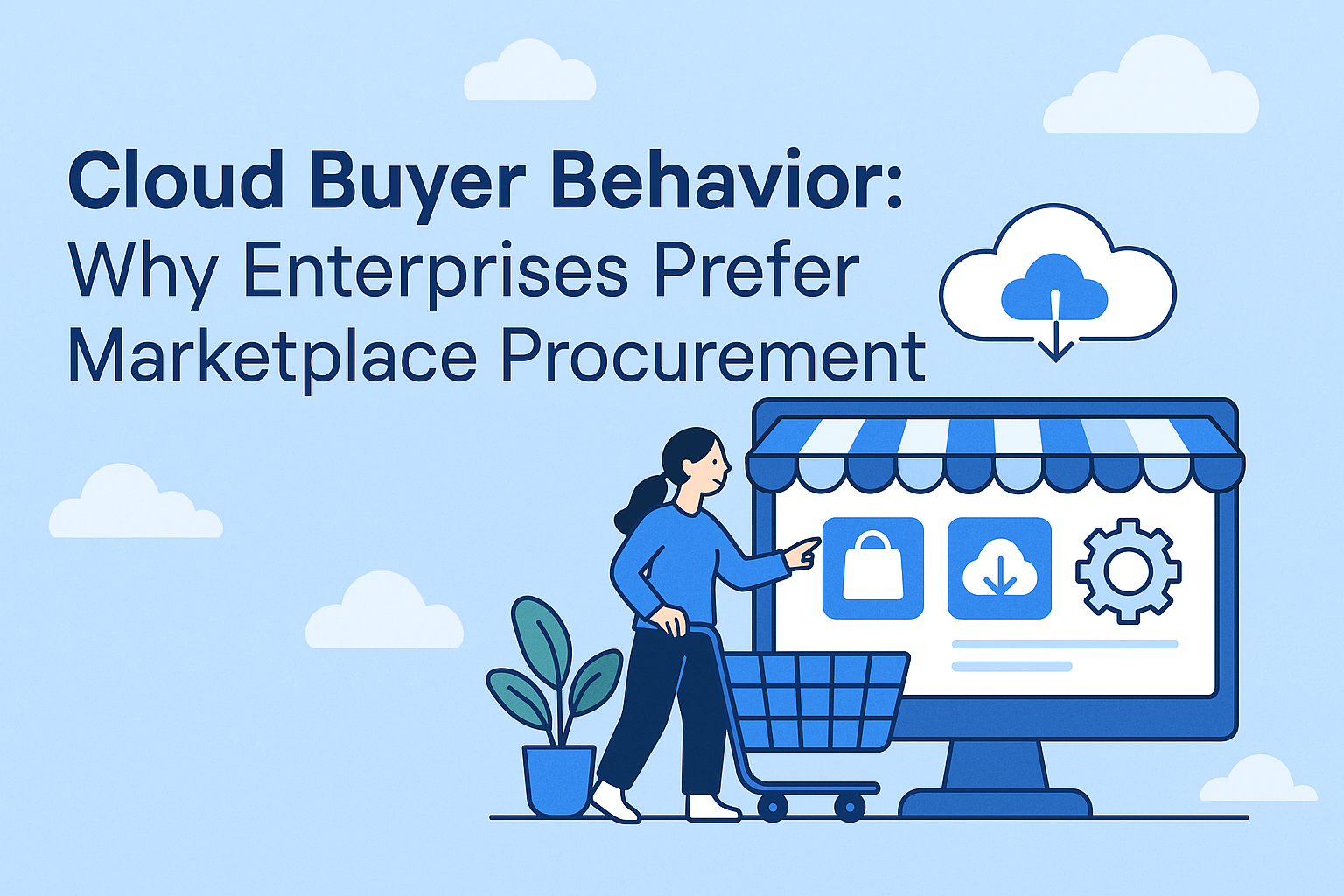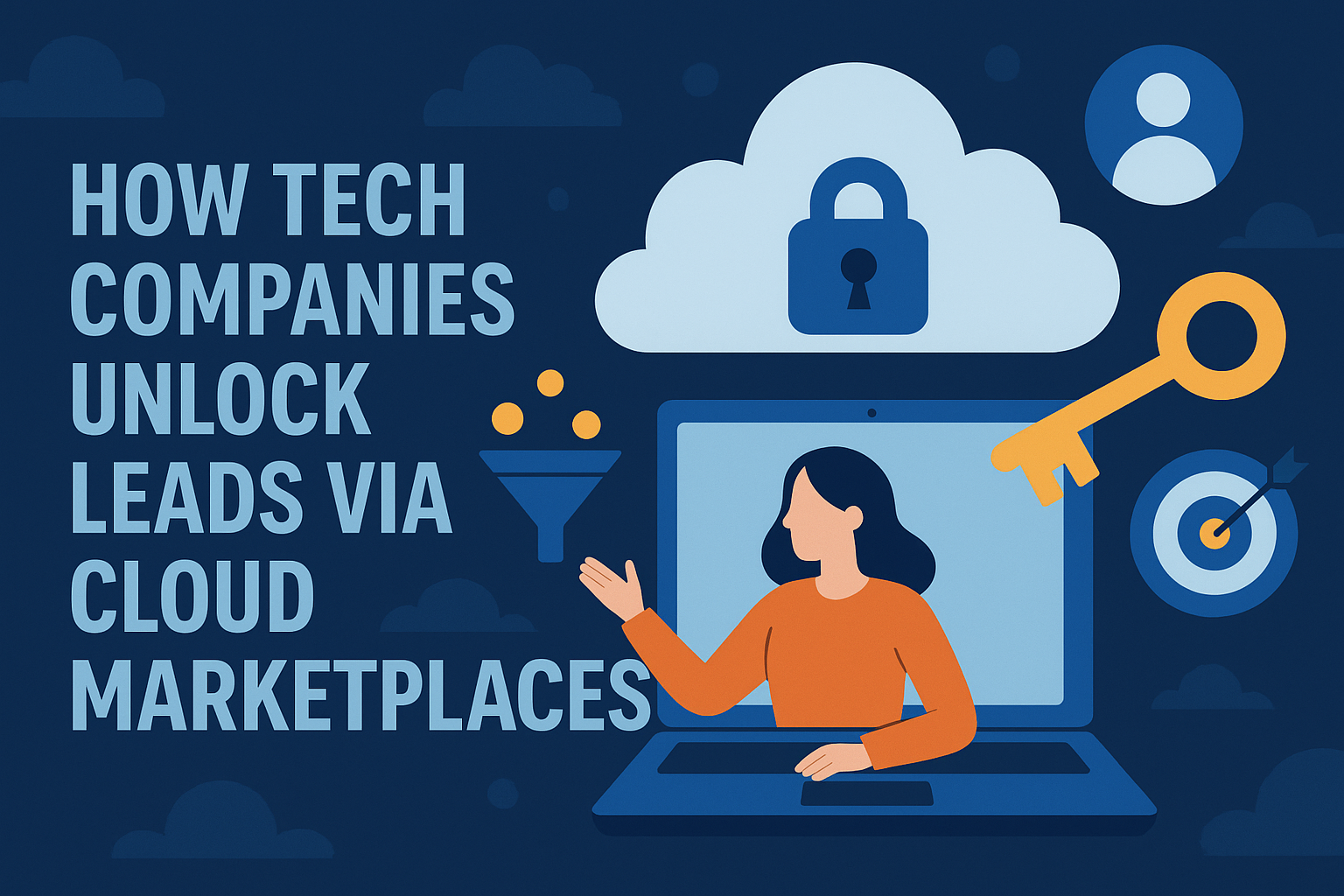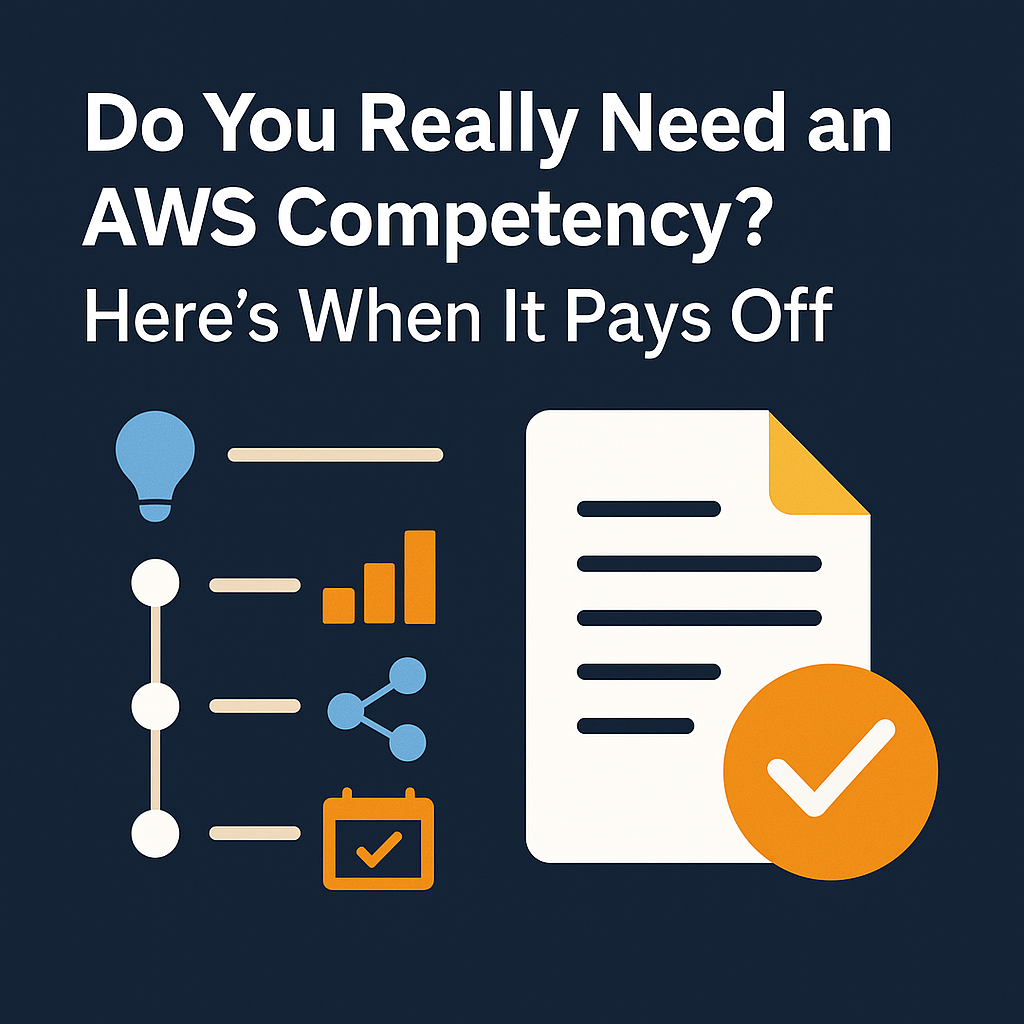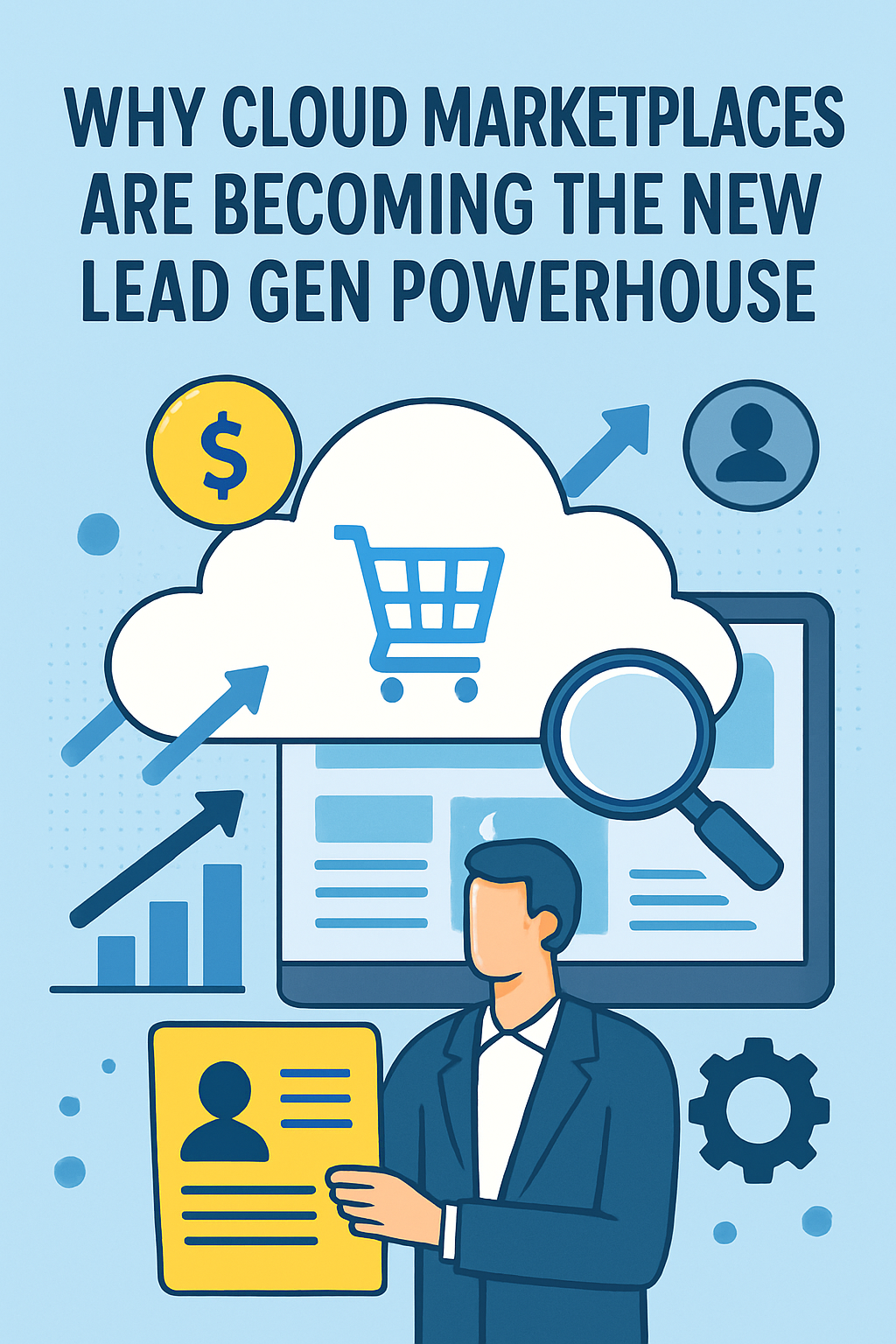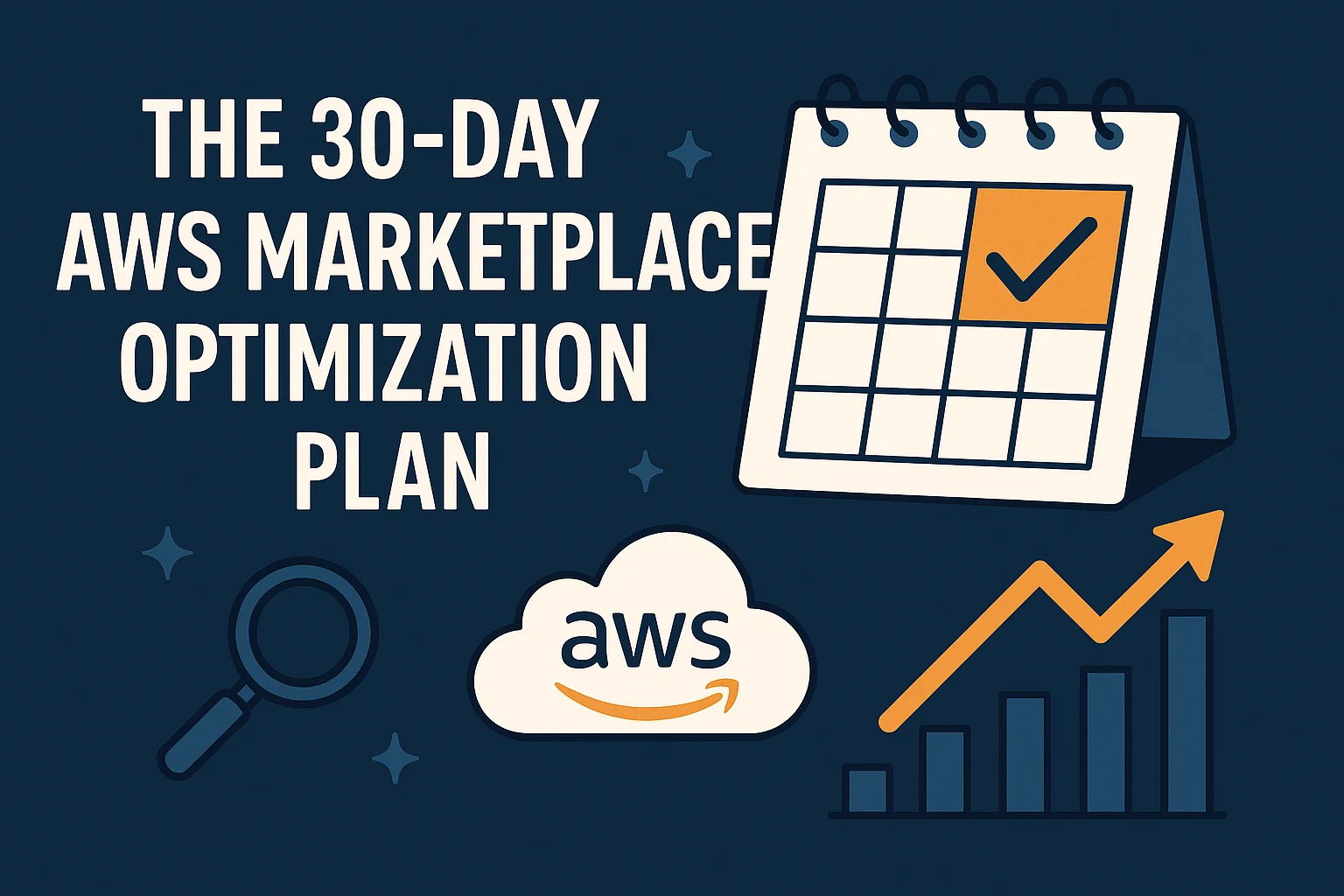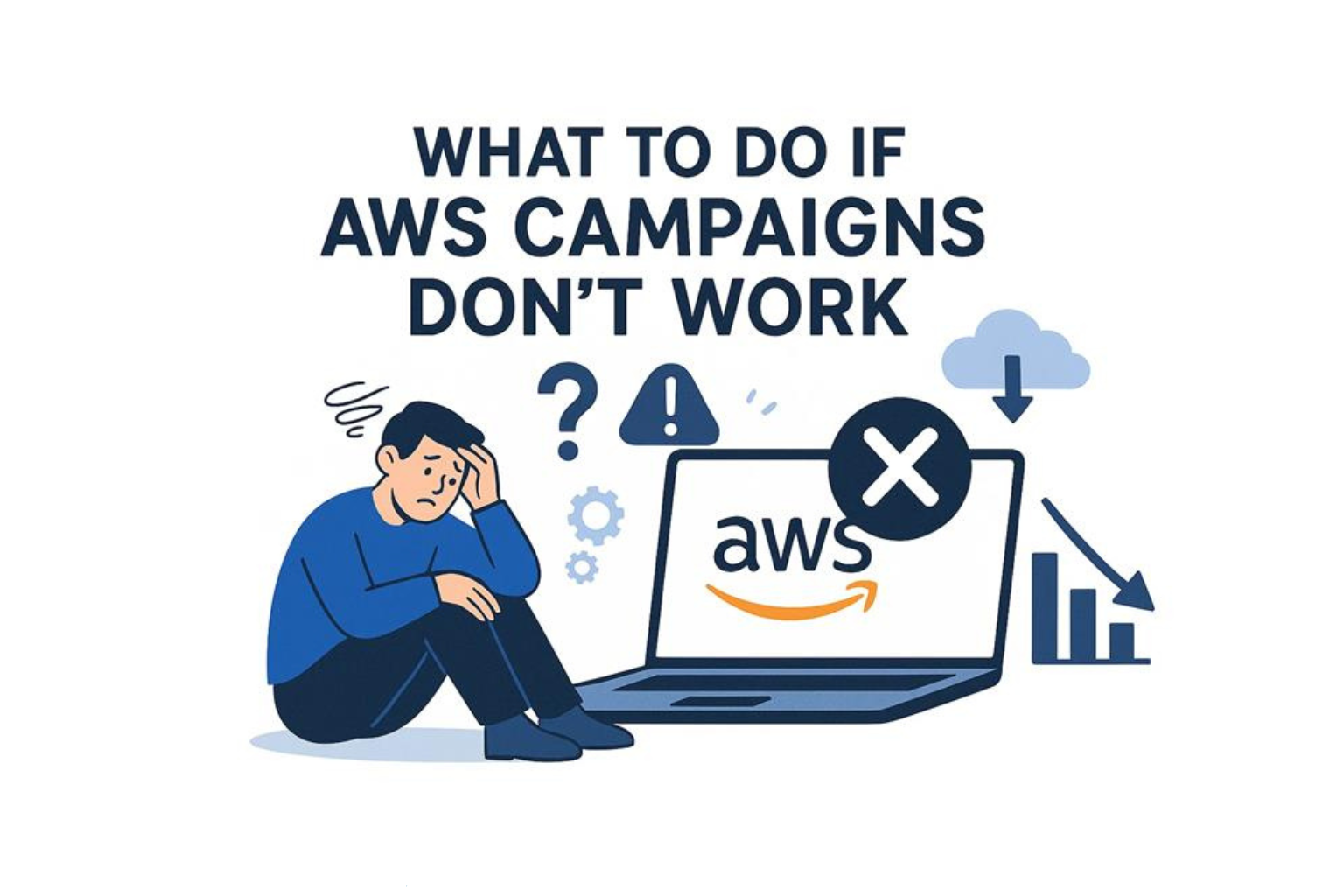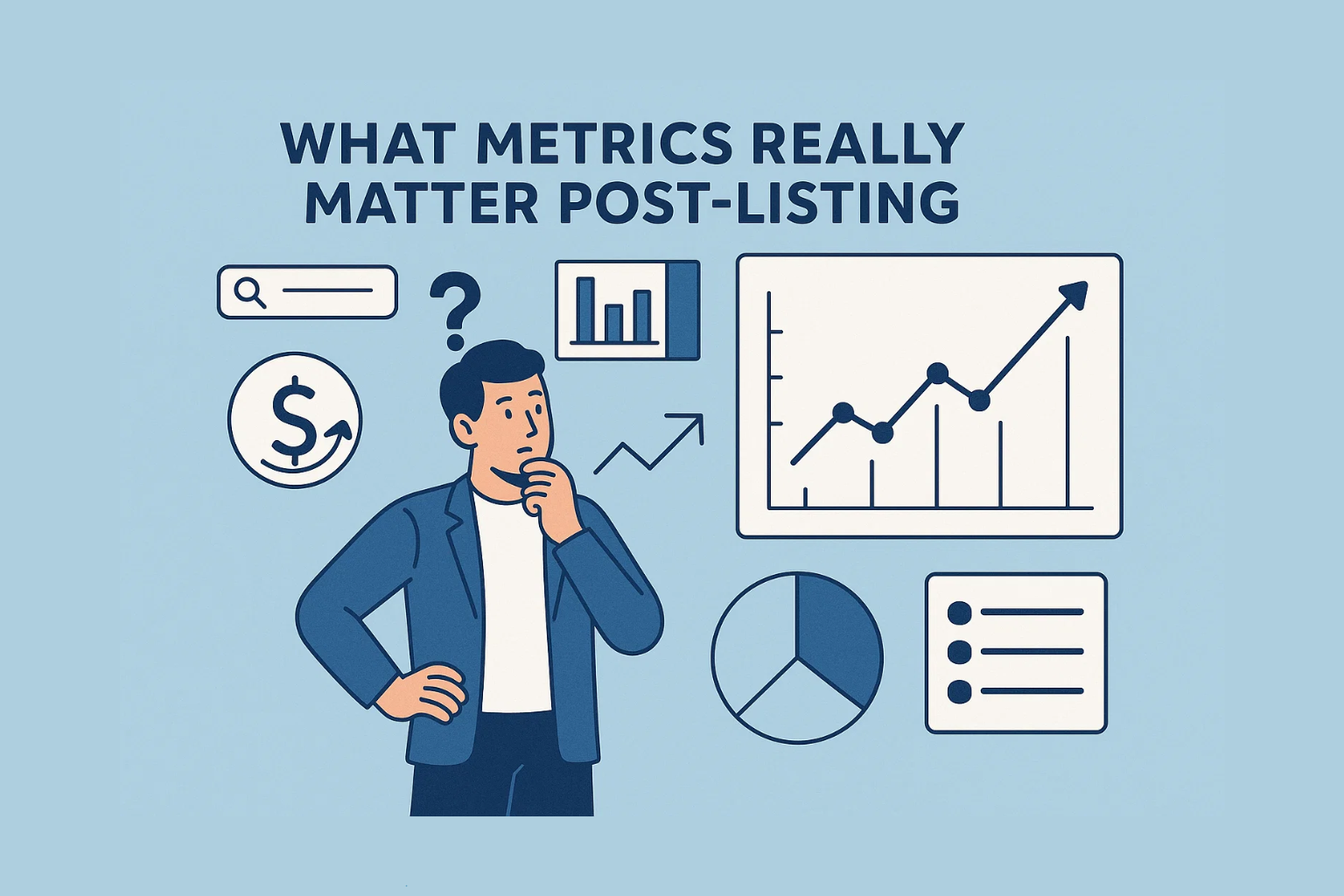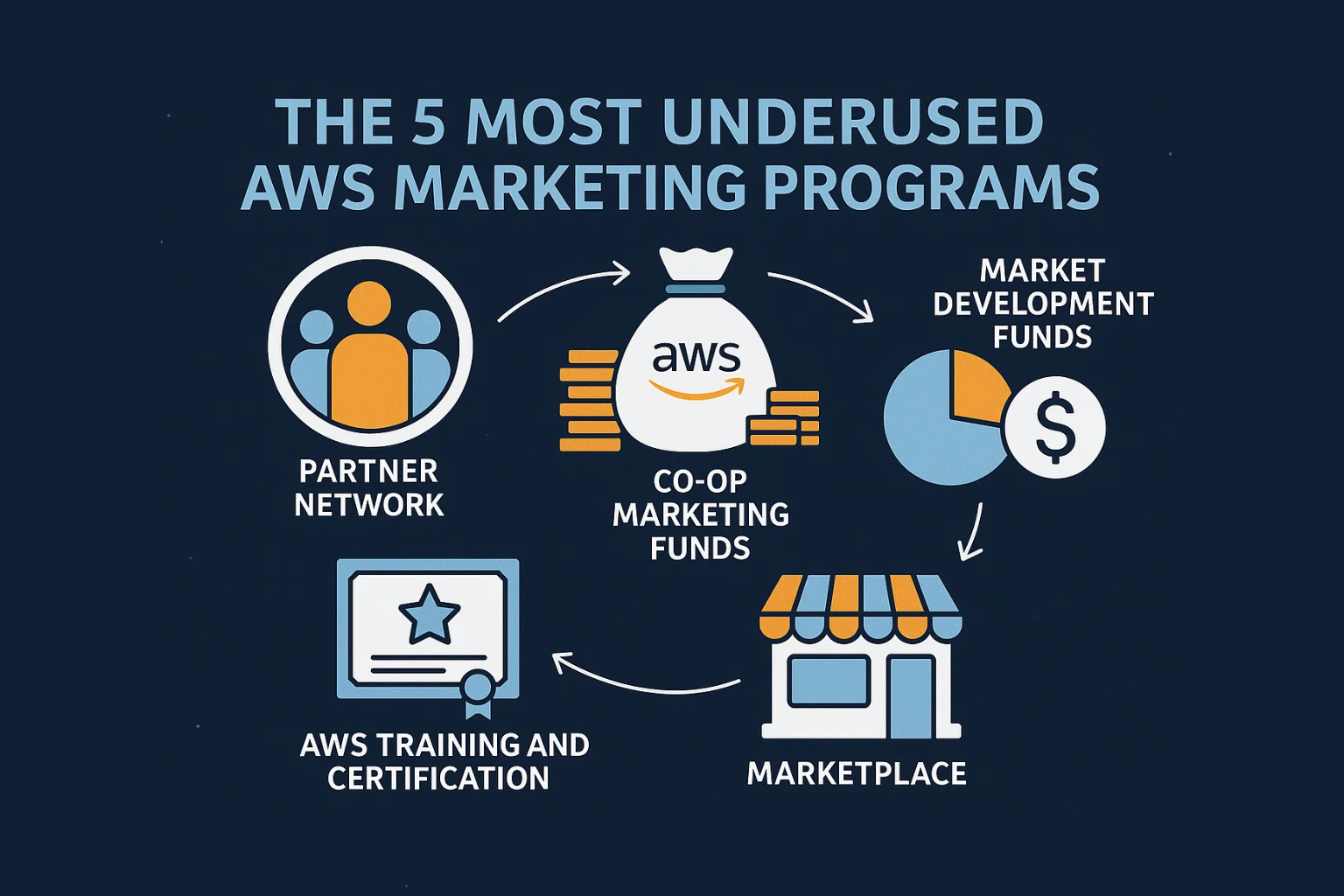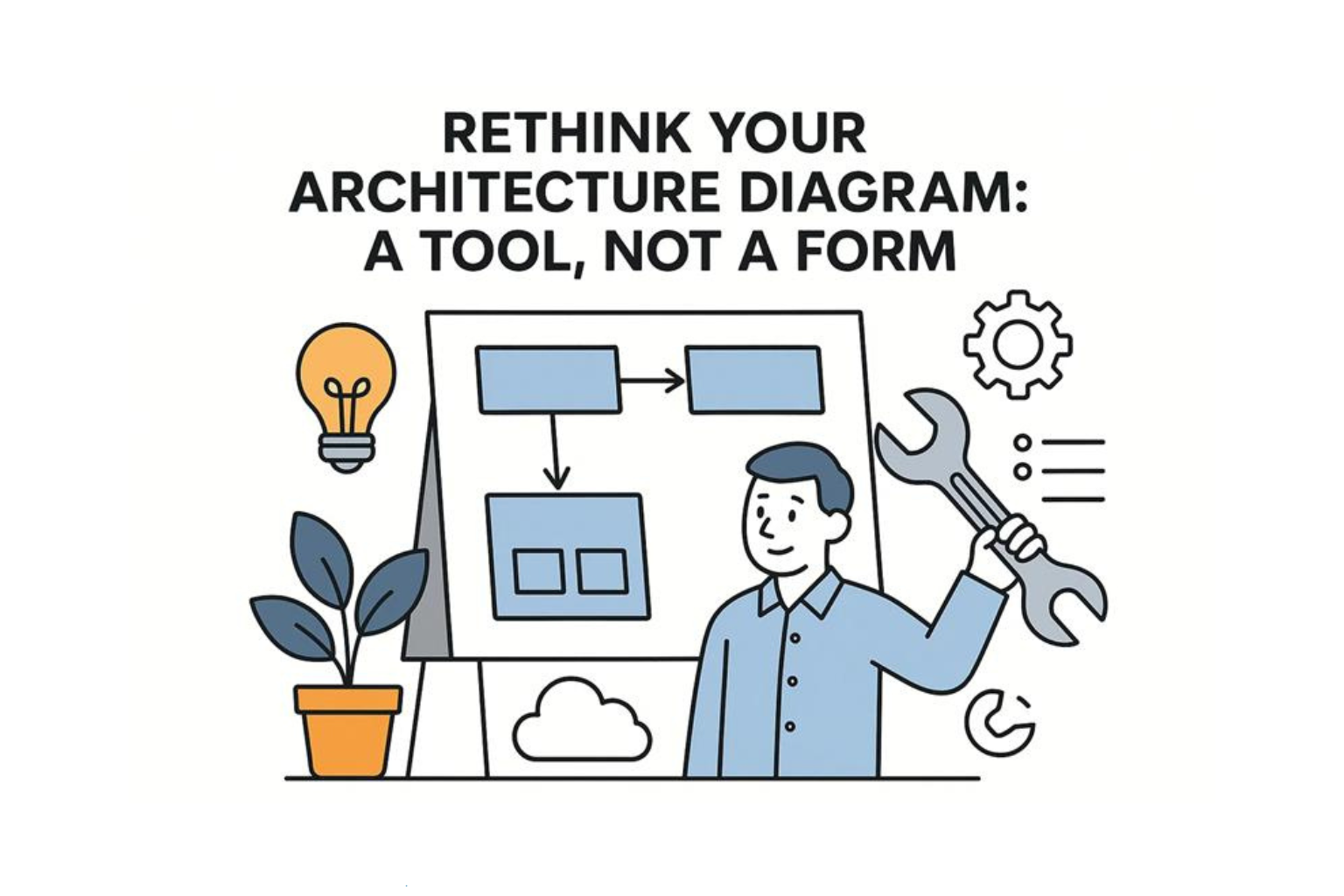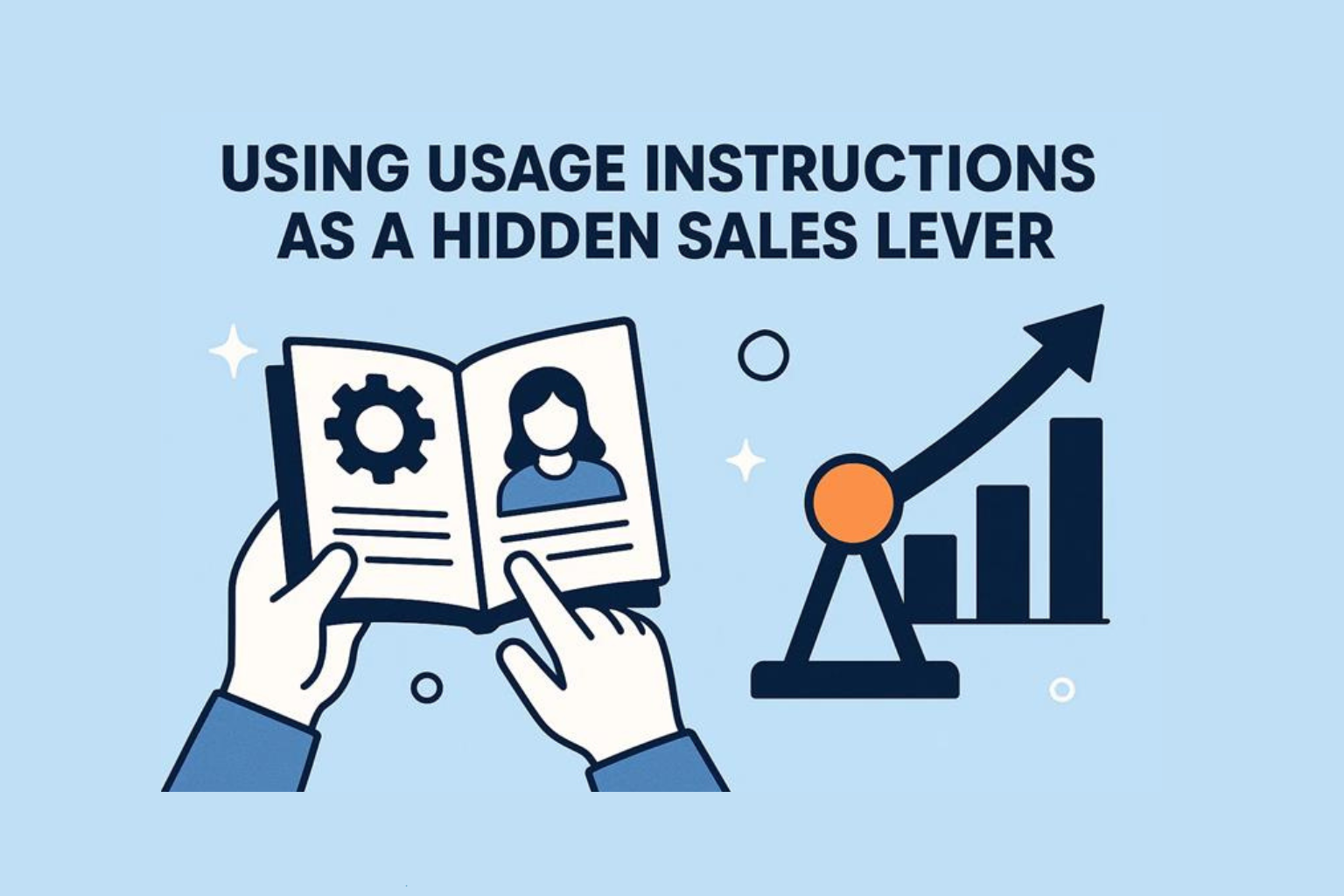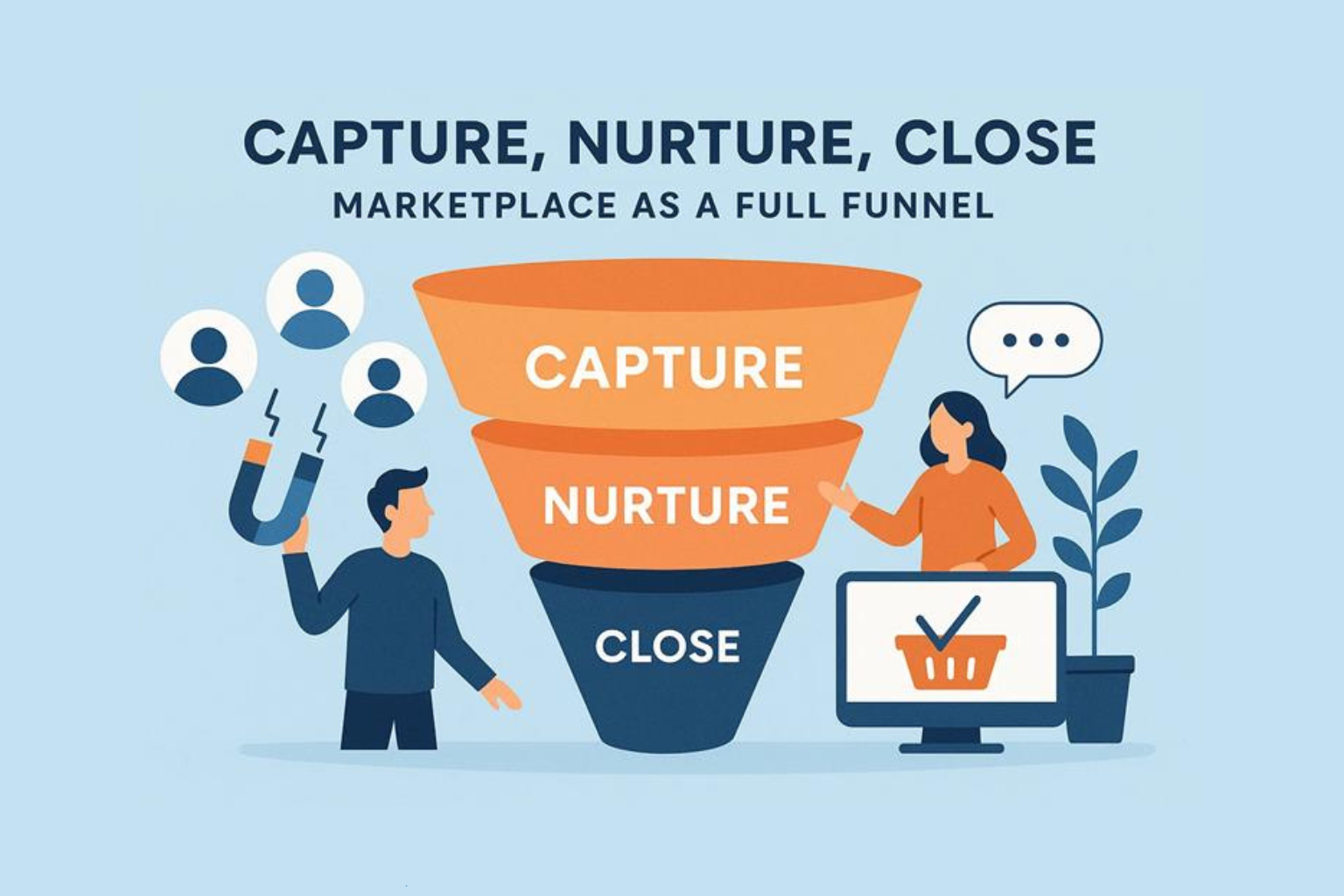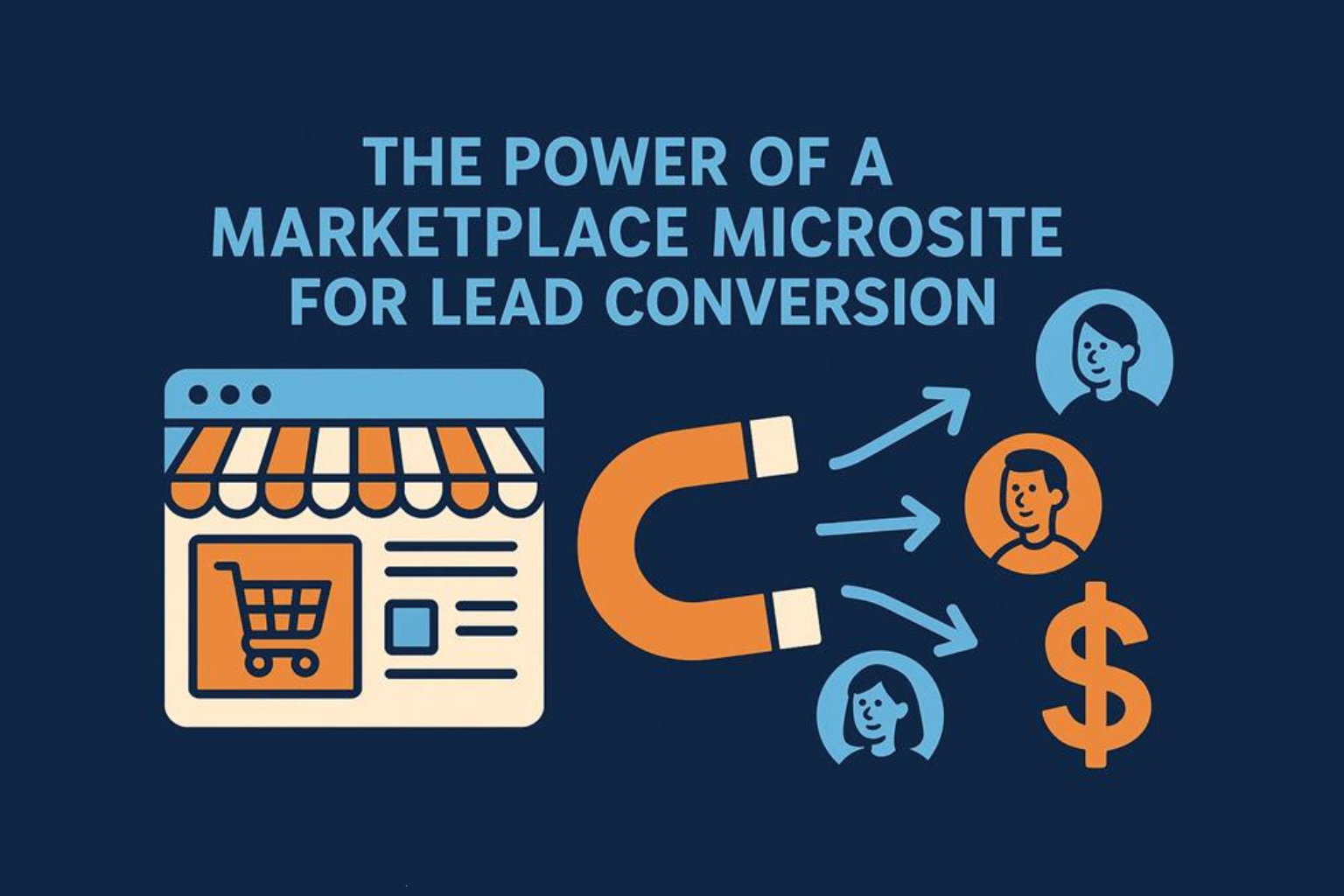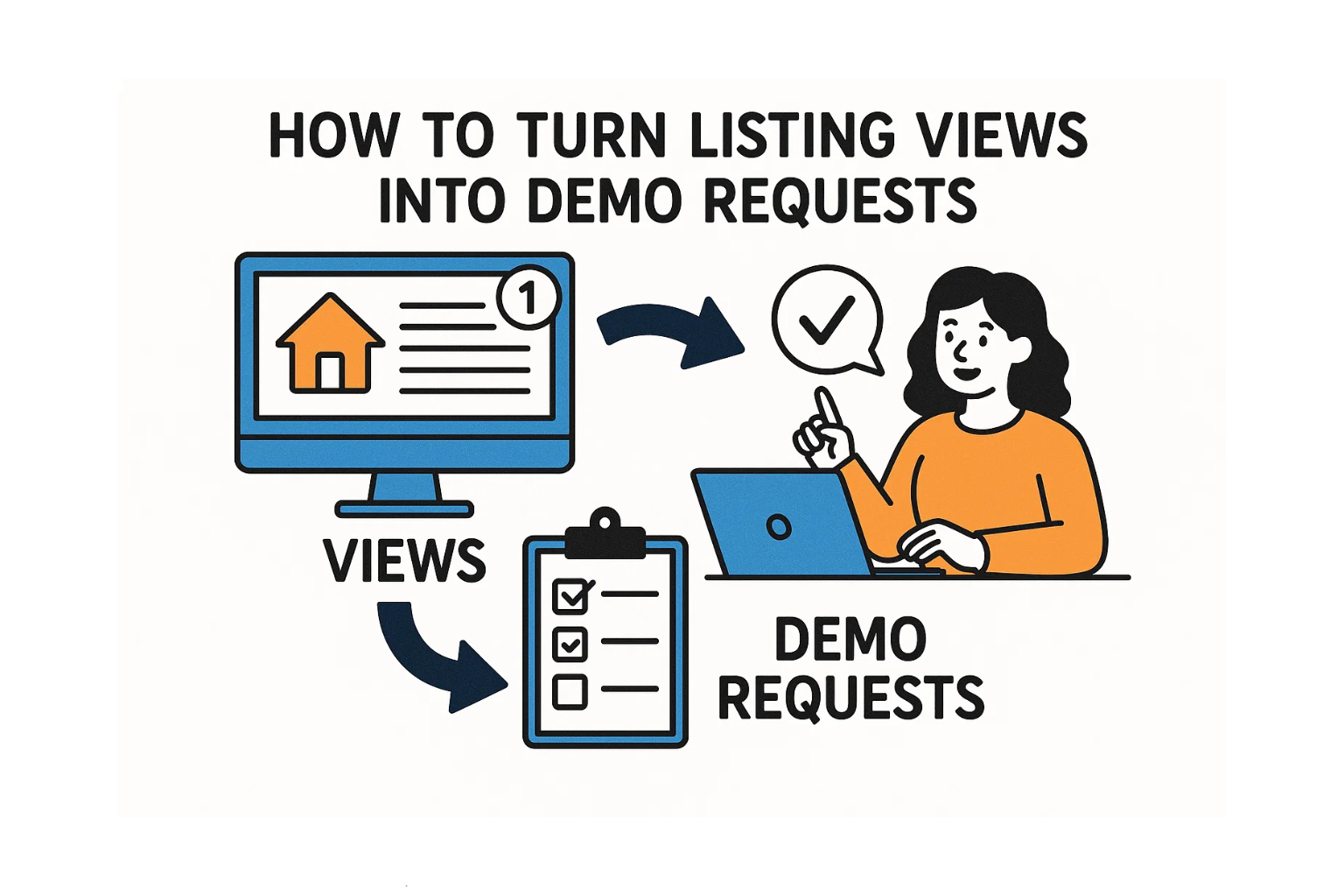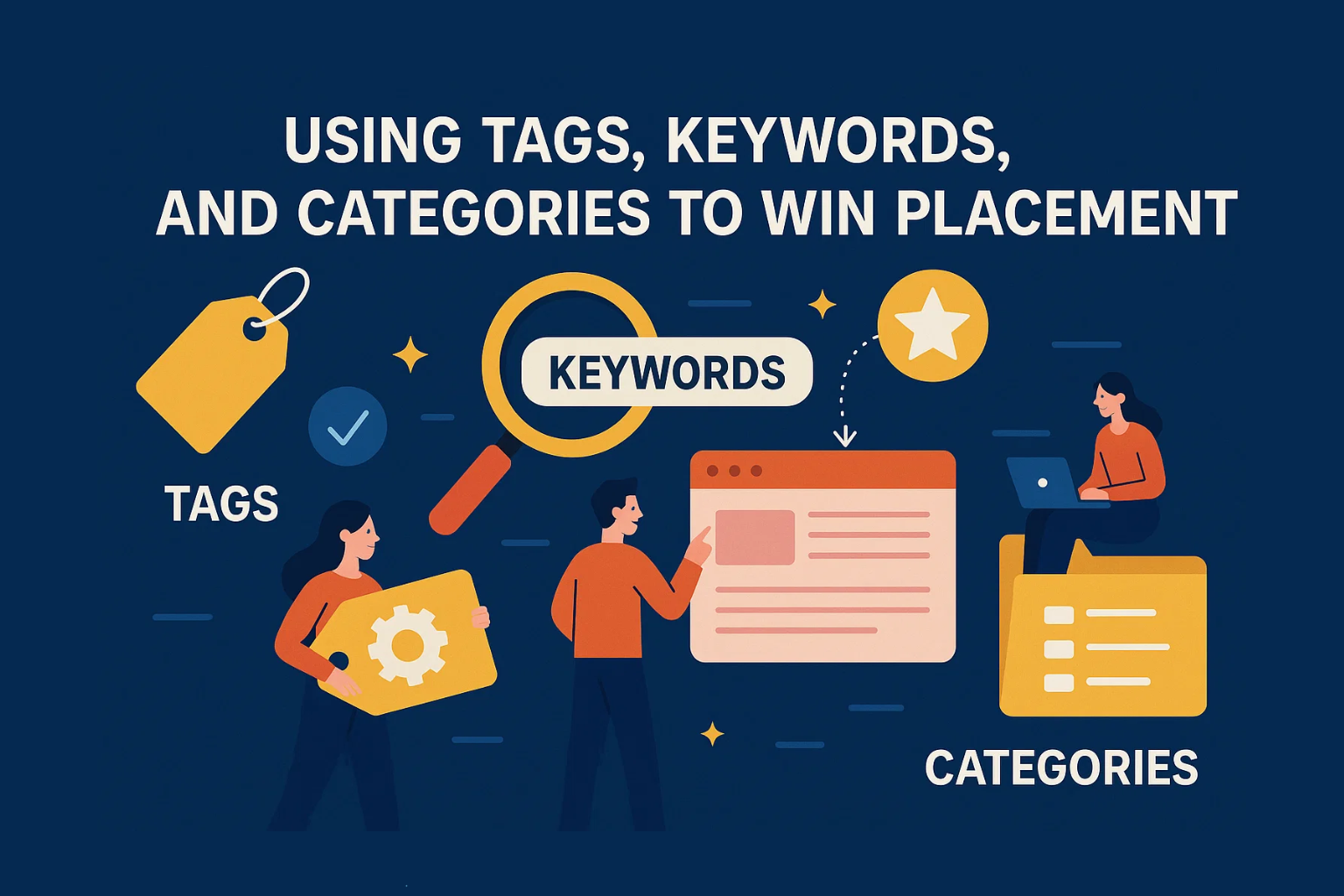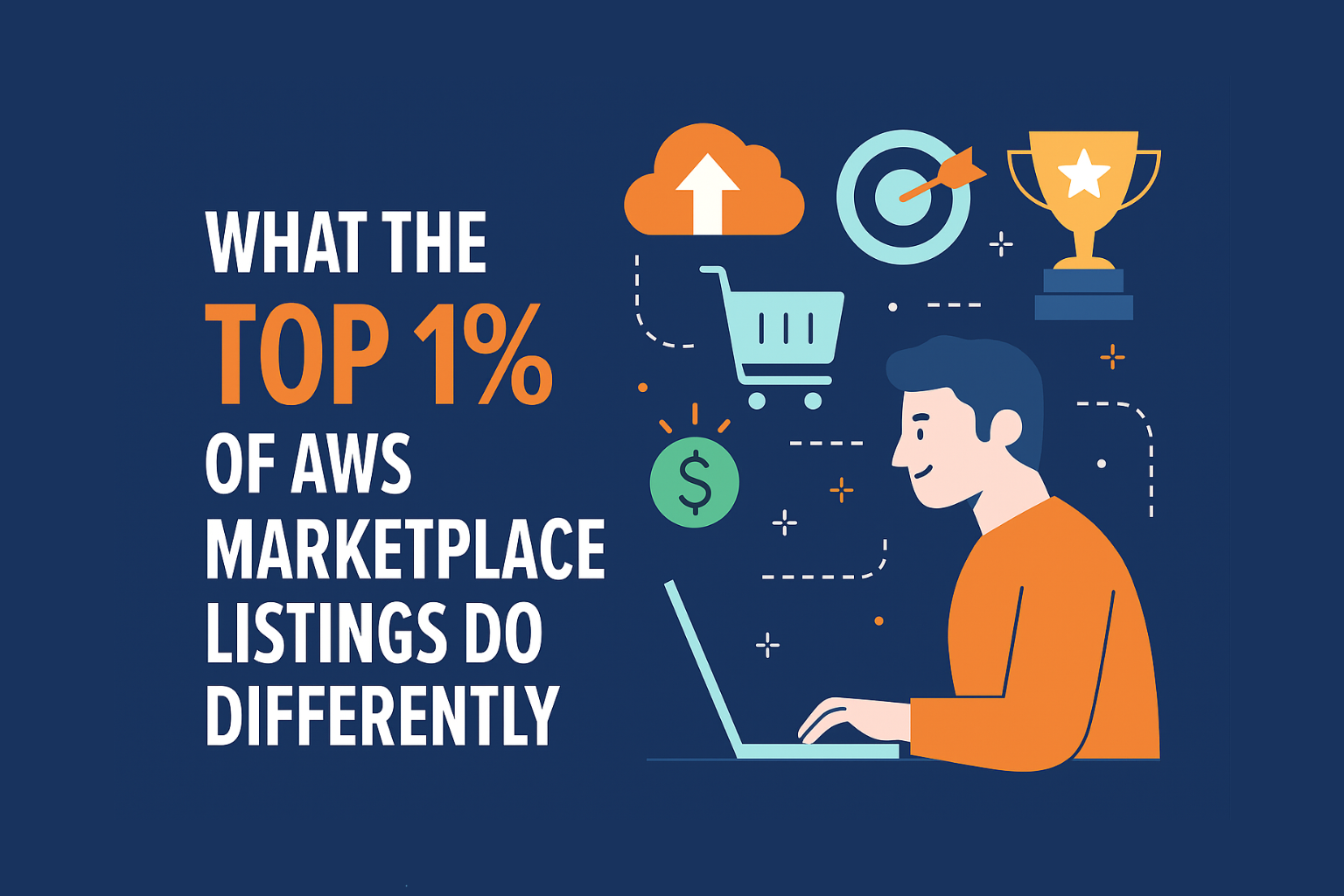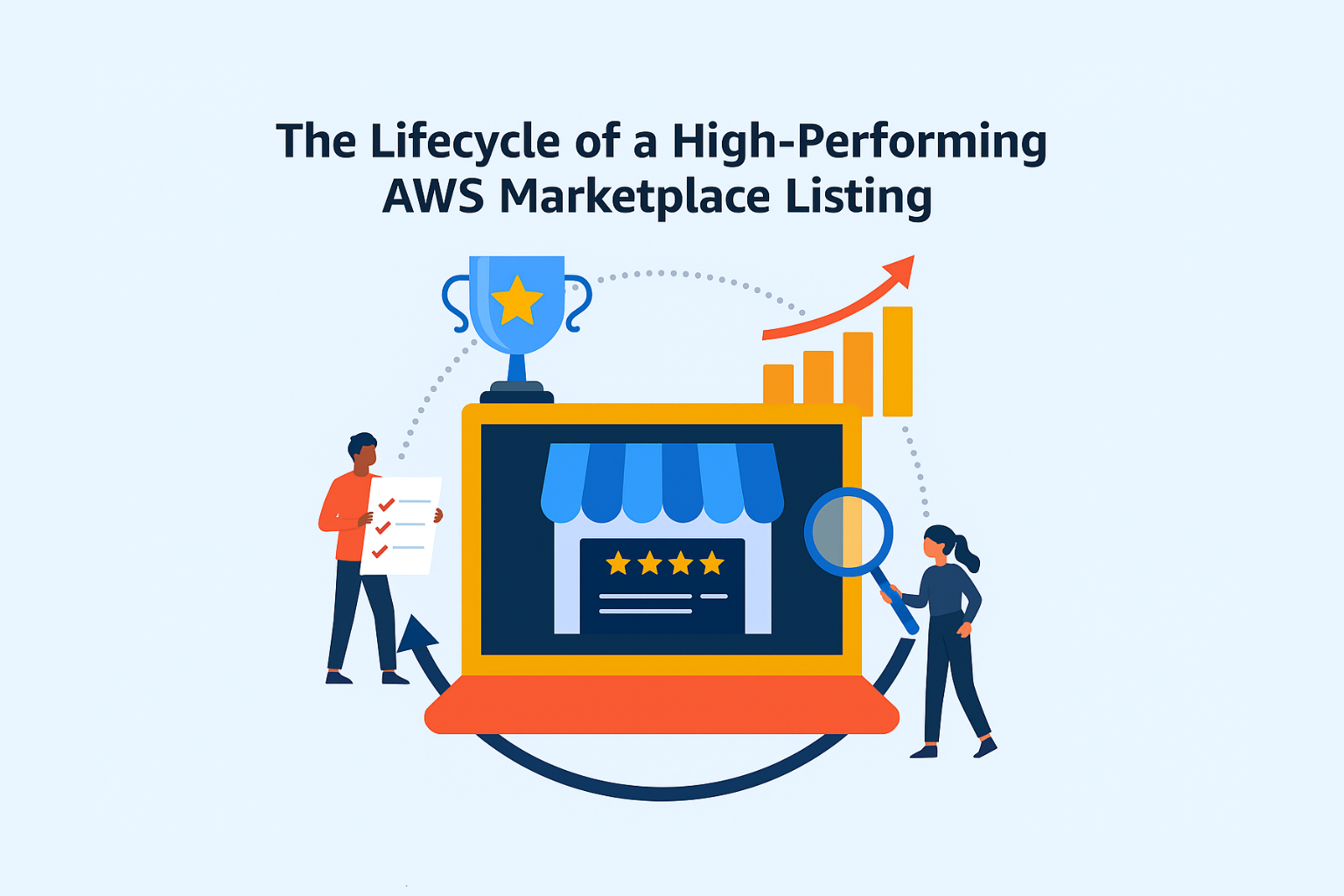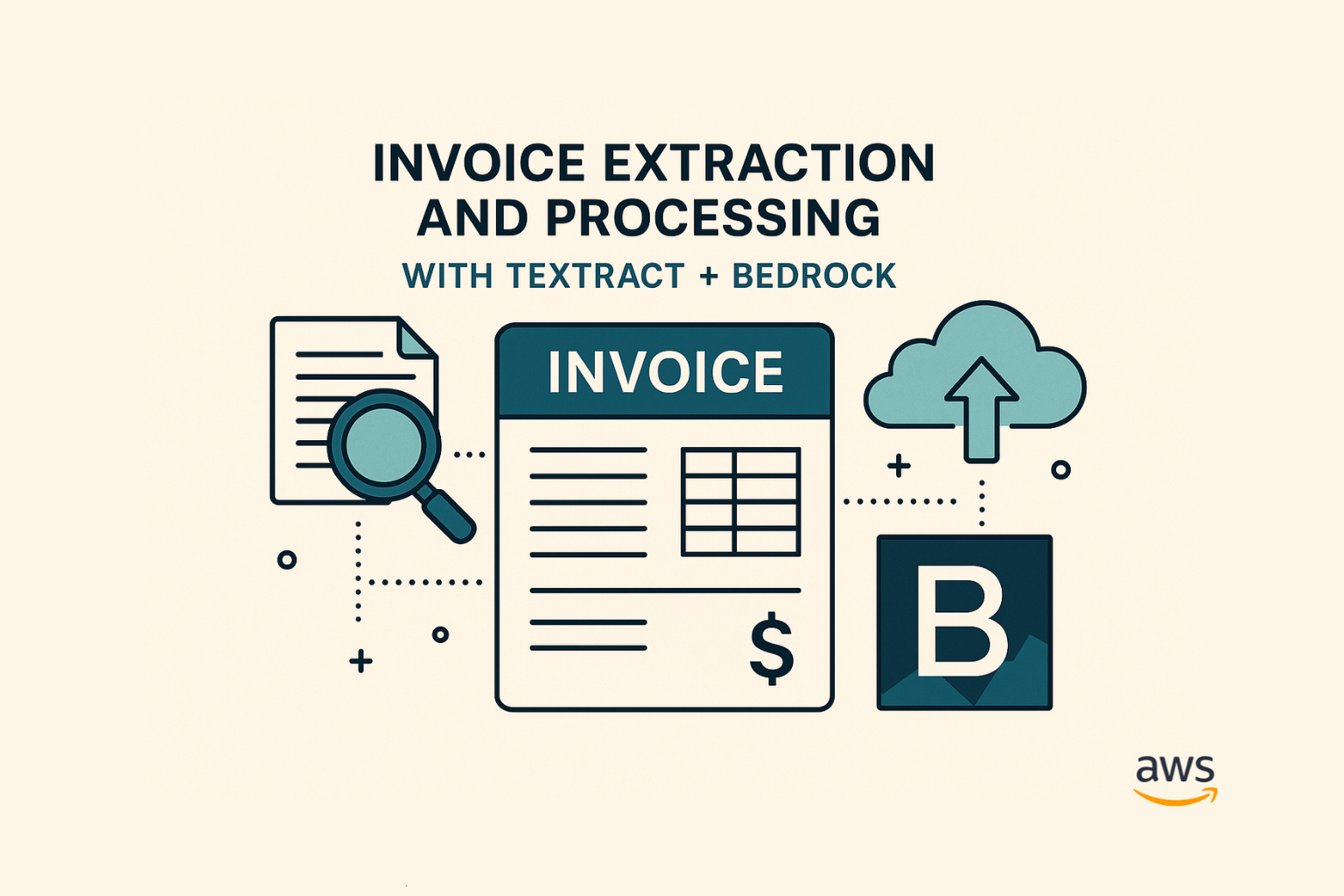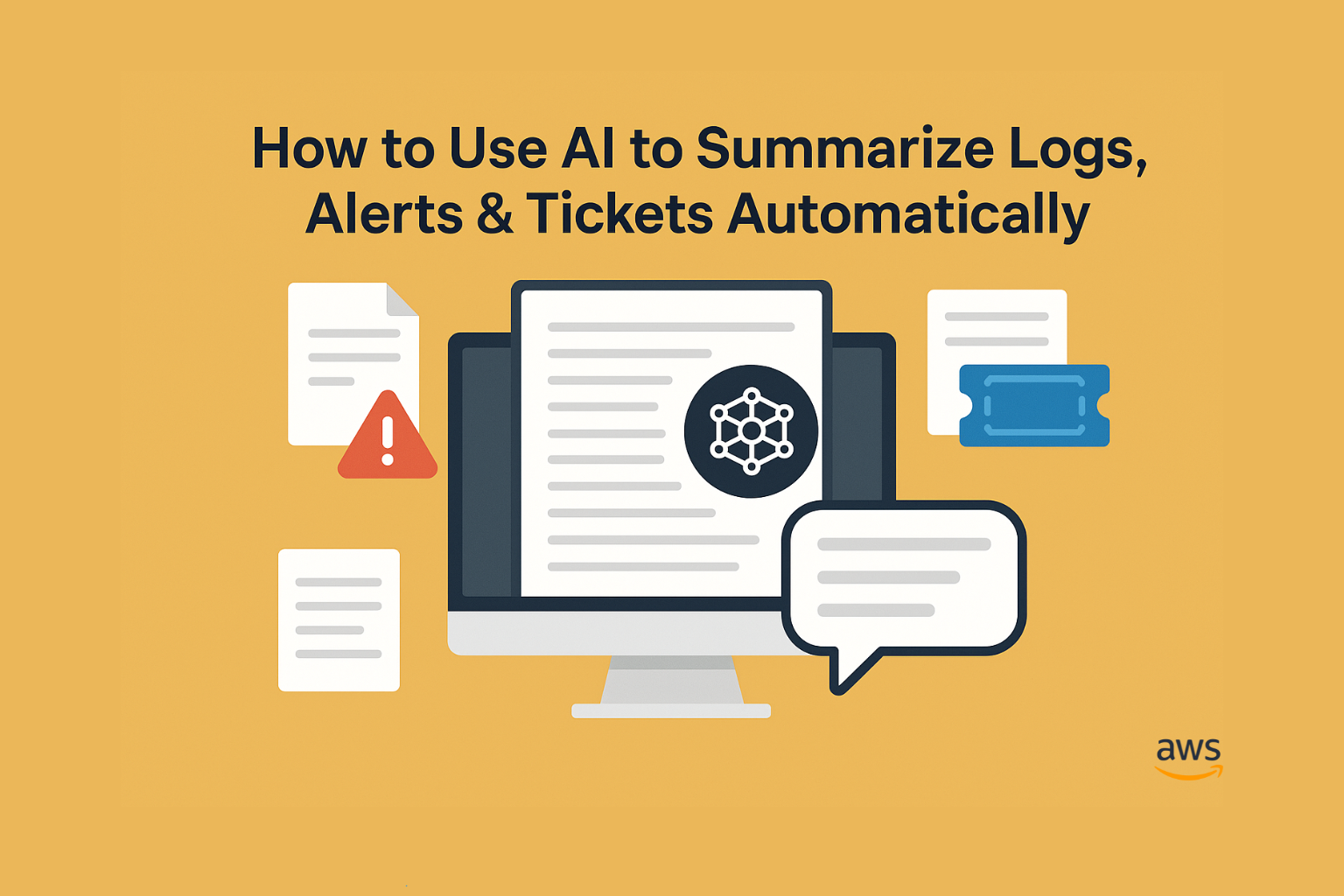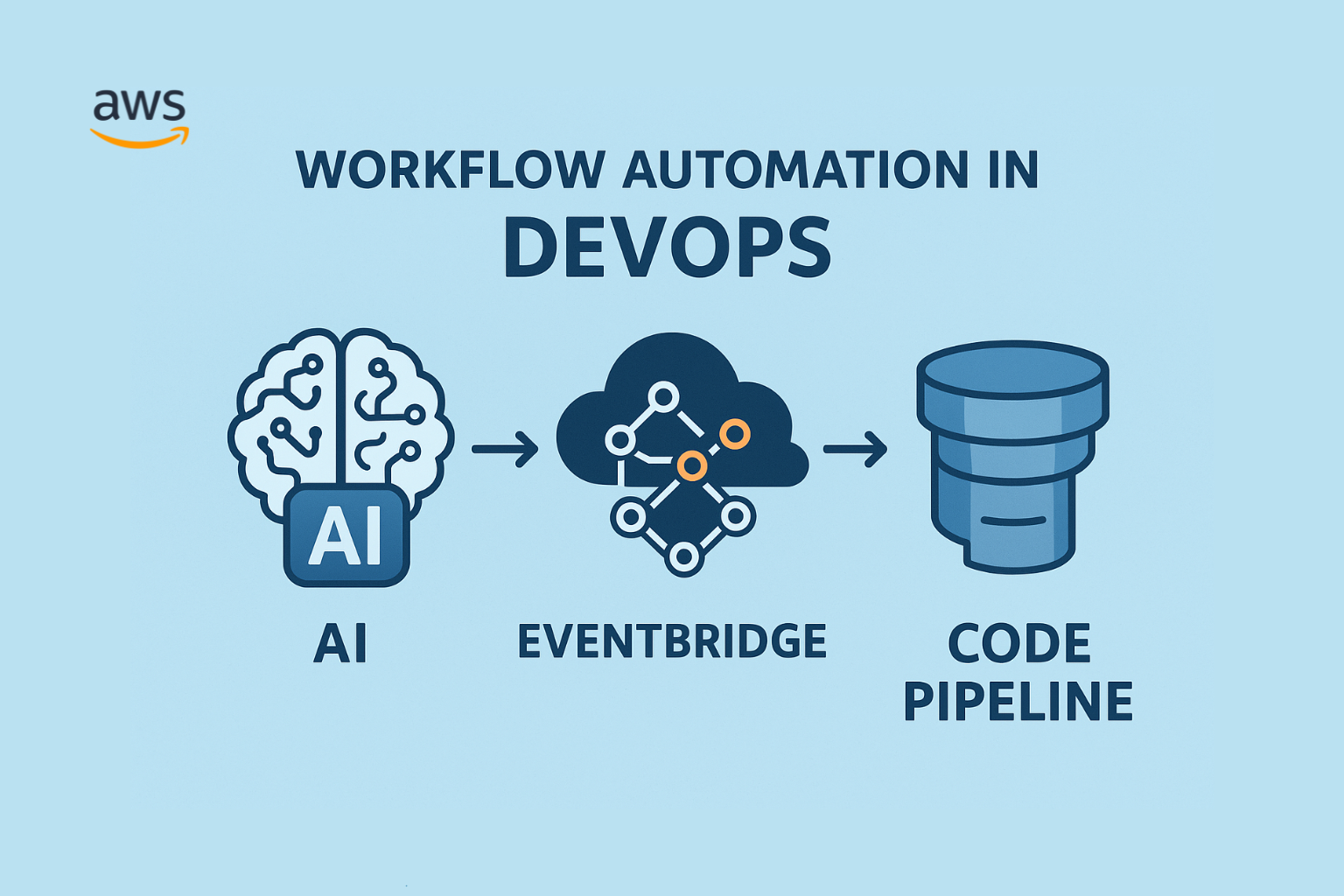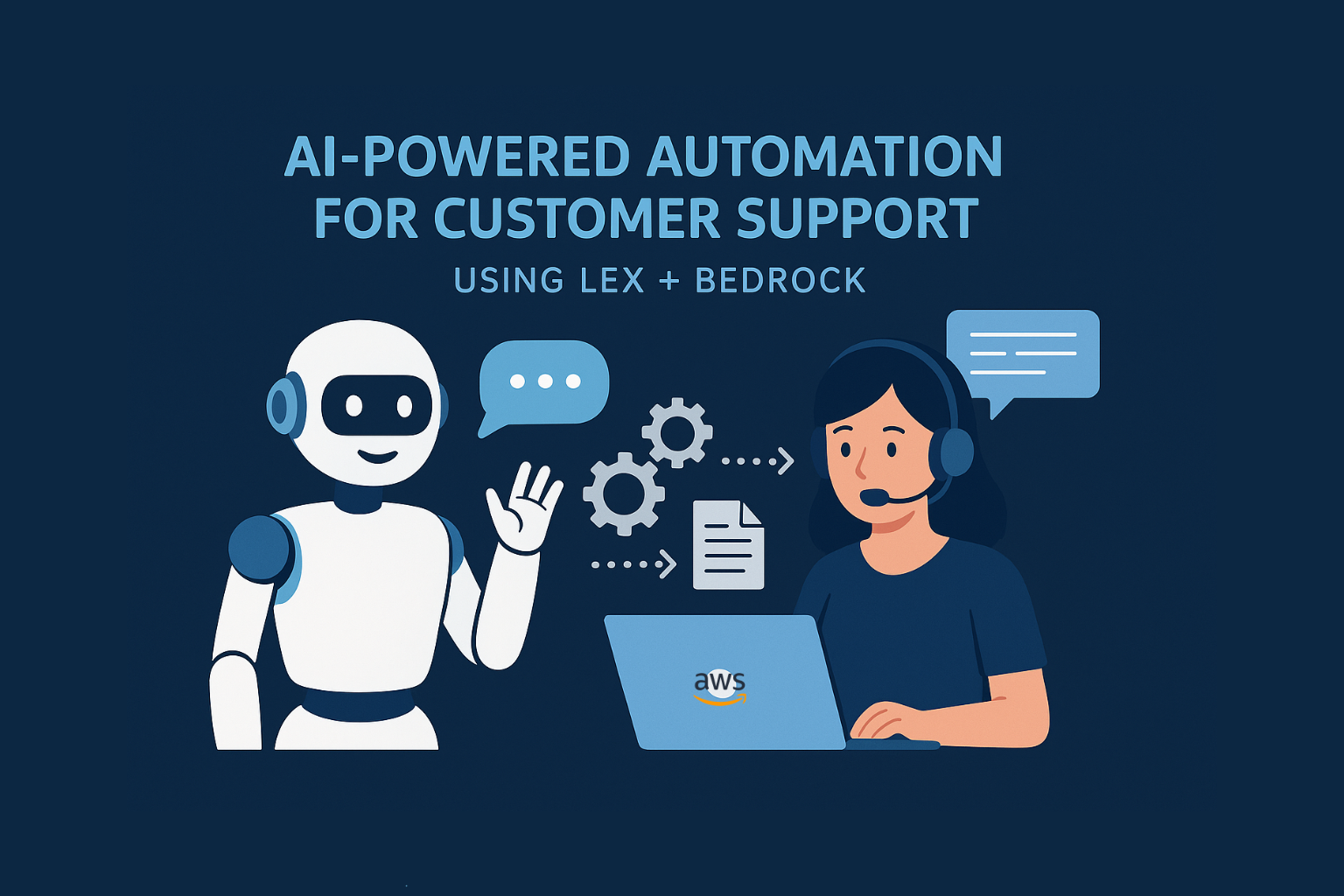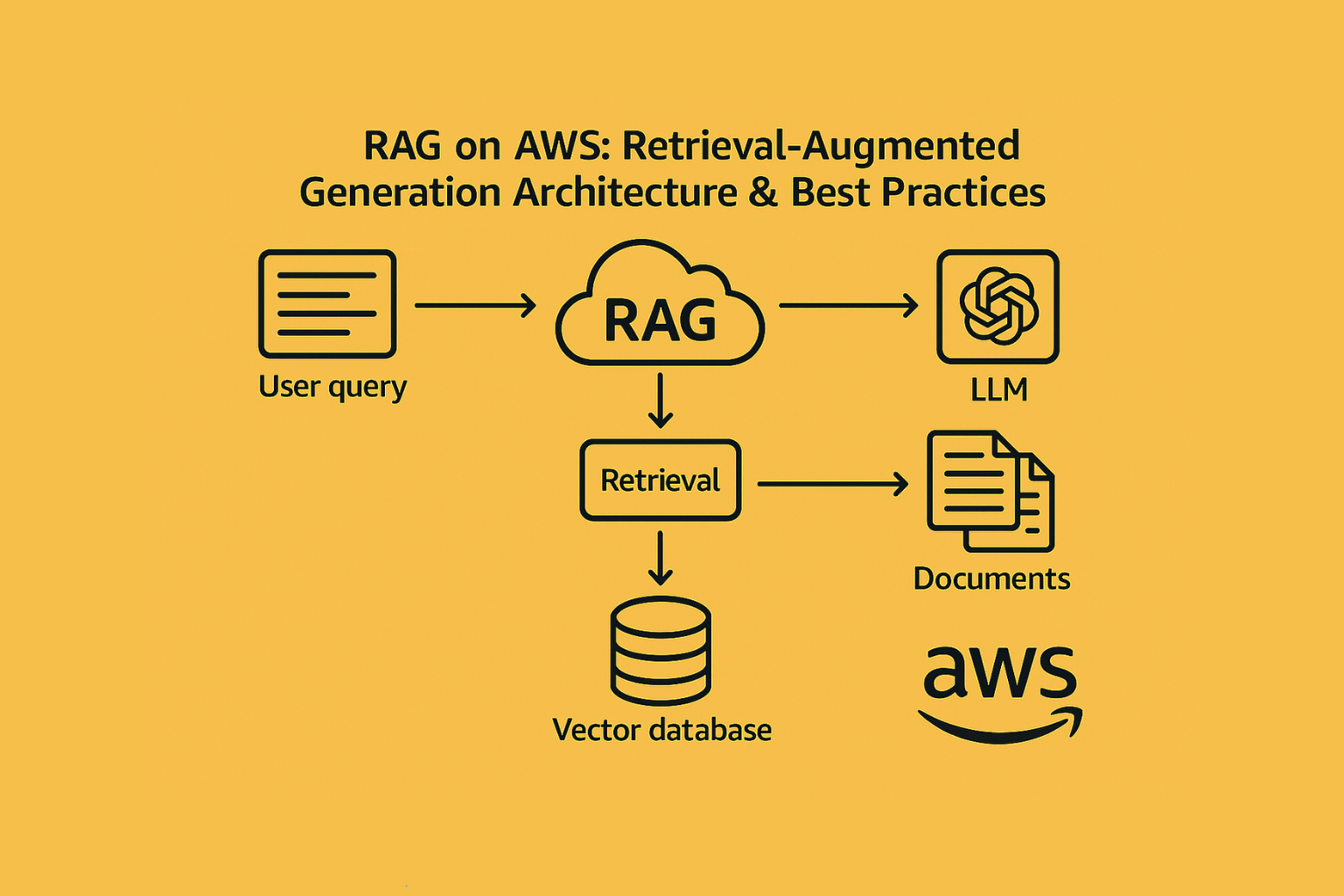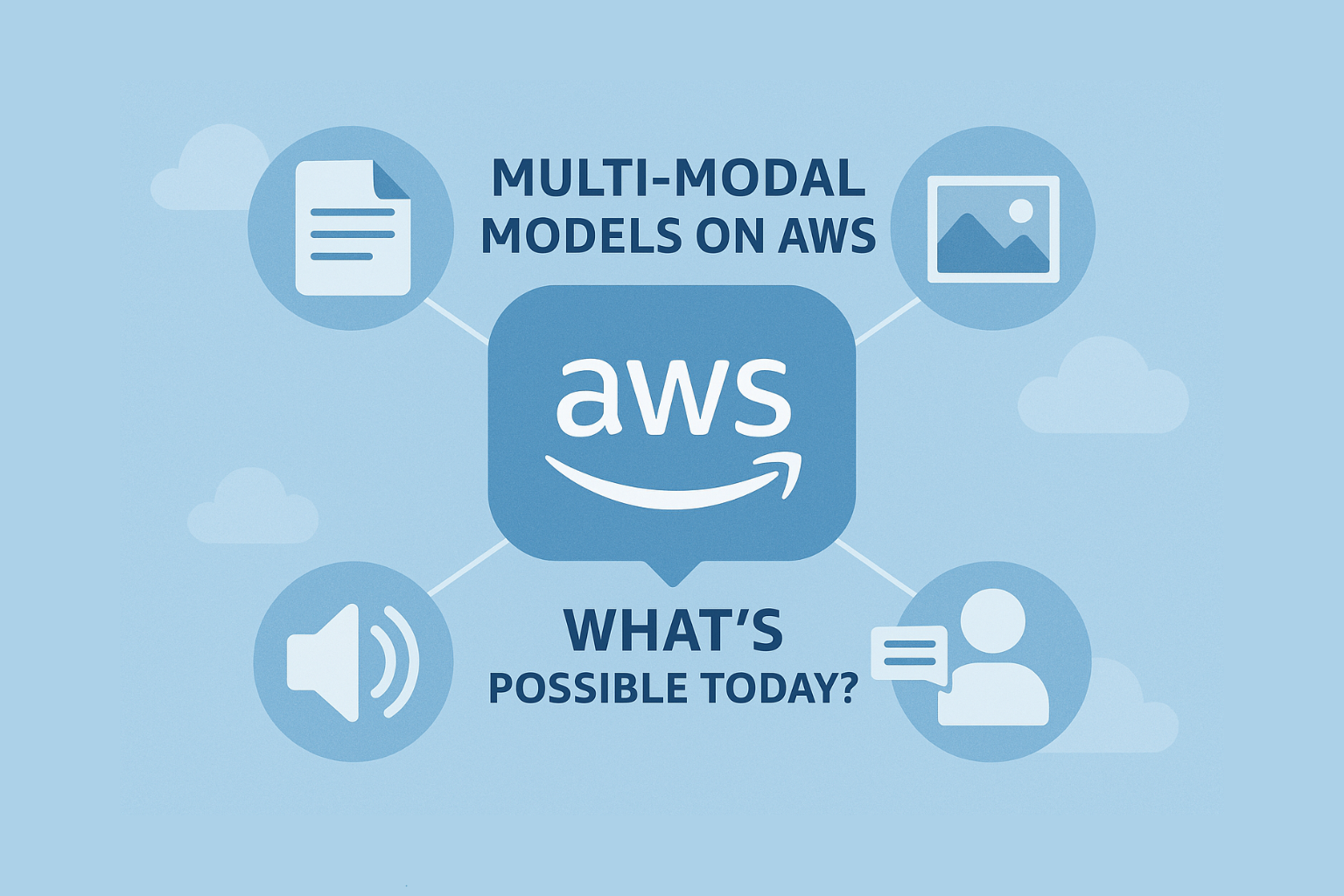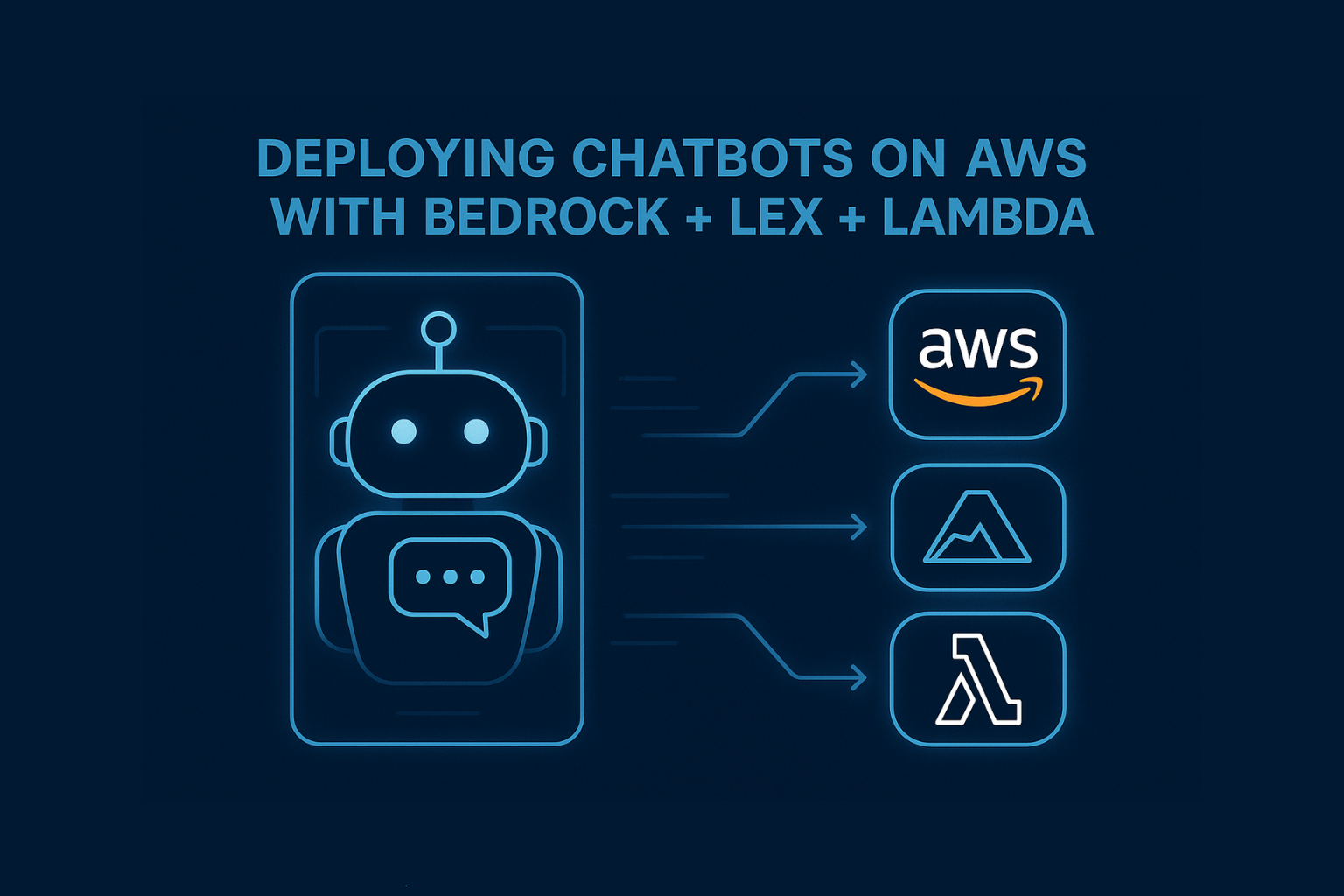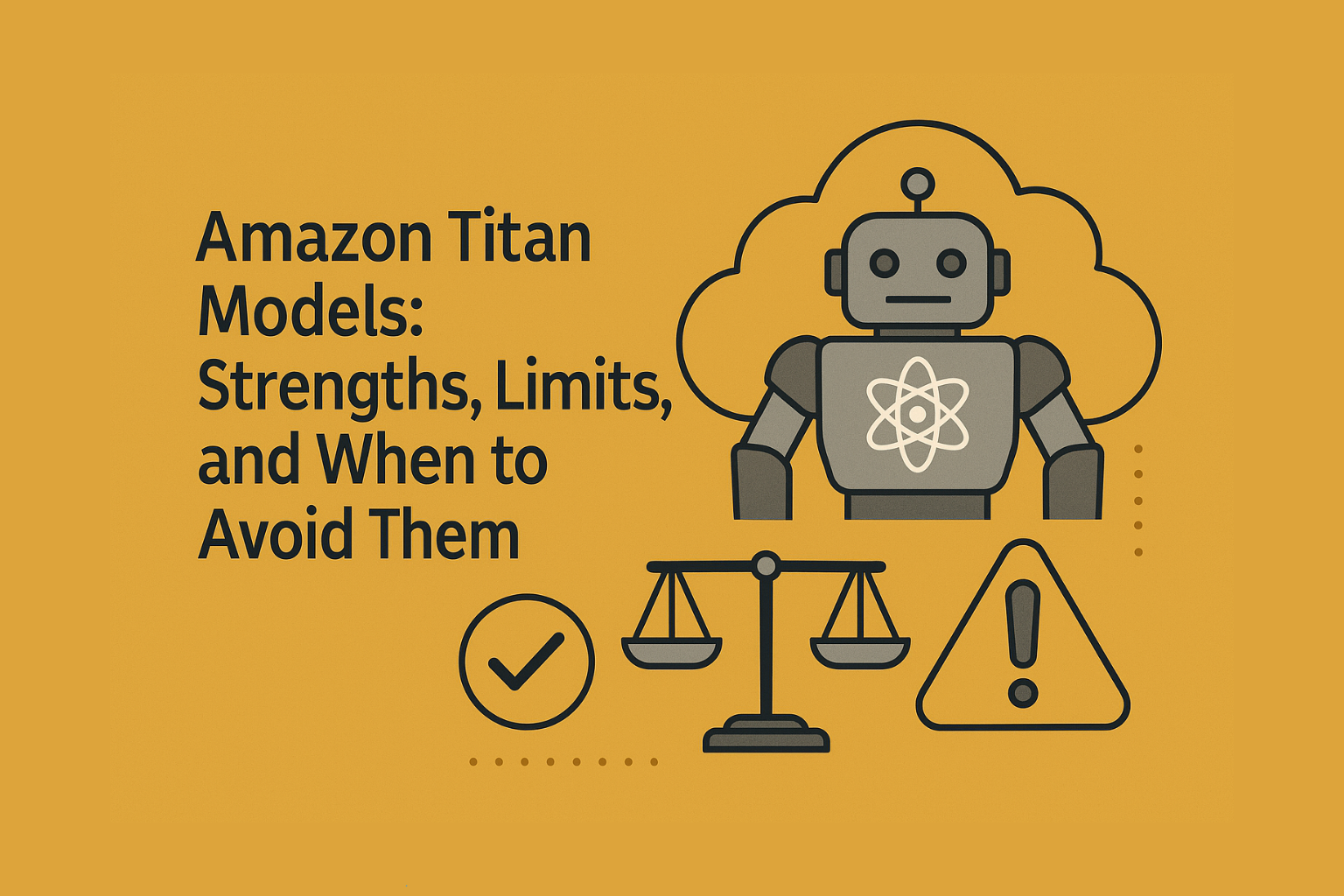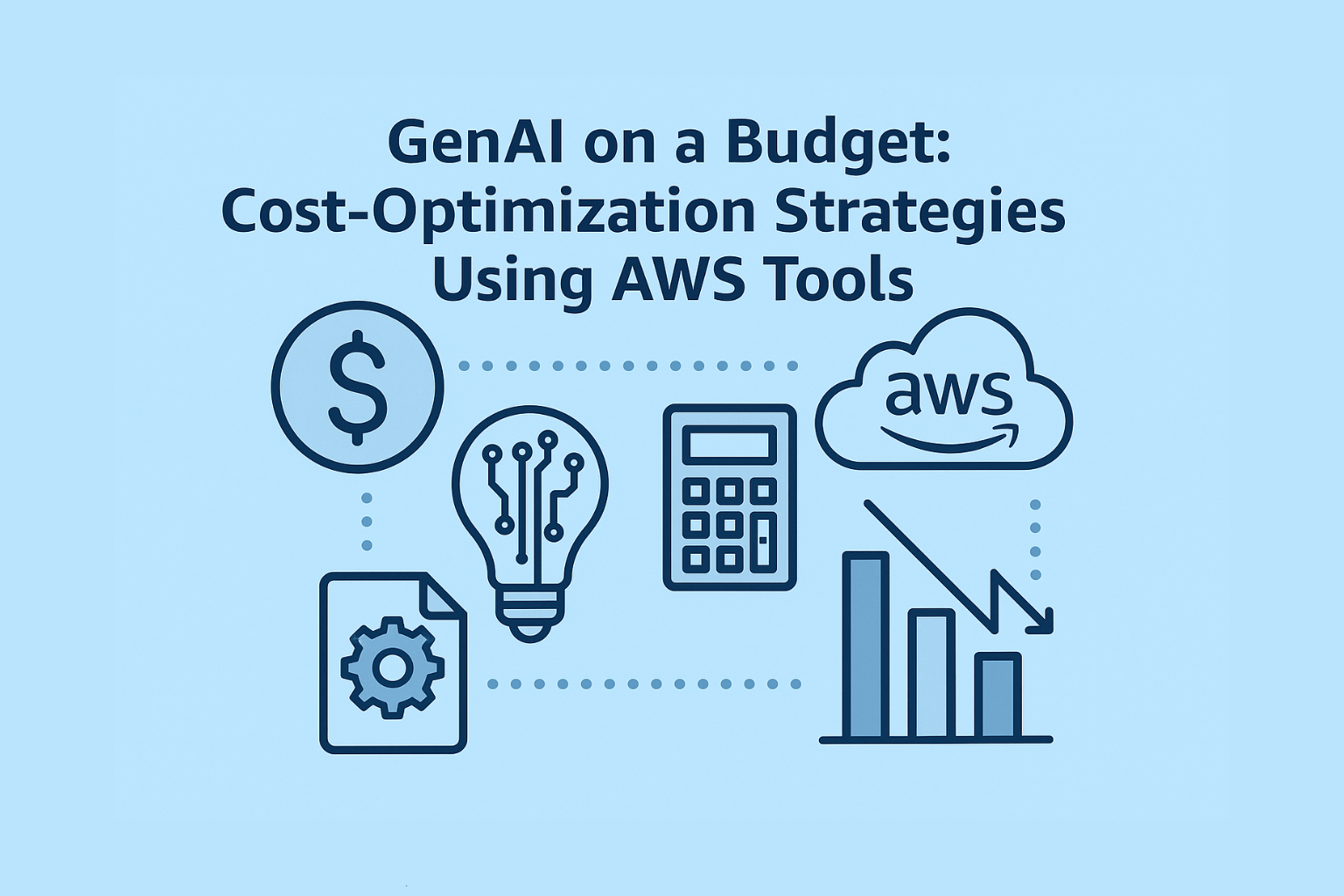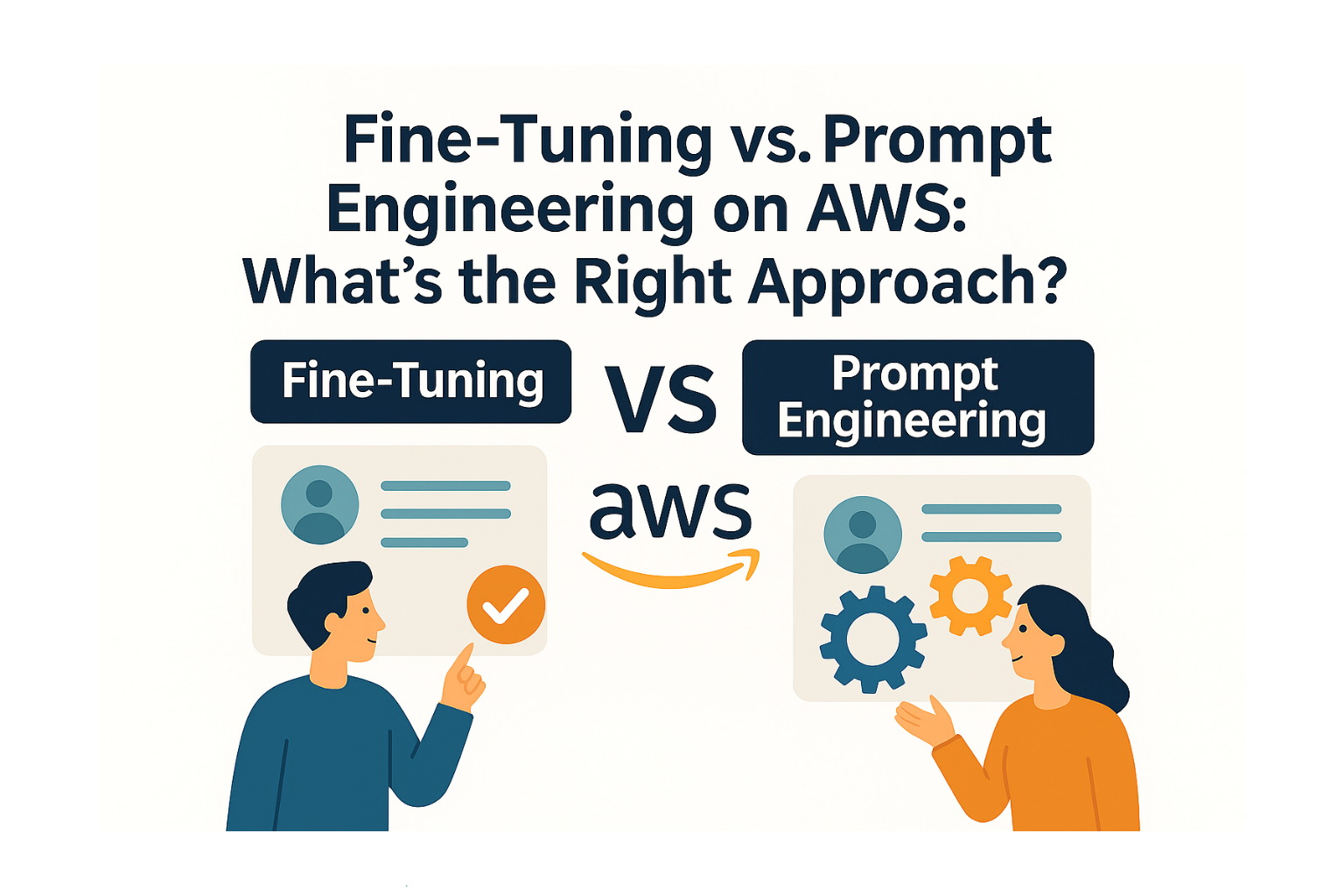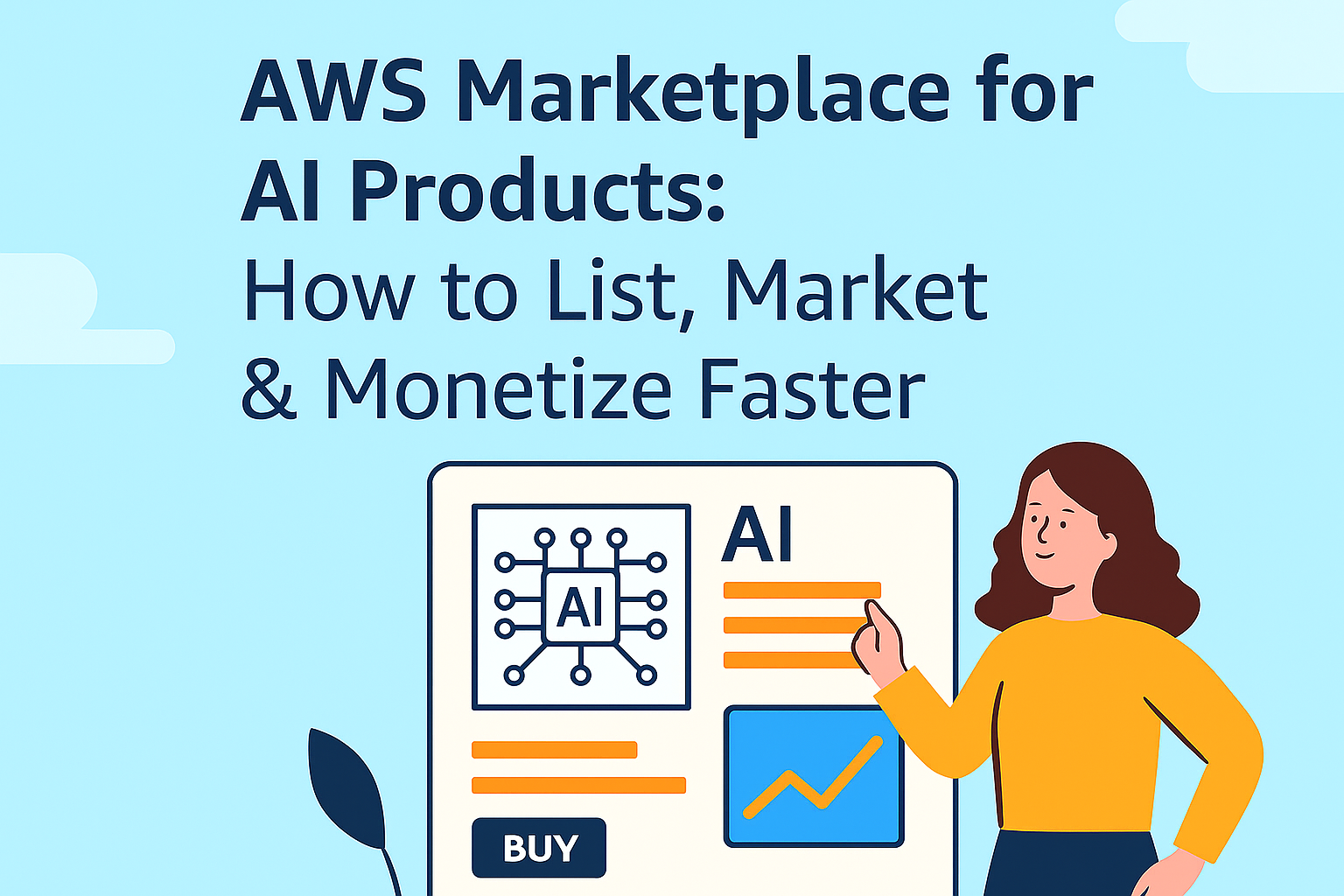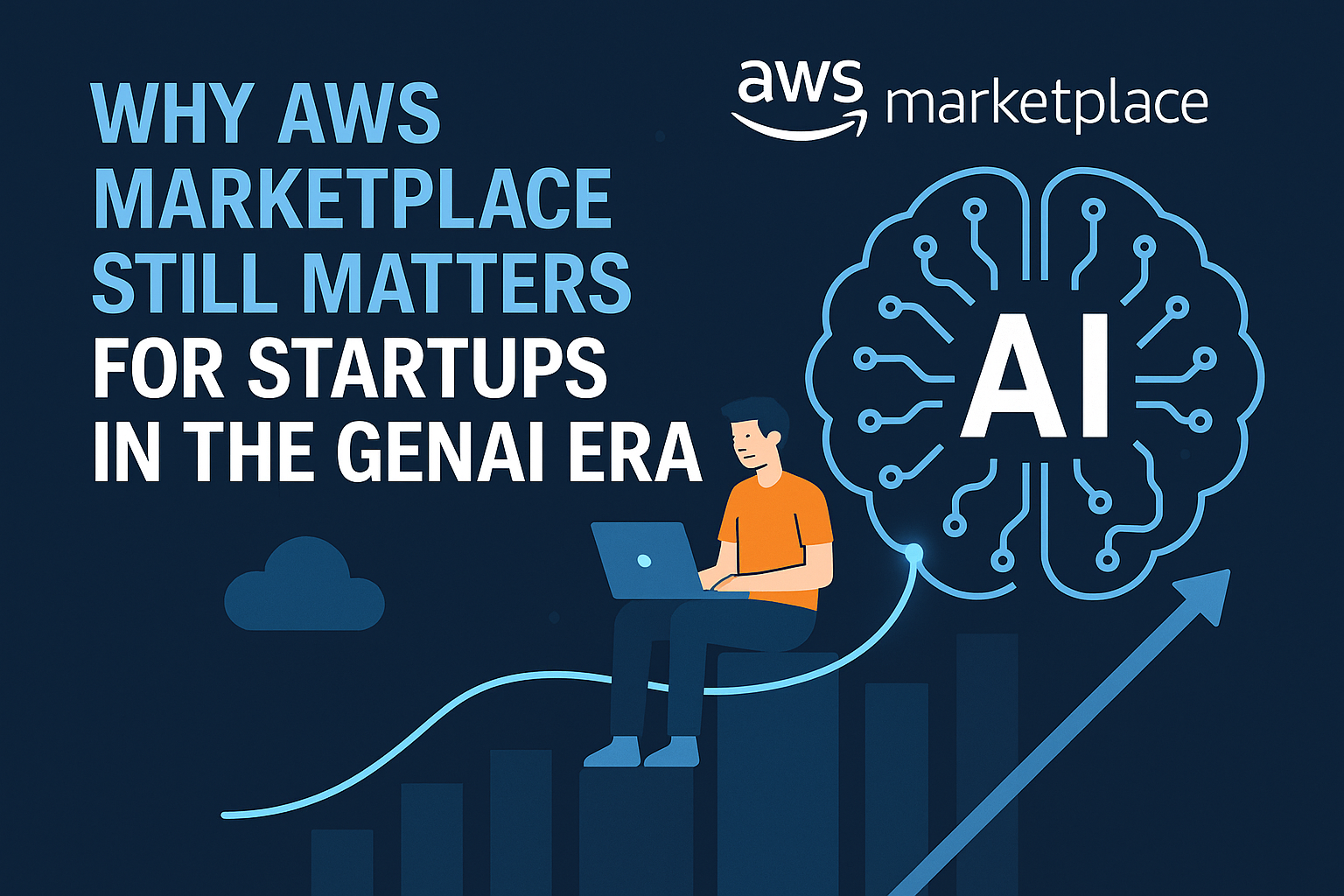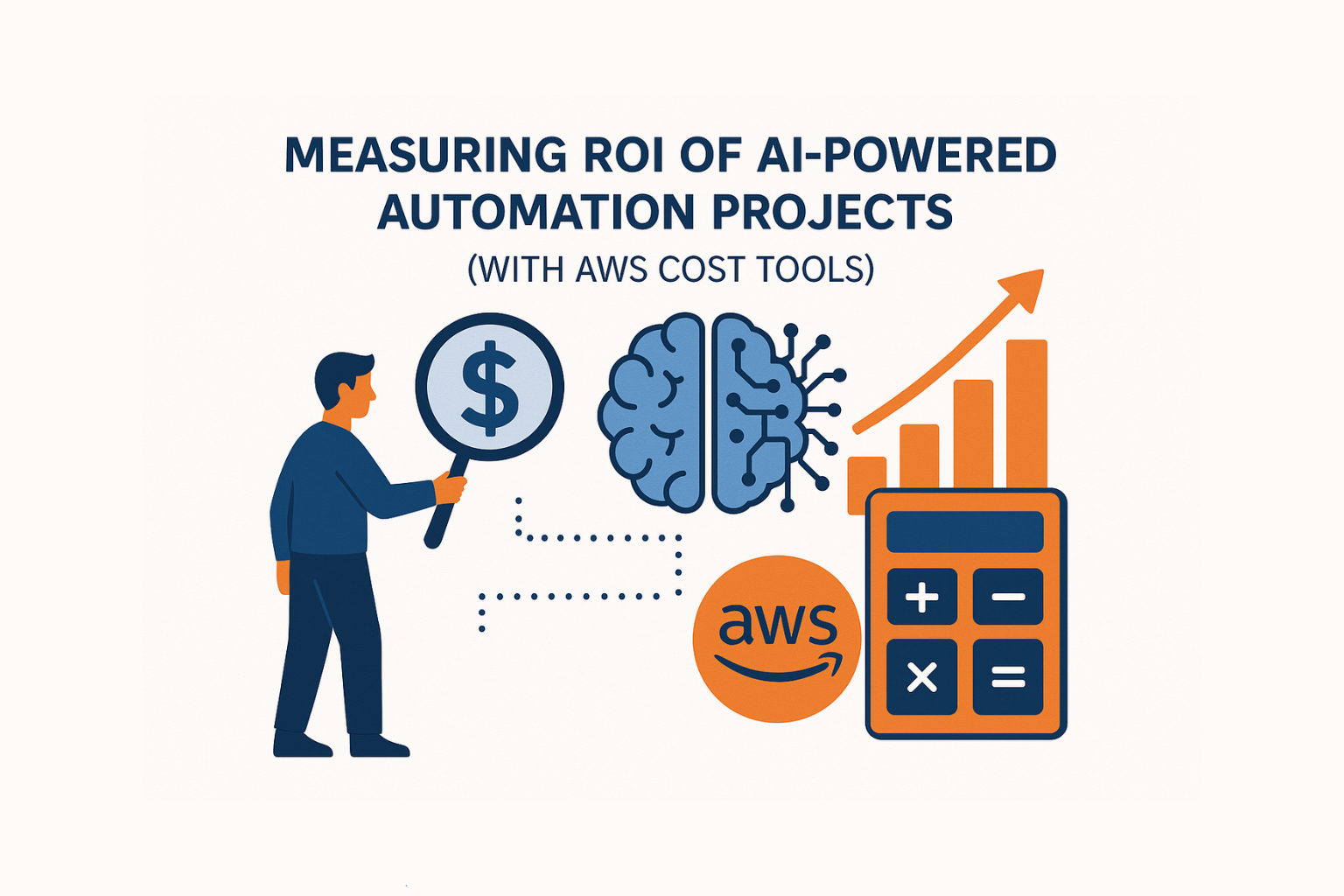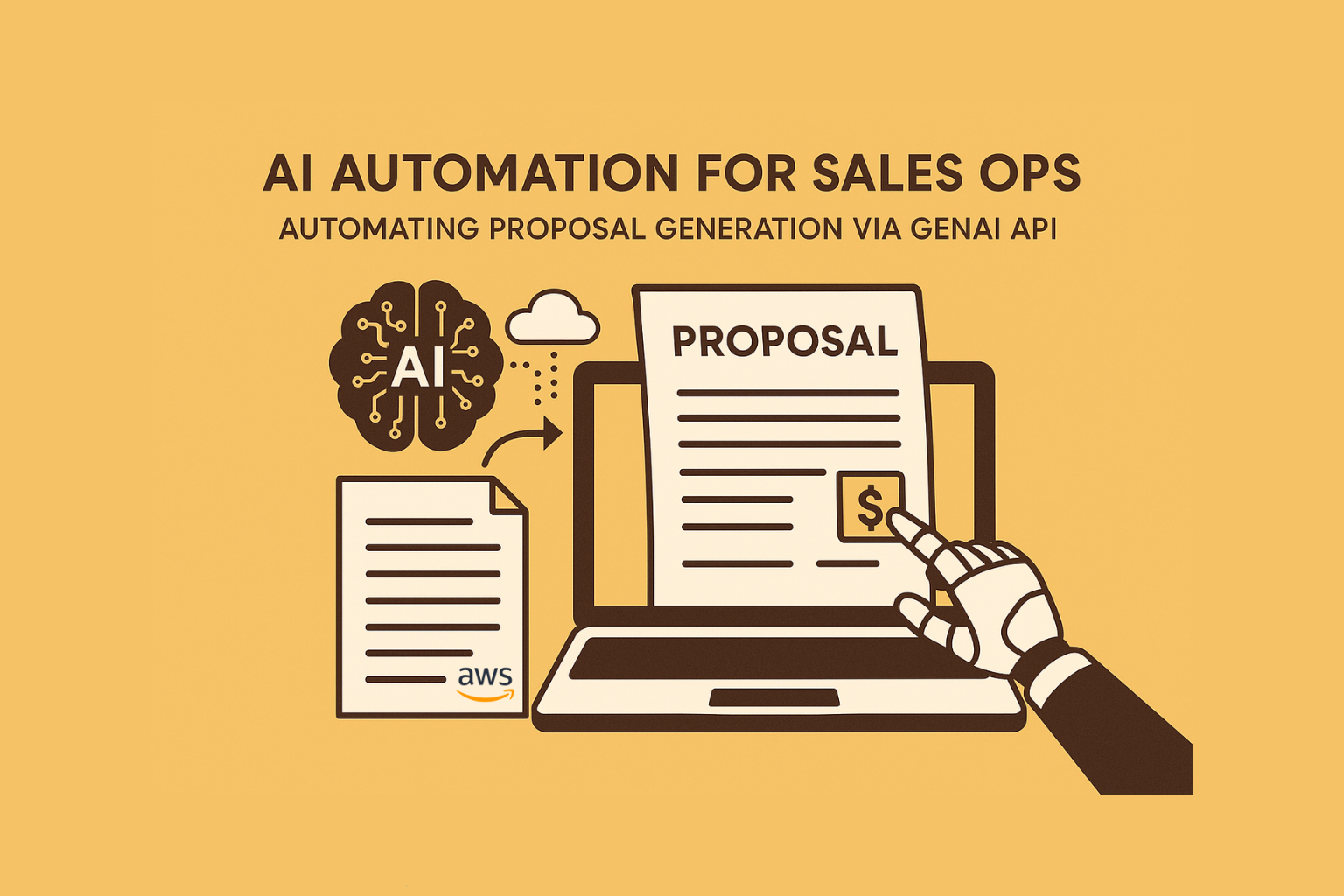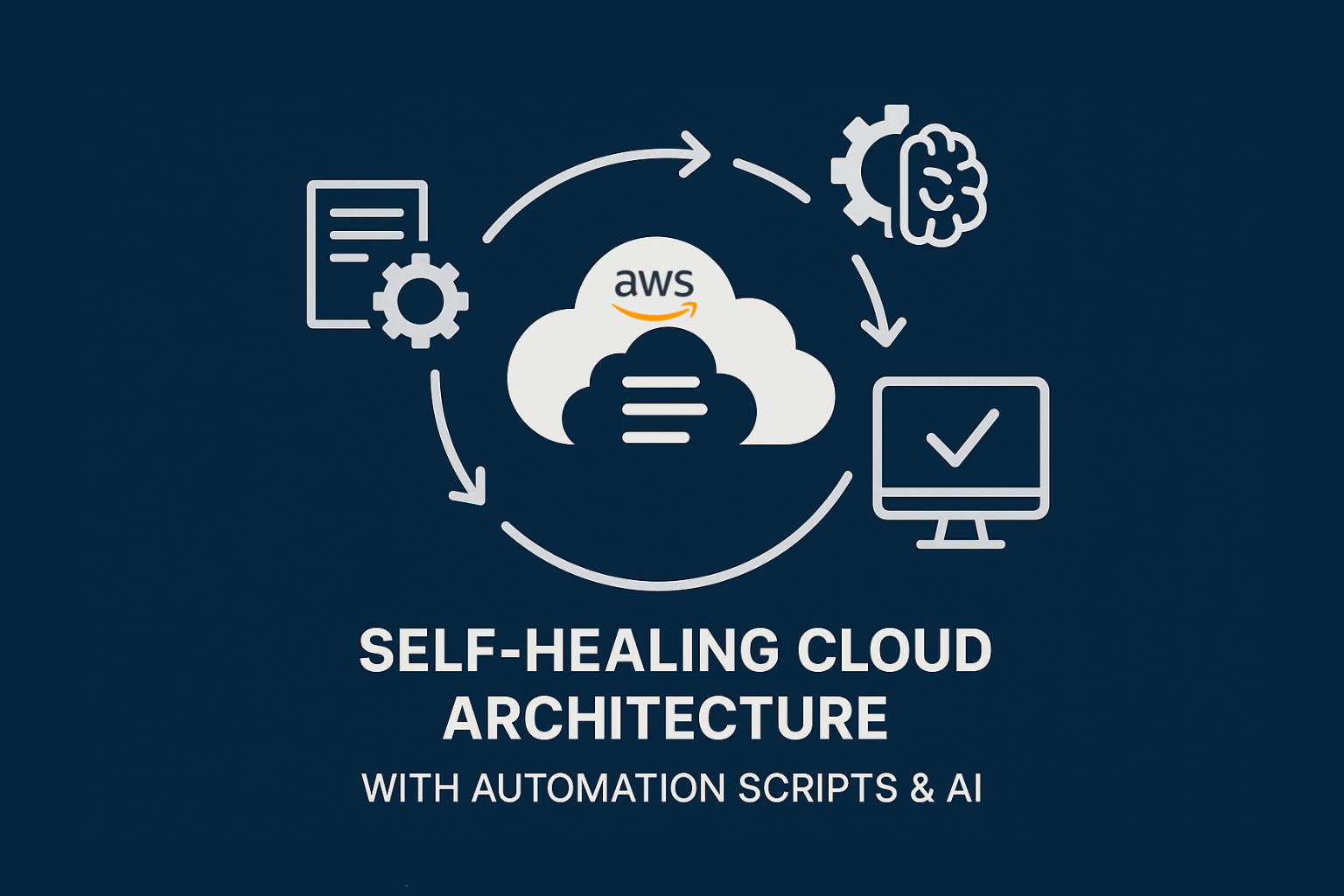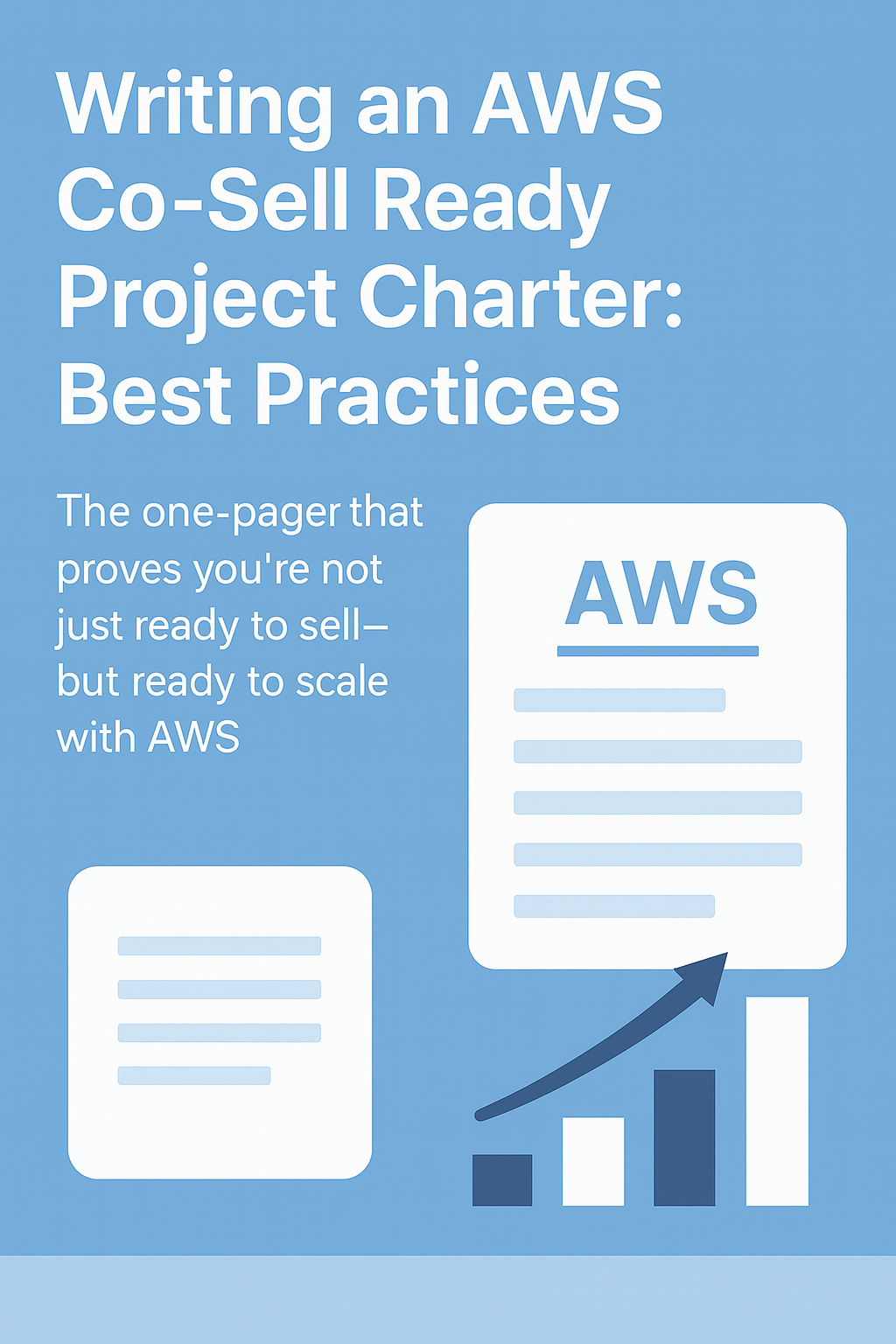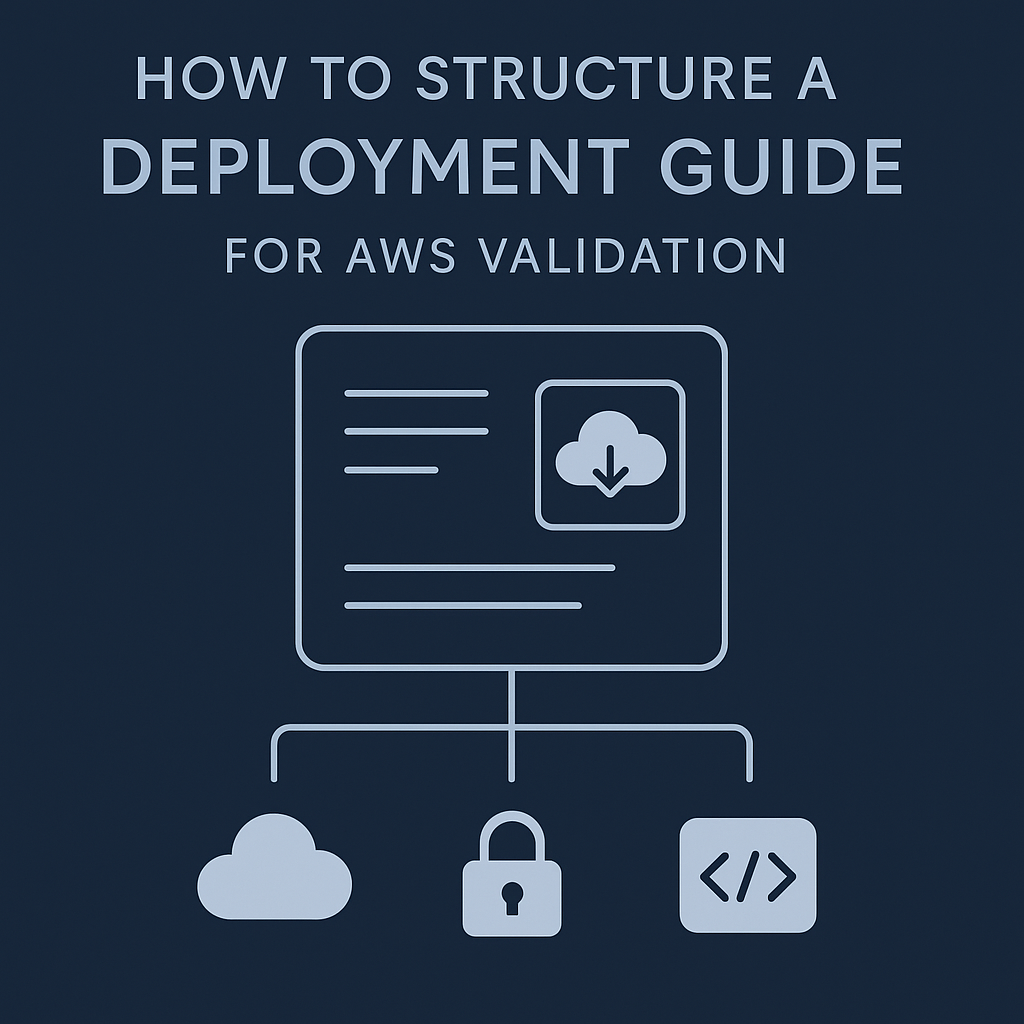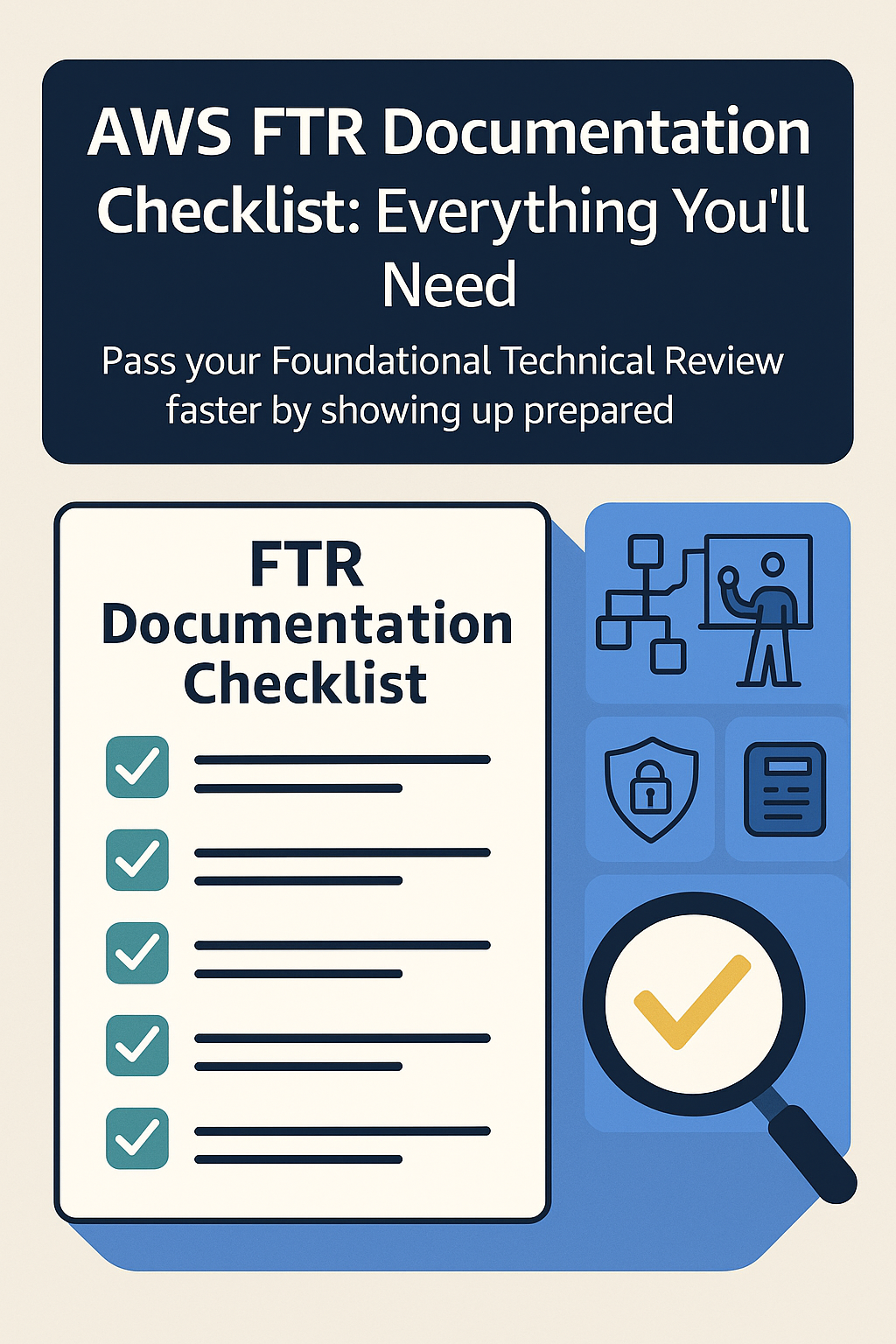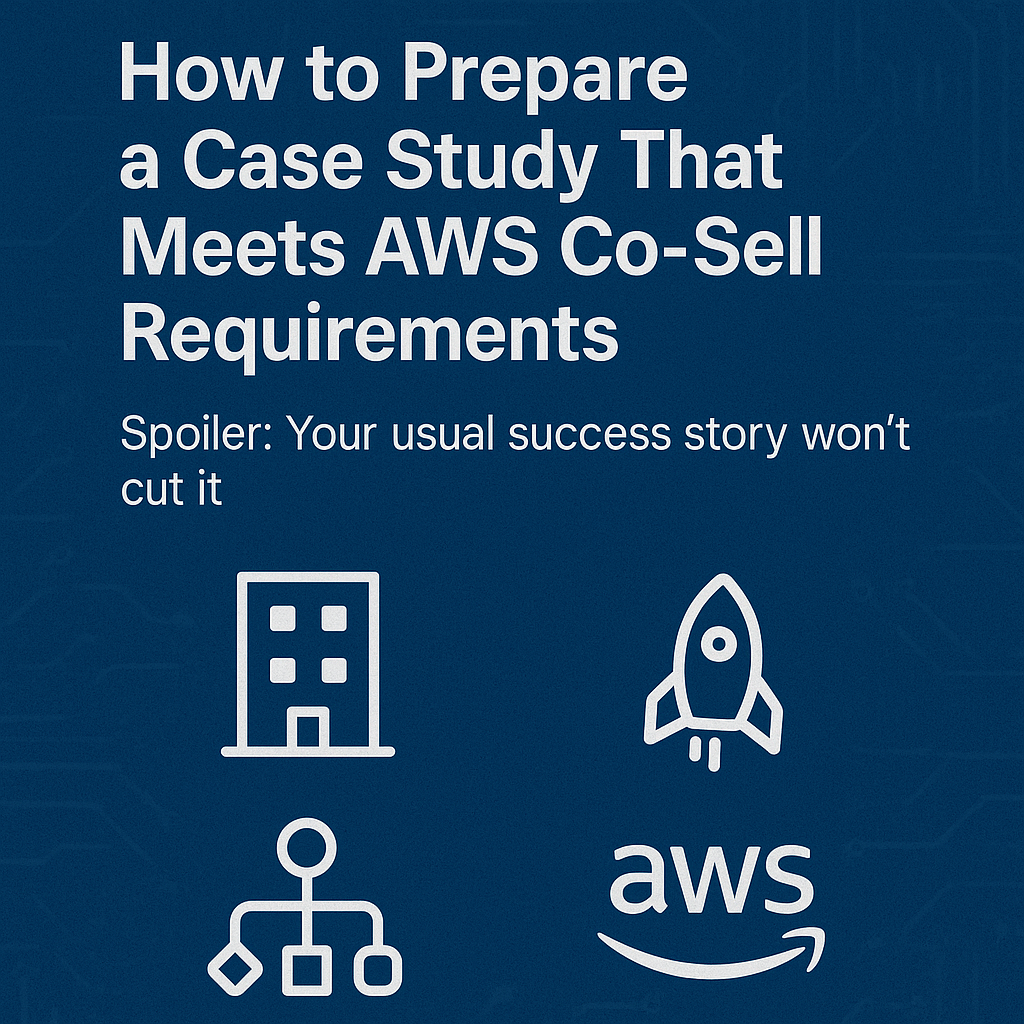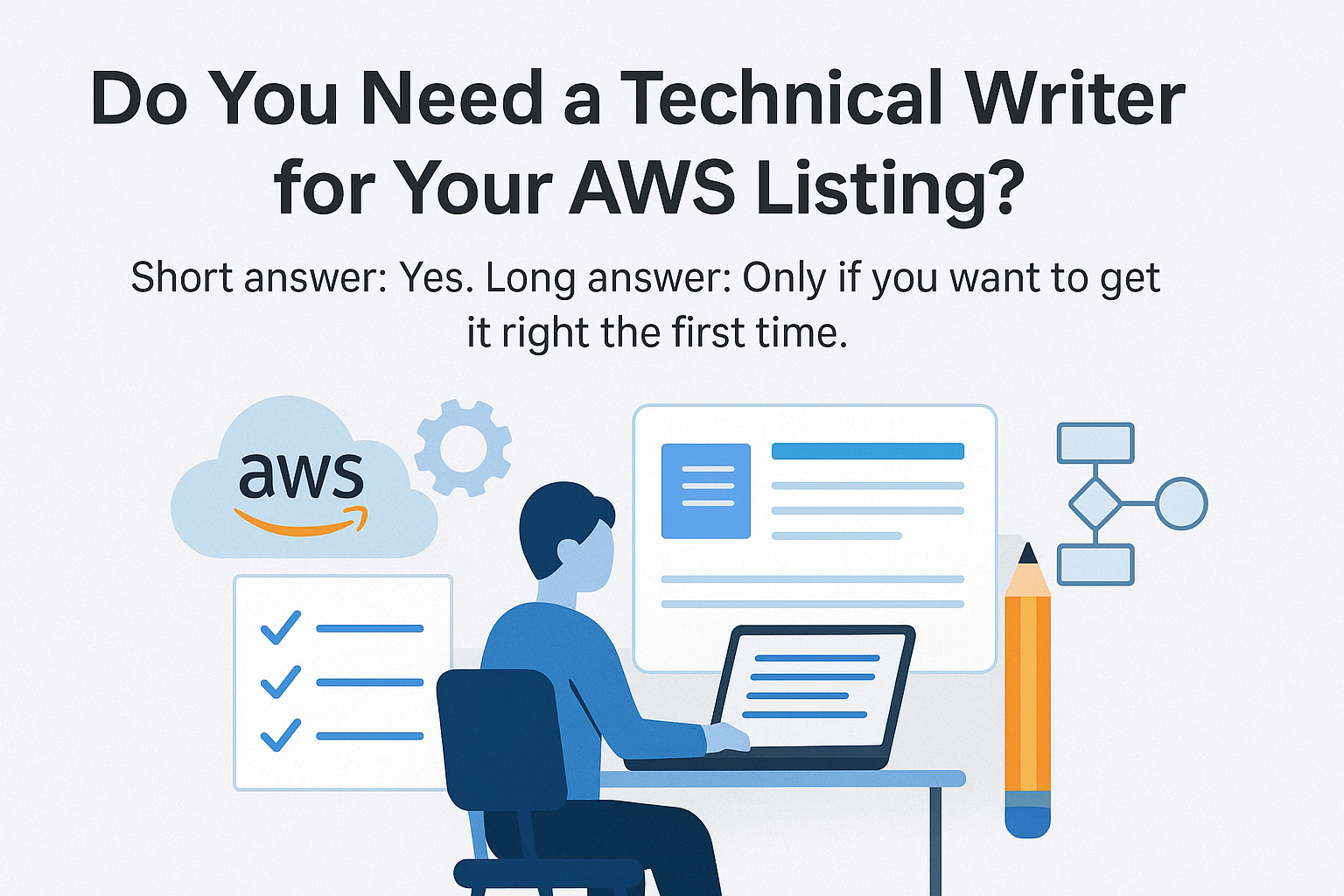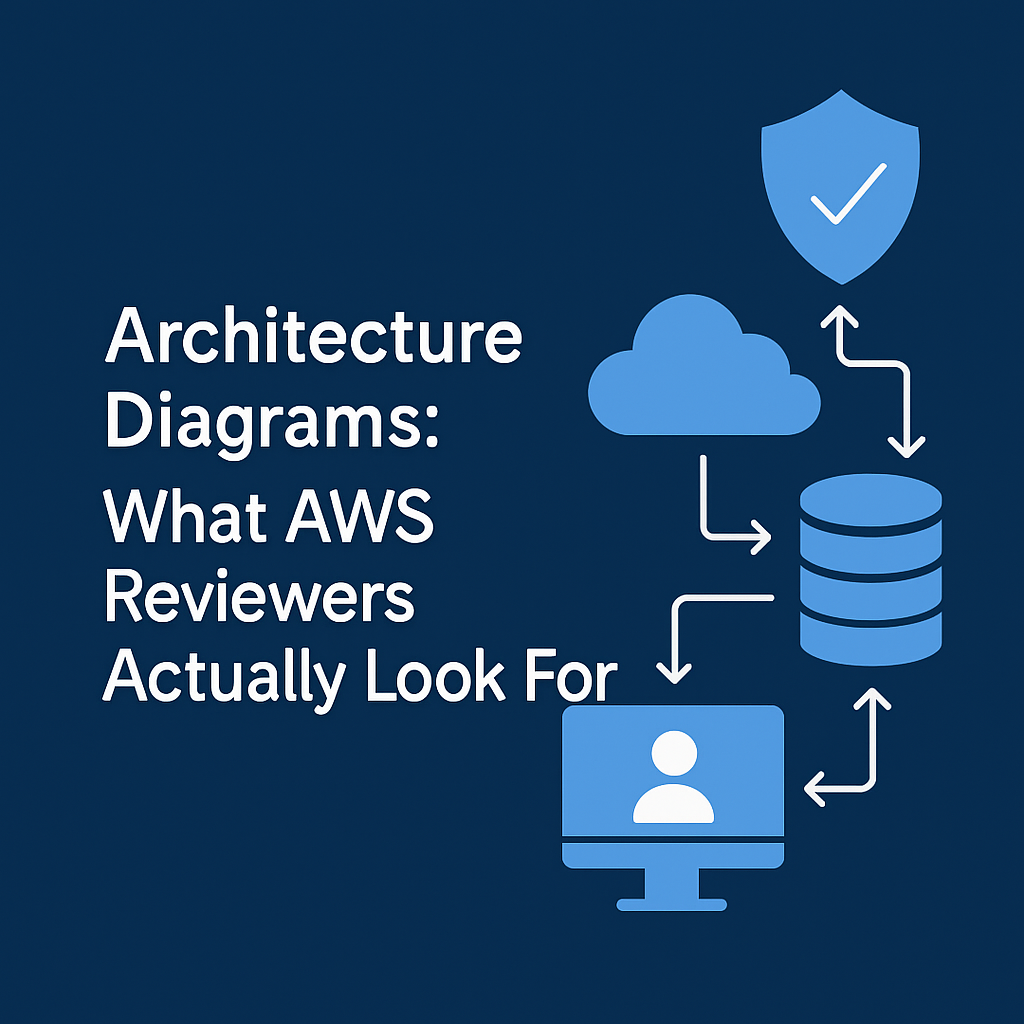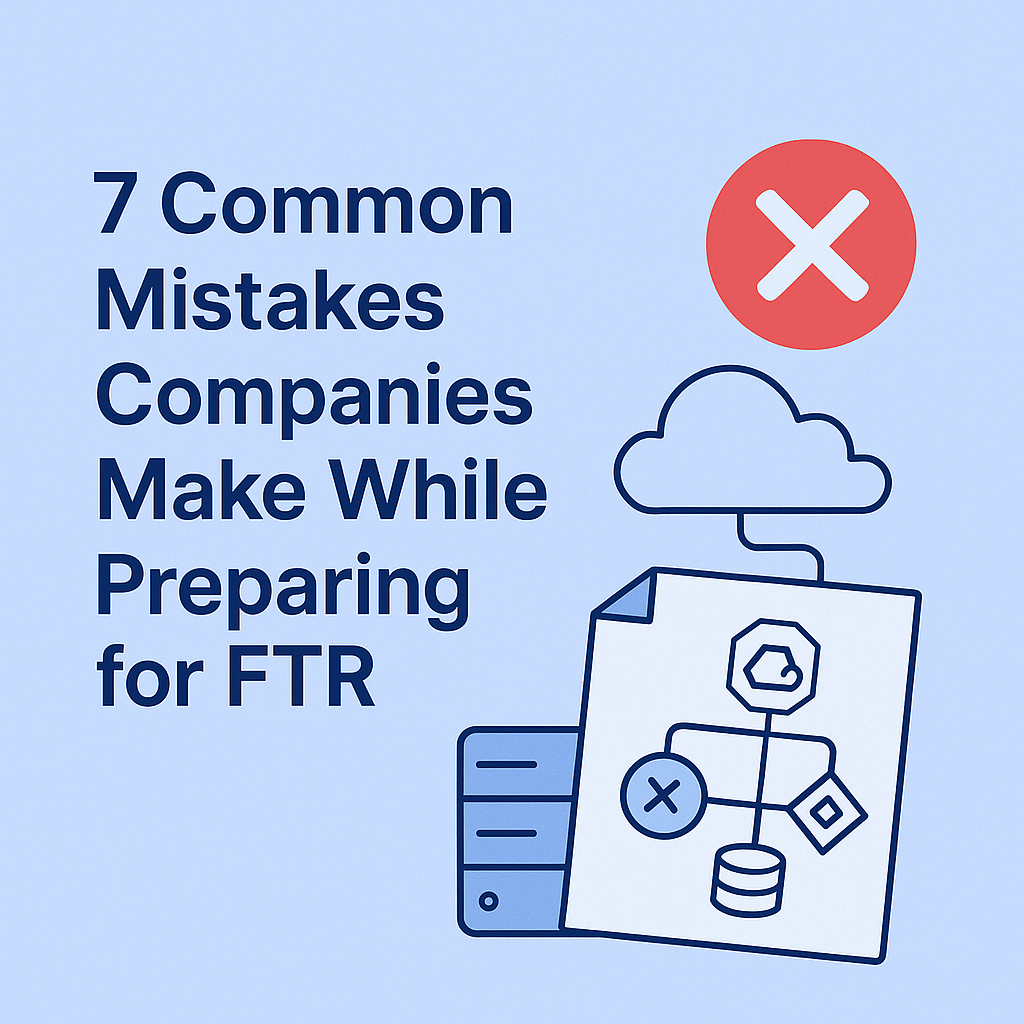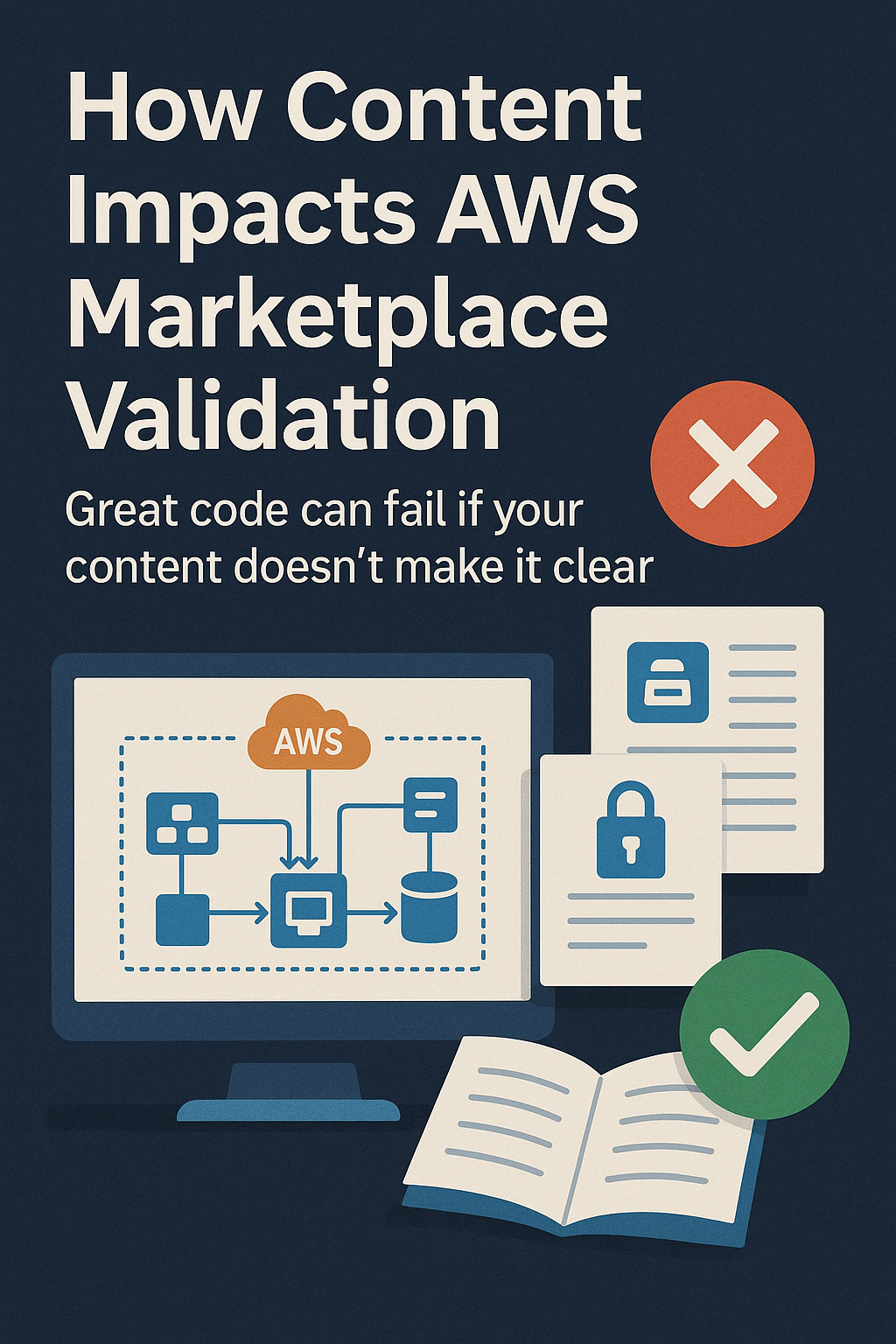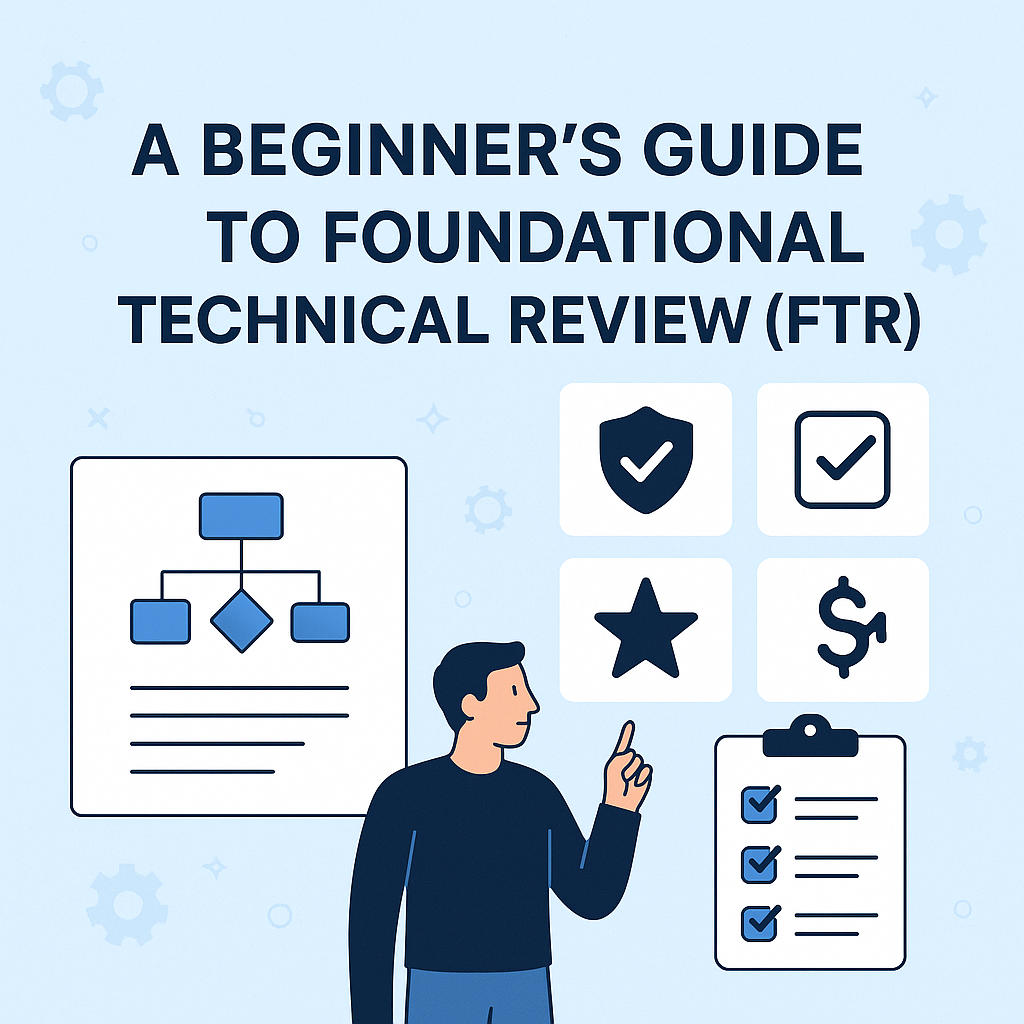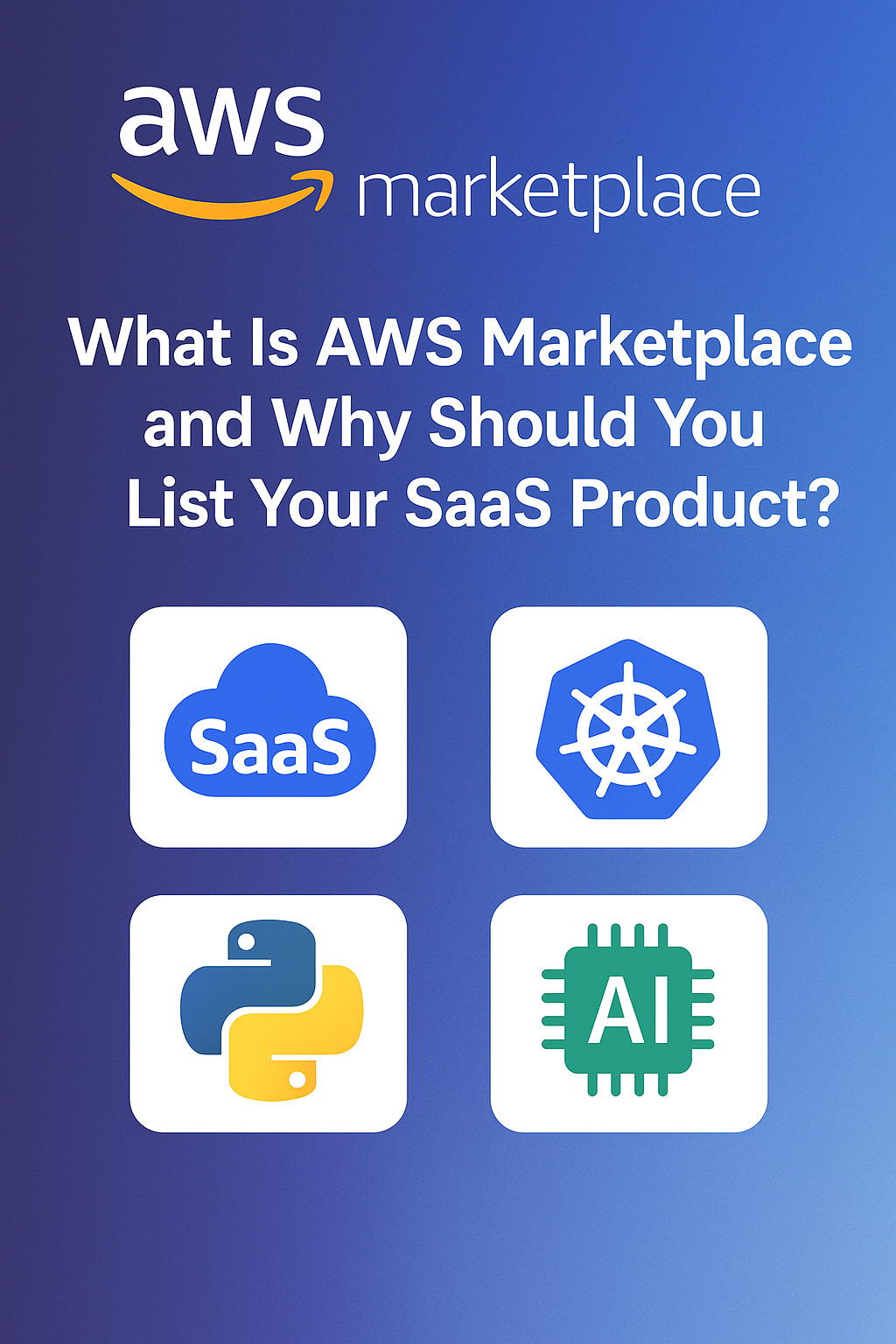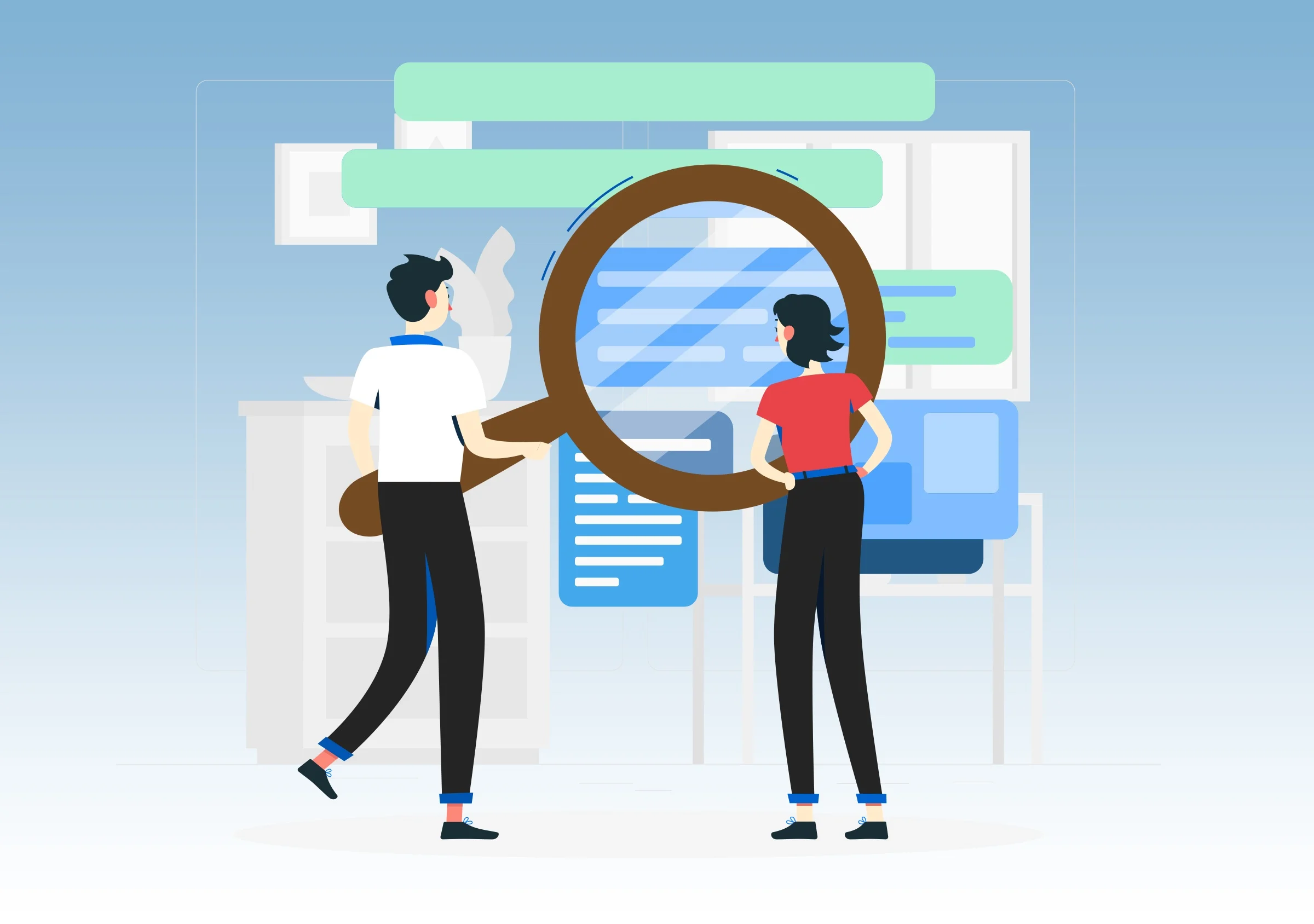Introduction
Automation isn’t new. Businesses have been scripting workflows and streamlining processes for decades.
But in 2025, AI-fueled automation has fundamentally changed the game.
This is no longer about “if-this-then-that.” It’s about if-this-then-predict-that, adjust-this, and learn-from-that, without writing thousands of lines of logic.
In this kickoff post, we define what AI-powered automation really means today, how it’s different from traditional automation, and what AWS brings to the table.
What Is “Automation with AI”?
- It’s the fusion of:
- Decision-making
- Prediction
- Classification
- Generation
- All embedded inside traditional workflows.
- AI brings context awareness and flexibility that old automation lacked.
Example:
Instead of “If ticket is open for 3 days → escalate,”
AI now asks:
“Does this sound like a VIP user’s complaint about a recurring issue? Should we escalate now?”
Traditional Automation vs. AI Automation
| Capability | Traditional Automation | AI-Powered Automation |
|---|---|---|
| Rules | Static | Dynamic, adaptive |
| Data Handling | Structured only | Unstructured, noisy, human |
| Decision Logic | Manually encoded | Learned from examples |
| Scalability | Task-based | Pattern-based |
| Use Cases | Invoices, ETL | Emails, voice, documents, decisions |
Examples of AI Automation in Action
- Invoice Processing → Textract + Bedrock summarizes and classifies invoices from 5 formats
- Email Routing → Classify by urgency, sentiment, sender intent using Claude or Titan
- DevOps Triage → Auto-summarize CloudWatch logs using Bedrock and trigger alarms
- Legal Review → Parse and summarize contract clauses for legal ops team
- Customer Support → Route and suggest response templates dynamically based on tone and complaint category
Core AWS Services for AI Automation
| Function | AWS Tool |
|---|---|
| OCR & Data Extraction | Amazon Textract, Comprehend |
| Logic & Workflow | Step Functions, Lambda, EventBridge |
| Decision-Making | Amazon Bedrock (Claude, Titan) |
| Data Search & RAG | OpenSearch, Kendra |
| Monitoring & Logs | CloudWatch, CloudTrail |
| Custom Models | SageMaker Pipelines |
Most AI automation systems are combinations, not single tools.
How to Begin
- Start with a repetitive, human task → HR routing, FAQs, task handoffs
- Classify the AI capability → Summarization, classification, generation, retrieval
- Prototype with Bedrock → Use your real data to test model responses
- Wrap it in logic → Use Lambda or Step Functions to trigger workflows
- Test with feedback loops → Tune prompt and logic using user data
Conclusion
Automation with AI isn’t just faster, it’s smarter, cheaper, and more human in how it works.
In 2025, automation isn’t about replacing people. It’s about removing friction from decision-making at scale.
And with AWS tools like Bedrock, Lambda, Textract, and Step Functions, you can start small and scale fast.
